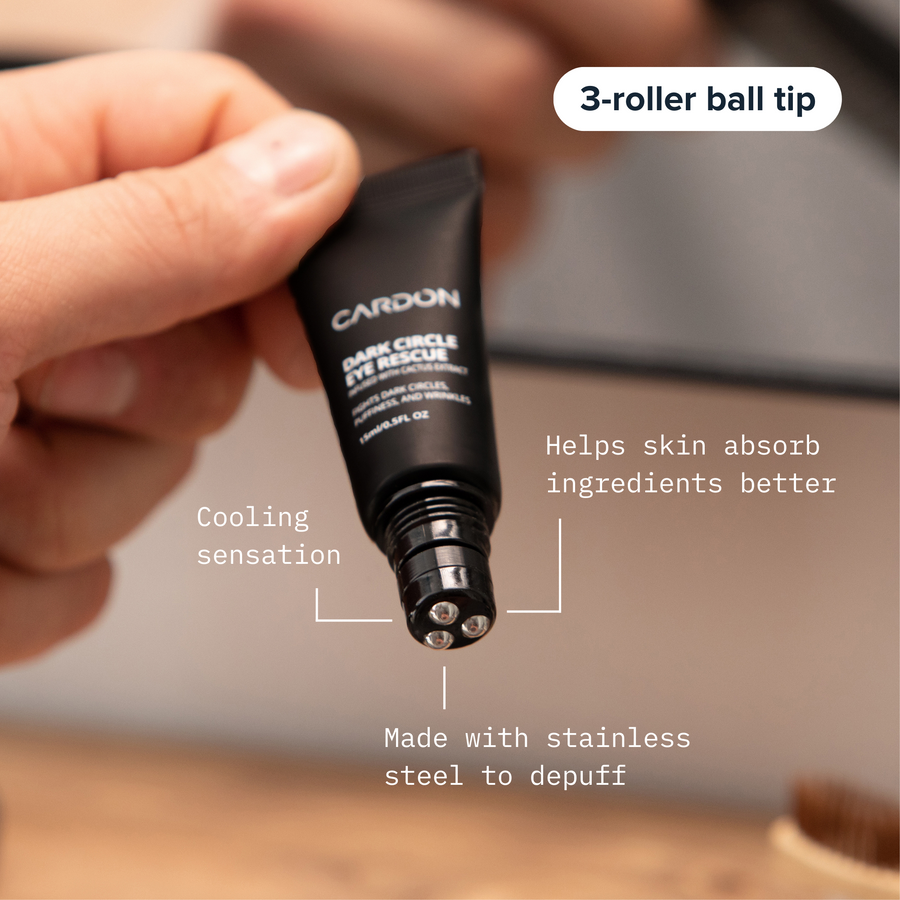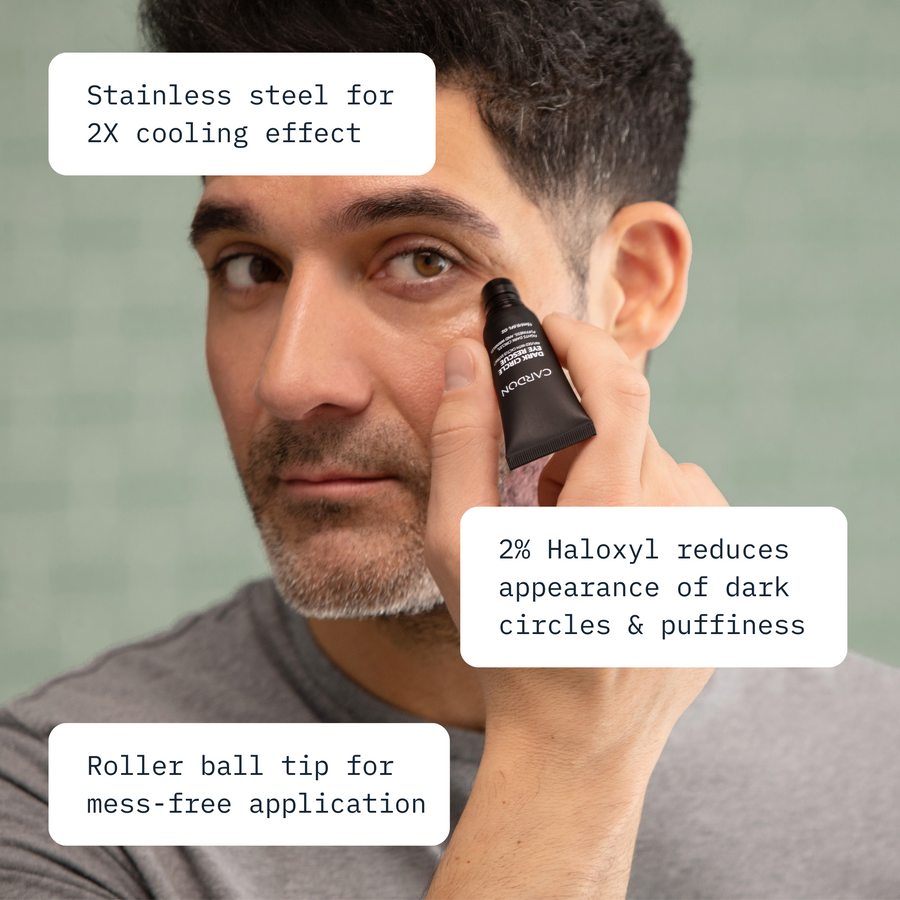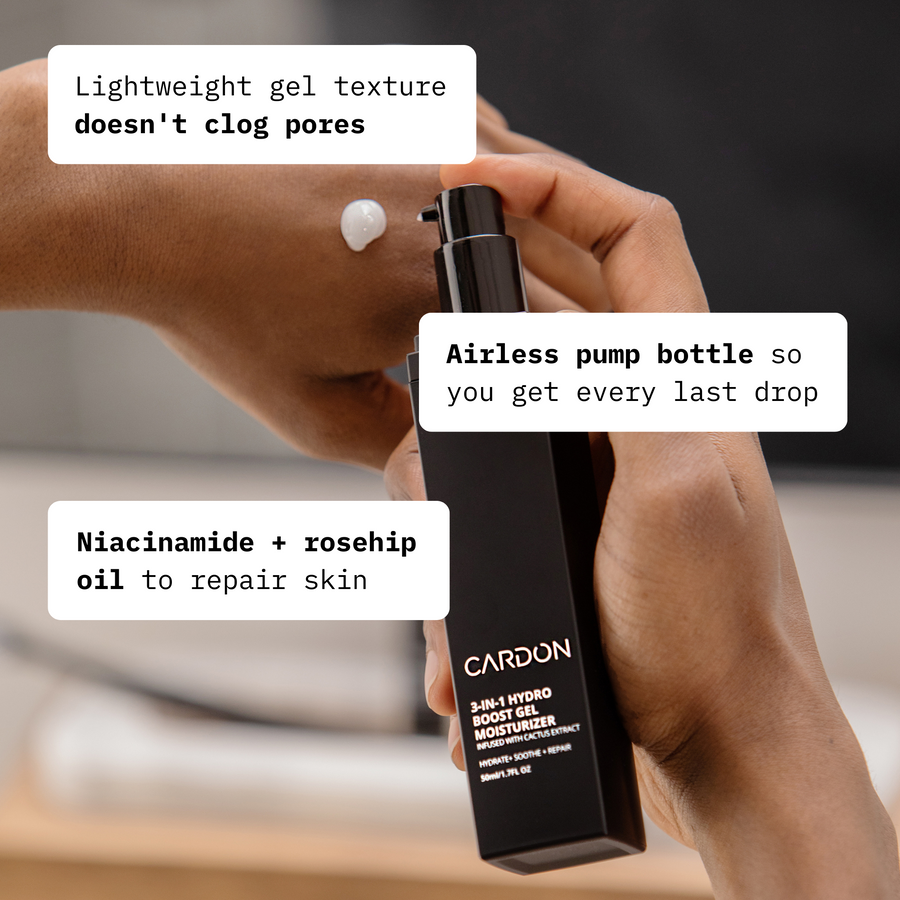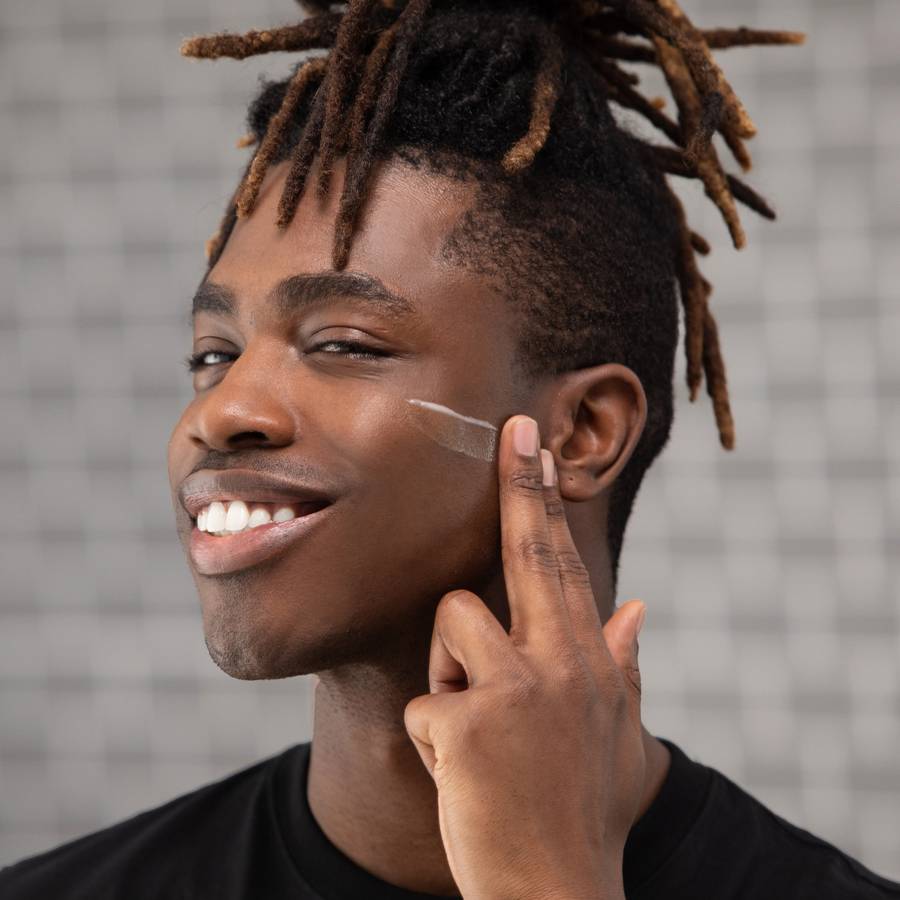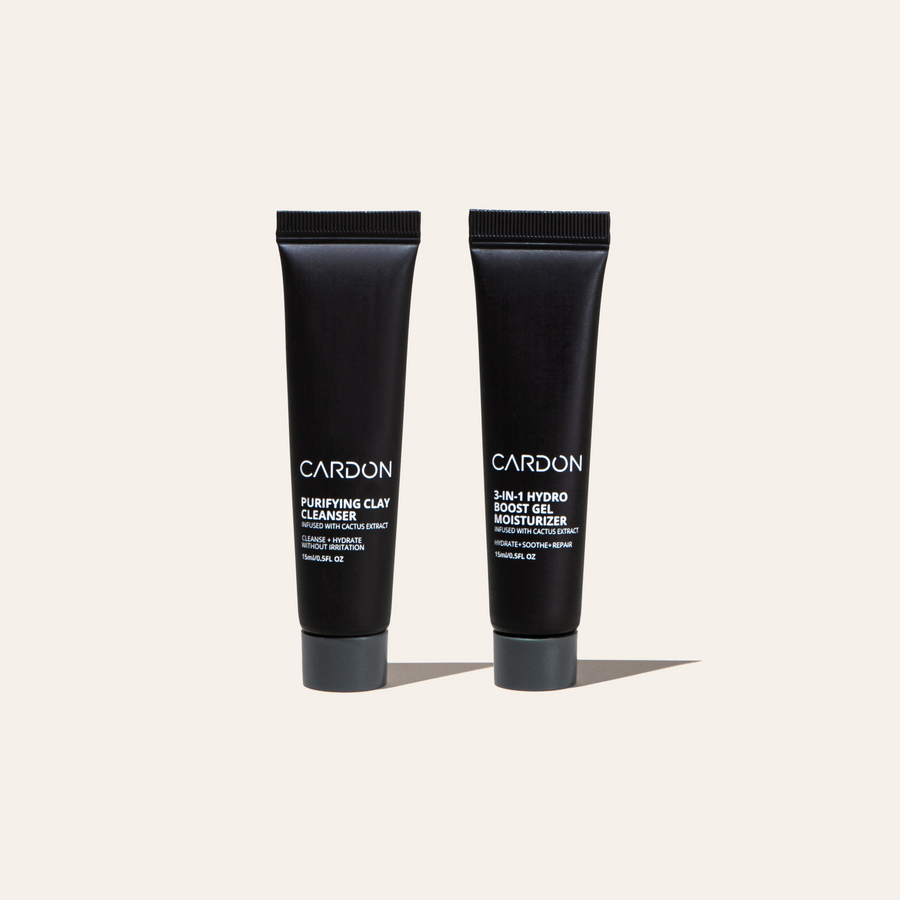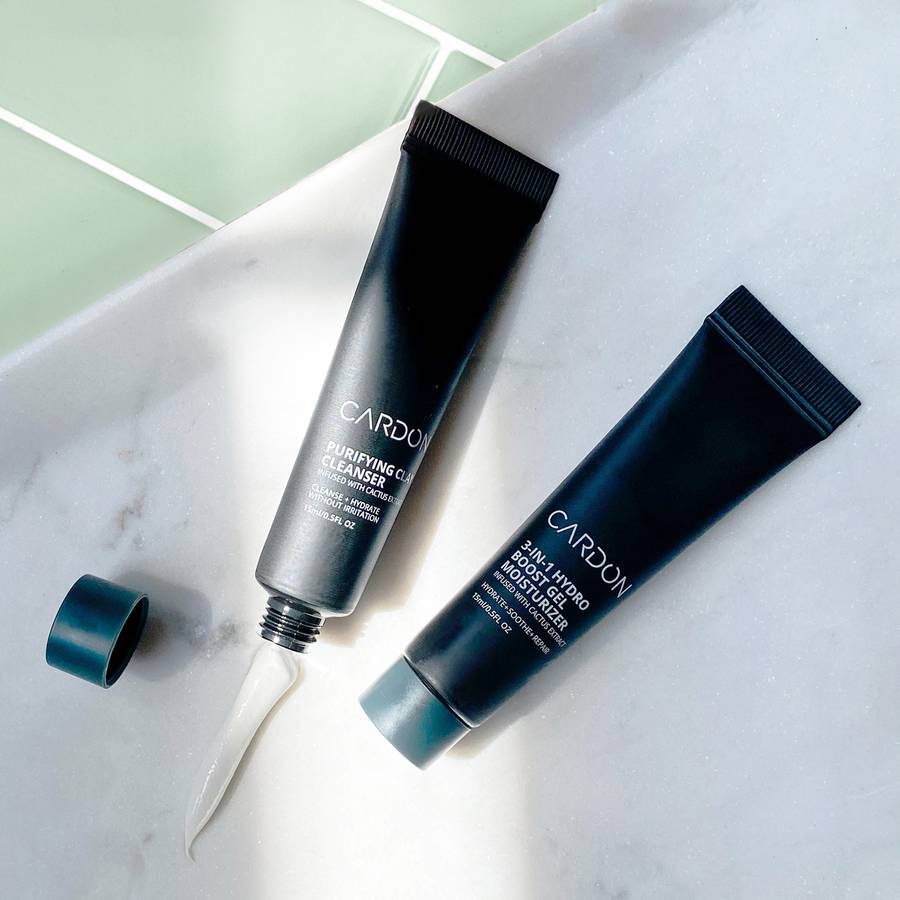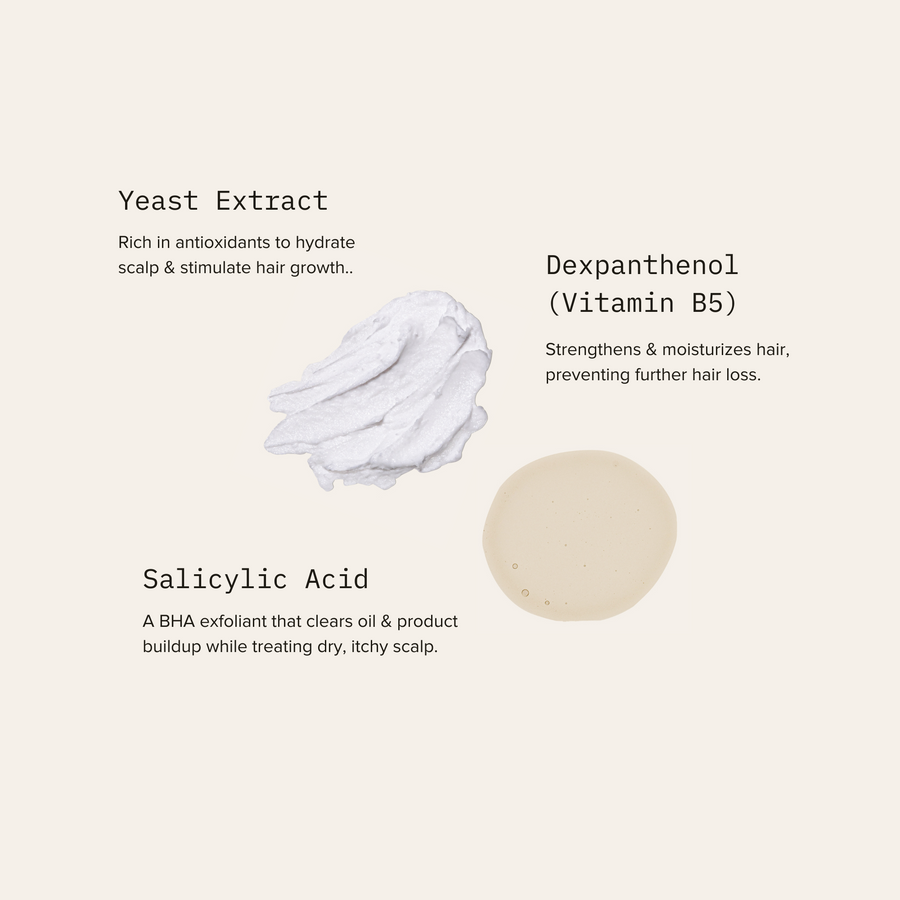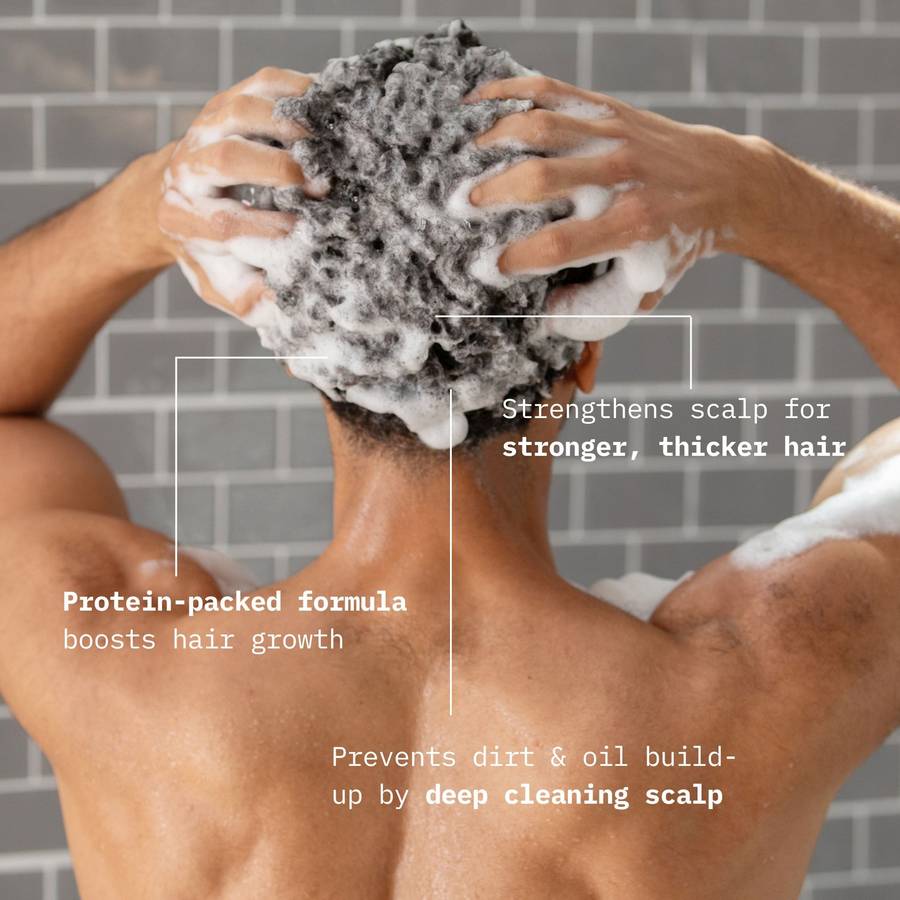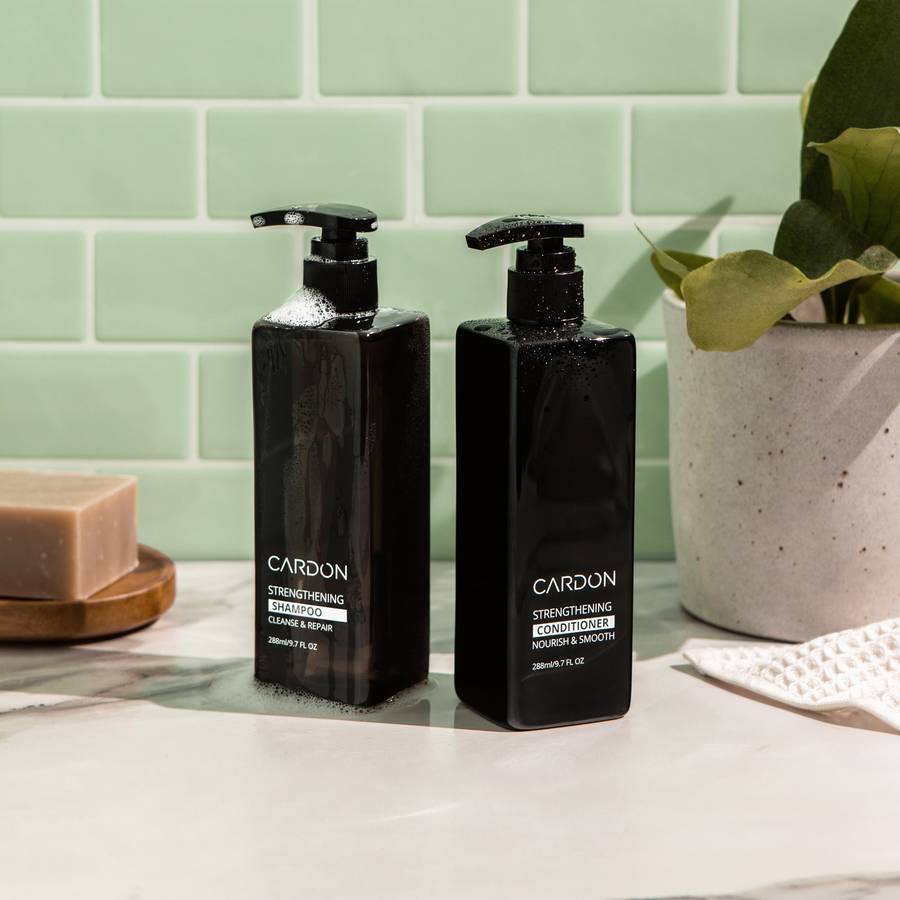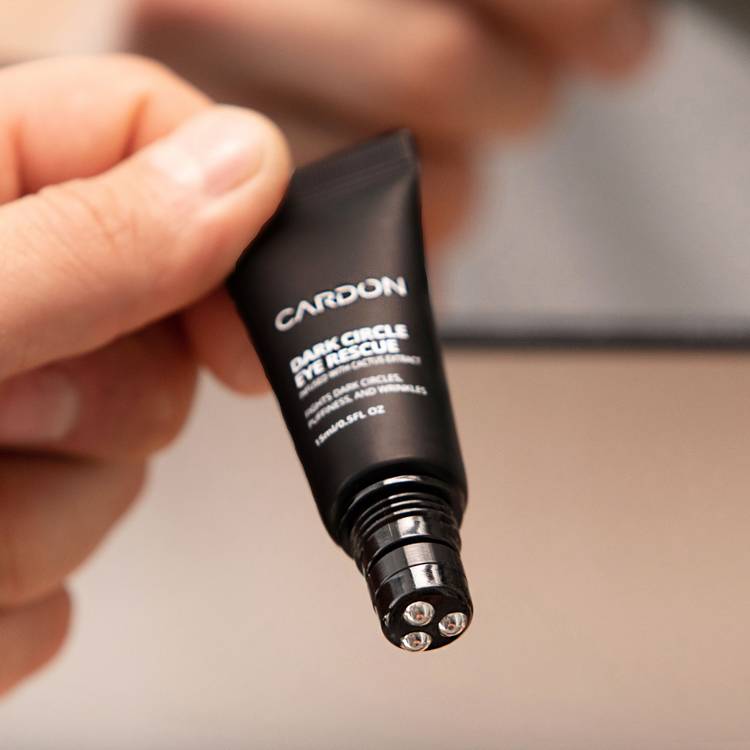Skincare Glossary

It’s hard enough to make sense of your skin’s own patterns and propensities. It’s another thing to make sense of all the different terms, products, and ingredients that you see on labels or in tutorials.
To help you better understand the tenets of skincare, here’s a primer on the most essential things we think every person should understand. By simply learning these core terms, you’ll put together a few more pieces to your own skin’s puzzle. And hopefully, in understanding a few things better, you’ll see drastic improvements from your regimen moving forward. (Maybe you’ve been using a product incorrectly, or have been sleeping on a game-changing ingredient. That ends today.)

SKINCARE INGREDIENTS
Acne: Blemishes formed when pores become clogged by trapped skin cells, sebum, bacteria, and other obstructions. Different severities exist, from whiteheads and blackheads, to cystic acne.
Anti-Aging: A term used to suggest that a regimen or product helps slow the visible signs of aging, also known as ‘photo aging’: wrinkles, fine lines, looser skin, etc.
Blackheads: An ‘open’ comedone, whose head breaches the surface of the skin and oxidizes into a dark color.
Broad Spectrum: A sunscreen that protects against both types of ultraviolet (UV) rays: UVA and UVB.
Combination Skin: When a person’s complexion is a combination of oily (often in the T-zone) and dry (often the cheeks).
Comedogenic: Refers to the propensity of a product to clog the pores and cause acne (comedones).
Cystic Acne: A deep-embedded form of acne, most common in oily skin types. Often a cystic pimple can be felt before seen—it is usually painful and should not be pressed nor popped. (This will make its evidence much worse, and slow healing.)
Dark Spots: Typically refers to sun spots or post-acne marks, which are difficult or slow to disappear from the surface of the skin.
Dark Circles: Caused by tiredness, dehydration, or aging, this refers to the area underneath the eyes, where the skin is thinner than anywhere else on the face. It is easy to see through the skin to the blood vessels on the other side.
Dry Skin: The condition of having routinely dry/non-oily skin. Seasonal or temporary dryness can occur in people who do not normally experience it.
Free Radicals: Atoms whose unpaired electron can disrupt DNA and increase the odds of skin cancer or accelerate photoaging. Best blocked with antioxidant-rich products.
Hyperpigmentation: Resultant of sun exposure, inflammation, or for medical reasons, this is when large patches of skin experience discoloration from a sudden increase in melanin.
K-Beauty / K-Grooming: Korean Beauty / Korean Grooming, referring to the global movement of ingredients- and regimen-focused skincare. The traditional K-Beauty regimen has 10 steps, though it can be modified (up or down) to each person’s needs.
Normal Skin: When one’s skin is neither excessively oily or dry (nor some combination of the two). This would be the most “balanced” skin type.
Oily Skin: The condition of having routinely oily skin and active sebum production. This also makes one more prone to acne.
pH: The measure of something’s acidity or basicity, on a scale of 0-14. Pure water is 7, and anything below it is acidic, anything above is basic/alkaline. (pH stands for ‘potential of hydrogen’.) In skincare, we measure a product’s pH level against that of skin, which is slightly acidic at 4.7-5.75. The aim is to keep skin in this pH range after applying products, so that it doesn’t become overly dry or irritated.
Photoaging: When the skin shows visible signs of aging. Can be accelerated by exposure to toxins and UV rays, as well as slowed by a proactive anti-aging regimen, paired with a healthy lifestyle and regular use of SPF.
Pores: The small surface holes on skin that excrete sweat and oil. People with oily skin tend to have enlarged pores. When pores get blocked or clogged by dead skin cells, sebum, bacteria, and the likes, it leads to acne.
Razor Bumps: The painful, unsightly irritation experienced after shaving, when the hairs become trapped beneath the skin.
Sebum: The “oil” excreted by the skin, which naturally nourishes and conditions skin and hair. An excess of sebum production can make one look and feel greasy, or can clog pores. However, sebum production in general is important for general skin wellness.
T-Zone: The “T” shape that consists of the forehead and nose (and some people include the chin, too). The T-Zone is often referenced when discussing oil patterns or acne accumulation on the skin, since it tends to be oilier than other parts of the face.
UVA Rays: The ultraviolet rays that penetrate deep into the skin and accelerate photoaging.
UVB Rays: The ultraviolet rays that cause sunburns and can increase the chance of melanoma/skin cancer.
Whiteheads: A ‘closed’ or trapped comedon that is beneath the skin, but whose head turns white due to the pressure of trapped debris.
SKIN TERMS/CONCERNS
Acmella Oleracea: An herbal extract that helps relax facial muscles and reduces the appearance of wrinkles and fine lines.
Alpha Hydroxy Acids: AHAs, such as glycolic/lactic/citric acid, which help dissolve dead surface cells and promote brighter, smoother, and more even complexion.
Amino Acids: The “building blocks” of proteins that help the skin produce collagen, elastic, keratin, and more—and in turn, which keep skin firm and supple.
Antioxidants: Fighters of skin-aging free radicals, toxins, and UV rays. An antioxidant-rich skincare regimen blocks these things from the surface of the skin.
Argan Oil: An ultra-nourishing, non-comedogenic oil that is commonly found in skin and hair products. Rich in Vitamin E.
Barley Extract: An antioxidant-rich ingredient that also improves hydration and suppleness.
Beta Hydroxy Acid: BHAs, typically salicylic acid, which helps dissolve dead skin cells and sebum trapped within the pores. Can help treat and mitigate acne.
Cactus Extract: A soothing, hydrating, and firming ingredient. Cactus extract is also rich in linoleic acid, which helps control sebum levels in the skin.
Ceramides: Ceramides fortify the skin’s barrier functions, by trapping moisture inside the skin and forming a defense from pollution, toxins, and the likes.
Charcoal: Known for its purifying, detoxifying powers, charcoal is found in both cleansing and moisturizing products.
Cica: Also known as Tiger Grass, cica is extremely soothing, and can calm minor inflammation or more severe cases, like eczema or psoriasis.
Clay: Has the most absorbent powers of any cleansing ingredient. Commonly found in face masks or cleansers, to help extract excess sebum, grime, and impurities from the pores.
Collagen: The protein base of our skin and bodies. Collagen contributes to skin’s firmness and suppleness. As we age, the body produces less collagen, which leads to looser skin.
Emollient: Topical products that form a layer over top the skin, like moisturizers and oils. These products should be applied last in a skincare regimen (since other products won’t likely penetrate them). They can help preserve moisture levels in the skin.
Glycerin: A common humectant ingredient in skincare, that helps pull moisture into the skin.
Haloxyl: A proprietary peptide-powered complex that helps minimize the appearance of dark circles under the eyes.
Heartleaf (Houttuynia Cordata): Antimicrobial and anti-inflammatory, heartleaf is a soothing addition to any skincare regimen, and is especially beneficial for sensitive skin.
Humectant: Humectants are those products applied to the skin that draw water from the air around them (like glycerin and hyaluronic acid). They are better for people with dry skin who need added moisture, but should be avoided in dry months, since humectants can compensate for the lack of moisture in the air by pulling hydration from deeper within the skin.
Hyaluronic Acid: A humectant ingredient that is able to pull moisture from the air and hold up to 1,000x its own weight in water.
Jojoba Oil: A non-comedogenic, ultra-moisturizing ingredient, suitable for all skin types.
Kaolin: A common type of clay used in deep-cleansing, purifying masks and cleansers.
Niacinamide: A super smoother, niacinamide helps improve skin’s surface texture and appearance; it can reduce the appearance of pores, as well as hyperpigmentation, dark spots, rough patches, dullness, fine lines, and more.
Oat Extract: A soothing and nourishing ingredient, particularly beneficial for dry skin.
Peptides: Amino acids that form the building blocks of proteins in the skin (which help in the production of collagen, elastin, and keratin).
Polyhydroxy Acid: PHAs (like lactobionic acid, gluconolactone, galactose), help dissolve dead surface cells, but they don’t penetrate as far as AHAs. They are gentler overall, since sometimes AHAs can make skin more sensitive to things like sunlight.
Prickly Pear Cactus: Anti-inflammatory and soothing, prickly pear cactus helps calm and nourish skin of all types.
Retinoids/Retinol: Vitamin A derivatives that are proven to reverse and significant;y slow signs of photoaging. Can be found OTC in smaller doses, or prescribed in higher concentrations (typically as tretinoin).
Rosehip Oil: Super nourishing and firming for the skin. Rich in fatty acids and skin-toning linoleic acid.
Salicylic Acid: The most common type of beta hydroxy acid (BHA), which helps unclog pores and prevent acne.
SPF: “Sun Protection Factor”; SPF refers to a product’s ability to block skin from the sun’s UV rays. A product’s SPF number refers to how much longer you can be in the sun without burning. (SPF 15 is 15 times longer, for example.). However, SPF should always be reapplied every two hours in the sun, and after swimming or sweating.
Vitamin A: Helps mitigate acne and improve surface texture, while slowing and reversing signs of photoaging.
Vitamin B: B3 (Niacinamide) improves surface texture and appearance. B12 helps increase cellular metabolism and expedites turnover (to disappear dark spots and improve healing), while also helping to firm skin.
Vitamin C: A super antioxidant that prevents signs of aging and helps brighten skin’s appearance.
Vitamin D: You can synthesize Vitamin D with some (healthy) sun exposure. It is anti-inflammatory and can bounce free radicals. (Just be sure to wear SPF to prevent UV damage to the skin.)
Vitamin E: Helps strengthen skin’s barrier functions, and also a terrific antioxidant.
Vitamin K: Helps boost collagen production in the skin, which can also expedite wound healing.
KEY PRODUCTS
Cleanser: Flushes away dirt, grime, oil, and other buildup from the surface of the skin. Use twice daily (morning and night) as the first step in your skincare regimen.
Cleansing/Detox Mask: Can be used once weekly to extract excess sebum and grime from deep within the pores.
Concealer: Dense, skin-toned product that helps mask small blemishes like acne, dark circles, and inflammation.
Essence: Lightweight sprays that can treat or nourish the skin (depending on the formula). Usually applied after cleanser, before serums and moisturizers.
Exfoliator: A physical scrub or chemical substance that helps shed dead surface skin cells, to prevent clogged pores and dullness.
Eye Cream: A targeted cream (or serum) for the area around the eyes, which is particularly susceptible to photoaging, puffiness, and dark circles. Eye creams are often loaded with skin-firming peptides or circulation-boosting caffeine.
Hydrating/Deep Nourishing Mask: A leave-on or overnight mask that deeply nourishes the skin. Can be used every few days or once a week as a supplement to an existing hydrating regimen. (Best worn overnight.)
Moisturizer: A core skincare step, moisturizer nourishes the skin while also preventing moisture loss—by shielding skin with its emollient powers. Daytime moisturizers often include SPF, too.
Night Cream: A bedtime moisturizer that is typically more concentrated with ingredients (as opposed to daytime moisturizers), and which lacks SPF. Night creams sync with the body’s overnight cellular regeneration to expedite healing and magnify ingredient benefits.
Serum: A lightweight product applied after cleansers and essences, but before moisturizers. Serums can either deeply nourish (like with hyaluronic acid), exfoliate (like with glycolic acid or other AHAs), or treat/prevent conditions (like treat acne/breakout-prone skin with ingredients like salicylic acid).
Sheet Masks: Typically hydrating, sheet masks are usually loaded with high-concentration serums to deeply condition or treat the skin.
Spot Treatment: A formula that targets a specific blemish with neutralizing ingredients (be it a dark spot or breakout), since applying the treatment to the rest of the face could be aggressive or unnecessary.
Toner: Can help balance skin’s pH levels between cleanser or treatment and hydrating/moisturizing steps. Toners can also tone oil levels and help soothe skin after a shave. Avoid toners with alcohol.
How to Get Niacinamide
Your body can naturally produce niacinamide, especially if it receives an excess of vitamin B3 / niacin. However, if you’re planning on taking a supplementary approach, that’s something you should discuss with your dermatologist. We’d recommend choosing at least one hydrating product with niacinamide in order to gain all of the above skincare benefits. Use it consistently, and you could see results in as soon as one month (and the benefits will stay for as long as you use it). But, it’s also recommended that you talk to your board-certified dermatologist about niacinamide’s role in your skincare routine, and don’t mistake it as a panacea for clearing acne or reversing photoaging on your skin. Instead, it’s an active and helpful ingredient that can benefit you with long term and continued use, similar to all other good skincare ingredients. Consider it an imperative ingredient, among many.
This is why Cardon chose to include at least 2% niacinamide formula in three products: Hydro Boost Gel Moisturizer, Cactus Soothing Face Mask, and Dark Circle Eye Rescue.
Shop the collection

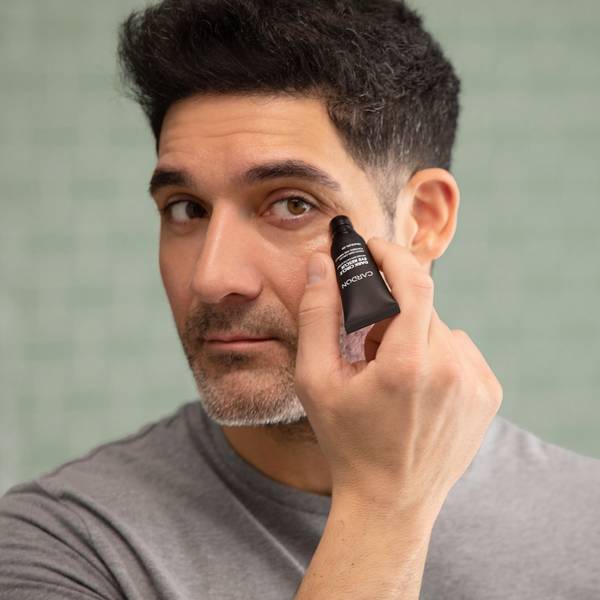
seller
Anti-Aging Skincare Set
good for:
Life comes at you fast. That’s why we developed our Anti-Aging Skincare Set full of just what you need to tackle fine lines, rough texture, and other signs of aging in the skin.
From protecting skin all day long to boosting its ability to repair and rebuild overnight, your past, present, and future selves will thank you.
Includes Steps:
- 01 Dark Circle Eye Rescue
- 02 Purifying Clay Cleanser
- 03 Daily SPF + Moisturizer
- 04 Hydro Boost Gel Moisturizer
Get 30% OFF your first set subscription $98 $68.60 with code ‘FIRSTSET’
Anti-Aging Skincare Set
good for:
Life comes at you fast. That’s why we developed our Anti-Aging Skincare Set full of just what you need to tackle fine lines, rough texture, and other signs of aging in the skin.
From protecting skin all day long to boosting its ability to repair and rebuild overnight, your past, present, and future selves will thank you.
Includes Steps:
- 01 Dark Circle Eye Rescue
- 02 Purifying Clay Cleanser
- 03 Daily SPF + Moisturizer
- 04 Hydro Boost Gel Moisturizer
Get 30% OFF your first set subscription $98 $68.60 with code ‘FIRSTSET’
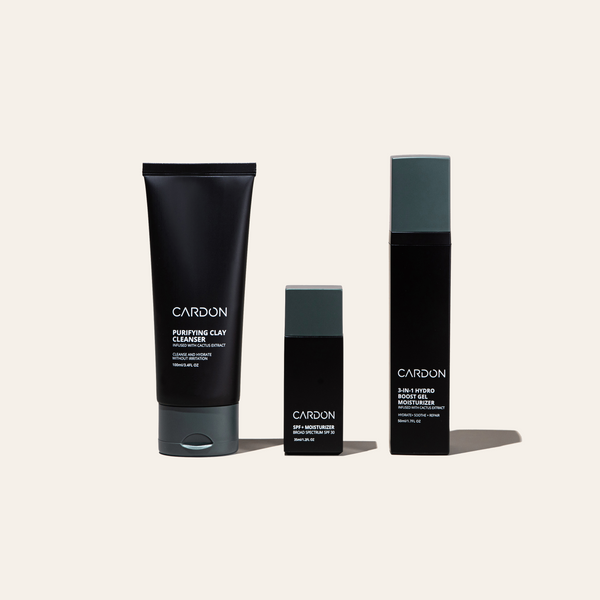
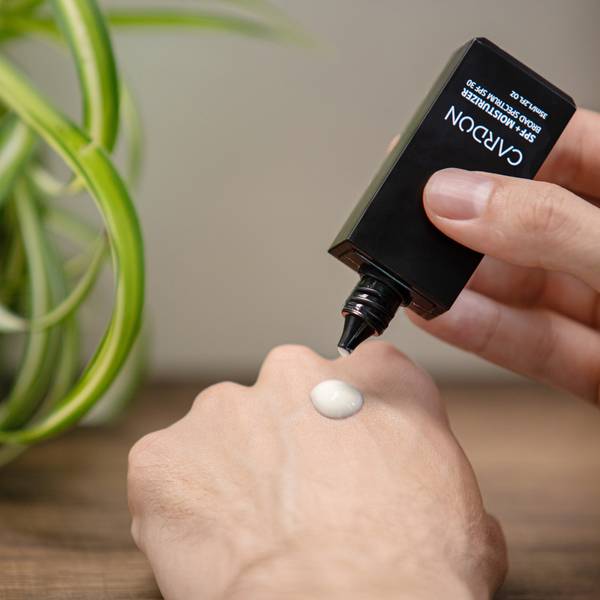
Beginners
Essentials Skincare Set
good for:
Everything you need, nothing you don’t—the Essentials Set is your skincare starter pack. Just cleanse, moisturize, and protect. We took the guesswork out of developing a skincare routine. This is all you need for everyday skin health.
Includes Steps:
- 01 Purifying Clay Cleanser
- 02 Daily SPF + Moisturizer
- 03 Hydro Boost Gel Moisturizer
Get 30% OFF your first set subscription $71 $49.70 with code ‘FIRSTSET’
Essentials Skincare Set
good for:
Everything you need, nothing you don’t—the Essentials Set is your skincare starter pack. Just cleanse, moisturize, and protect. We took the guesswork out of developing a skincare routine. This is all you need for everyday skin health.
Includes Steps:
- 01 Purifying Clay Cleanser
- 02 Daily SPF + Moisturizer
- 03 Hydro Boost Gel Moisturizer
Get 30% OFF your first set subscription $71 $49.70 with code ‘FIRSTSET’

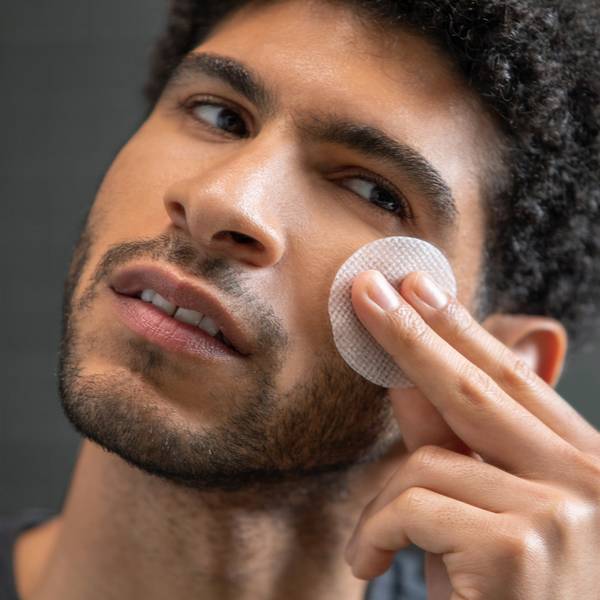
Breakouts
Oily Skin Set
good for:
Oily and acne-prone skin, you’ve met your match. Our Oily Skin Set was built with your unique skin types in mind, with a protocol focused on balancing oil levels and keeping pores clear in just a few simple steps.
Includes Steps:
- 01 Purifying Clay Cleanser
- 02 Exfoliating Facial Toner Wipes
- 03 Hydro Boost Gel Moisturizer
Get 30% OFF your first set subscription $74 $51.80 with code ‘FIRSTSET’
Oily Skin Set
good for:
Oily and acne-prone skin, you’ve met your match. Our Oily Skin Set was built with your unique skin types in mind, with a protocol focused on balancing oil levels and keeping pores clear in just a few simple steps.
Includes Steps:
- 01 Purifying Clay Cleanser
- 02 Exfoliating Facial Toner Wipes
- 03 Hydro Boost Gel Moisturizer
Get 30% OFF your first set subscription $74 $51.80 with code ‘FIRSTSET’
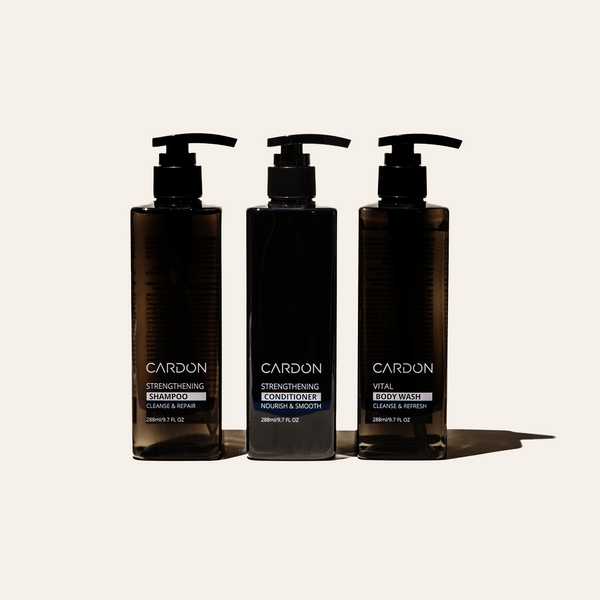
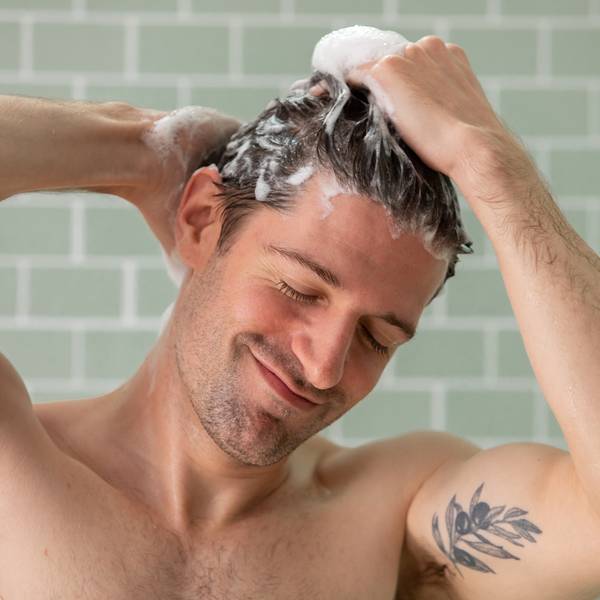
Hair + Body Shower Set
good for:
The Hair + Body Shower Set has everything you need for an invigorating showertime routine, going beyond cleansing to strengthen, repair, and soothe your hair and skin. You—and your houseguests—will thank you for ditching the 3-in-1 for this trio.
*Vital Body Wash – winner of the 2022 GQ Grooming Awards
Includes Steps:
- 01 Hair Thickening + Strengthening Shampoo
- 02 Hair Thickening + Strengthening Conditioner
- 03 Vital Body Wash
Get 30% OFF your first set subscription $51 $35.70 with code ‘FIRSTSET’
Hair + Body Shower Set
good for:
The Hair + Body Shower Set has everything you need for an invigorating showertime routine, going beyond cleansing to strengthen, repair, and soothe your hair and skin. You—and your houseguests—will thank you for ditching the 3-in-1 for this trio.
*Vital Body Wash – winner of the 2022 GQ Grooming Awards
Includes Steps:
- 01 Hair Thickening + Strengthening Shampoo
- 02 Hair Thickening + Strengthening Conditioner
- 03 Vital Body Wash
Get 30% OFF your first set subscription $51 $35.70 with code ‘FIRSTSET’

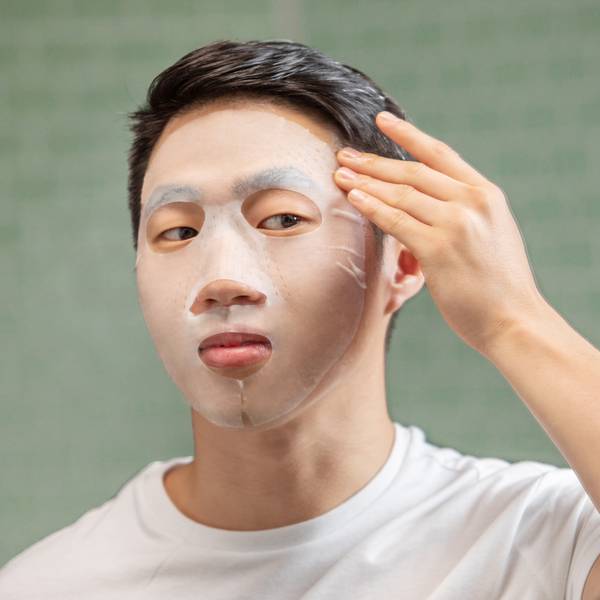
Dry Skin Set
good for:
Skin feeling a bit thirsty? The Dry Skin Set was crafted specifically for those with a dry skin type.
If you deal with flakiness, dull complexion, visible fine lines, red patches, or any combination of the above, this set was made for you. This is all you need to hydrate your skin—and keep it hydrated.
Includes Steps:
- 01 Purifying Clay Cleanser
- 02 Dark Circle Eye Rescue
- 03 Daily SPF + Moisturizer
- 04 Hydro Boost Gel Moisturizer
- 05 Cactus Soothing Face Mask
Get 30% OFF your first set subscription $122 $85.40 with code ‘FIRSTSET’
Dry Skin Set
good for:
Skin feeling a bit thirsty? The Dry Skin Set was crafted specifically for those with a dry skin type.
If you deal with flakiness, dull complexion, visible fine lines, red patches, or any combination of the above, this set was made for you. This is all you need to hydrate your skin—and keep it hydrated.
Includes Steps:
- 01 Purifying Clay Cleanser
- 02 Dark Circle Eye Rescue
- 03 Daily SPF + Moisturizer
- 04 Hydro Boost Gel Moisturizer
- 05 Cactus Soothing Face Mask
Get 30% OFF your first set subscription $122 $85.40 with code ‘FIRSTSET’
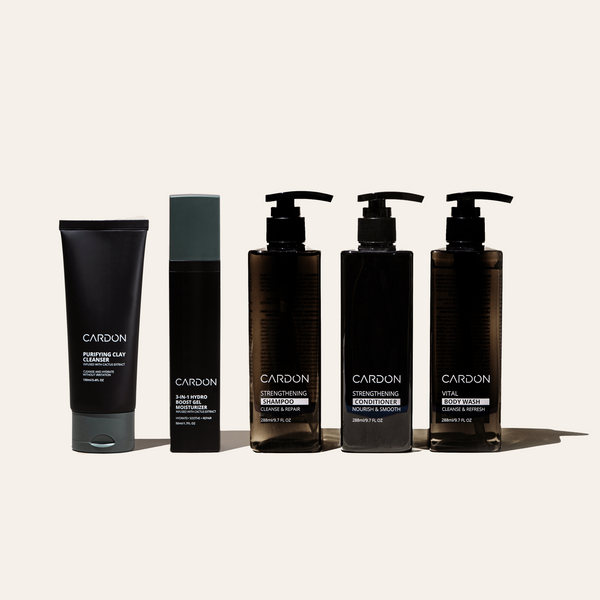
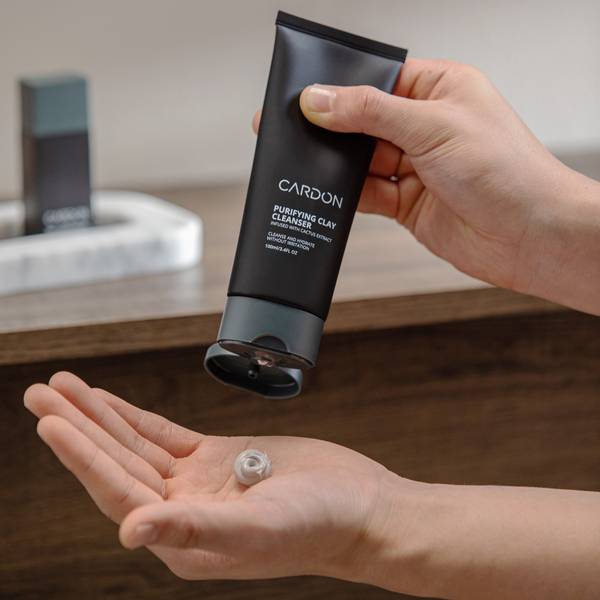
NEW
NEW
+ Hair
+ Body
Head-to-Toe Set
good for:
We've got you covered head to toe, literally. This set comes with a complete skin and hair care routine.
Includes our invigorating shampoo and conditioner to prevent hair loss, refreshing body wash to treat body acne, clay-infused face wash to deeply cleanse the face from debris, and lightweight gel moisturizer to soothe, rehydrate and repair skin while you sleep.
It's about time you treated the rest of your body as good as you treat your face.
Includes Steps:
- 01 Purifying Clay Cleanser
- 02 Hydro Boost Gel Moisturizer
- 03 Hair Thickening + Strengthening Shampoo
- 04 Hair Thickening + Strengthening Conditioner
- 05 Vital Body Wash
Get 30% OFF your first set subscription $100 $85 with code ‘FIRSTSET’
Head-to-Toe Set
good for:
We've got you covered head to toe, literally. This set comes with a complete skin and hair care routine.
Includes our invigorating shampoo and conditioner to prevent hair loss, refreshing body wash to treat body acne, clay-infused face wash to deeply cleanse the face from debris, and lightweight gel moisturizer to soothe, rehydrate and repair skin while you sleep.
It's about time you treated the rest of your body as good as you treat your face.
Includes Steps:
- 01 Purifying Clay Cleanser
- 02 Hydro Boost Gel Moisturizer
- 03 Hair Thickening + Strengthening Shampoo
- 04 Hair Thickening + Strengthening Conditioner
- 05 Vital Body Wash
Get 30% OFF your first set subscription $100 $85 with code ‘FIRSTSET’
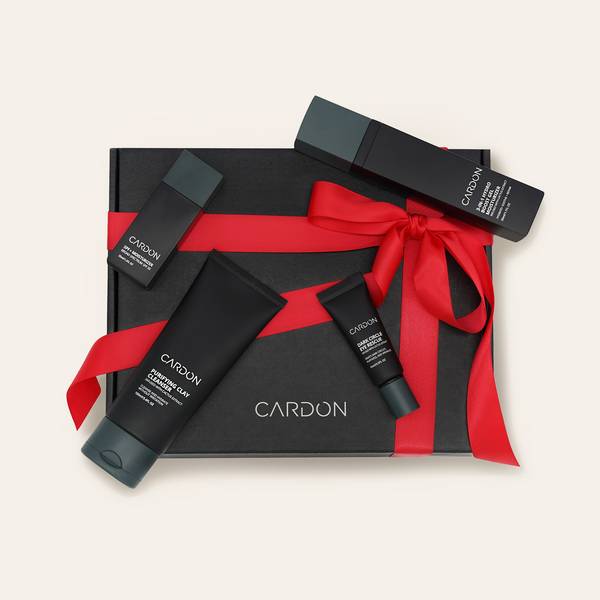

EDITION
GIFT BOX
Limited Edition Gift Set
good for:
This gift set is complete with our bestselling anti-aging products to protect skin all day long, while repairing skin overnight. Targets dark circles, fine lines, and other signs of premature aging.
*Comes gift wrapped and in our signature gift box.
Includes Steps:
- 01 Dark Circle Eye Rescue
- 02 Purifying Clay Cleanser
- 03 Daily SPF + Moisturizer
- 04 Hydro Boost Gel Moisturizer
"There is no better present to give an older brother than the gift of perfect skin care. I don't know who will like it more him or his wife. And, of course, I bought more for myself." - David N. | Age: 45-54
Limited Edition Gift Set
good for:
This gift set is complete with our bestselling anti-aging products to protect skin all day long, while repairing skin overnight. Targets dark circles, fine lines, and other signs of premature aging.
*Comes gift wrapped and in our signature gift box.
Includes Steps:
- 01 Dark Circle Eye Rescue
- 02 Purifying Clay Cleanser
- 03 Daily SPF + Moisturizer
- 04 Hydro Boost Gel Moisturizer
"There is no better present to give an older brother than the gift of perfect skin care. I don't know who will like it more him or his wife. And, of course, I bought more for myself." - David N. | Age: 45-54
.png?v=1671636443230&options=w_600)
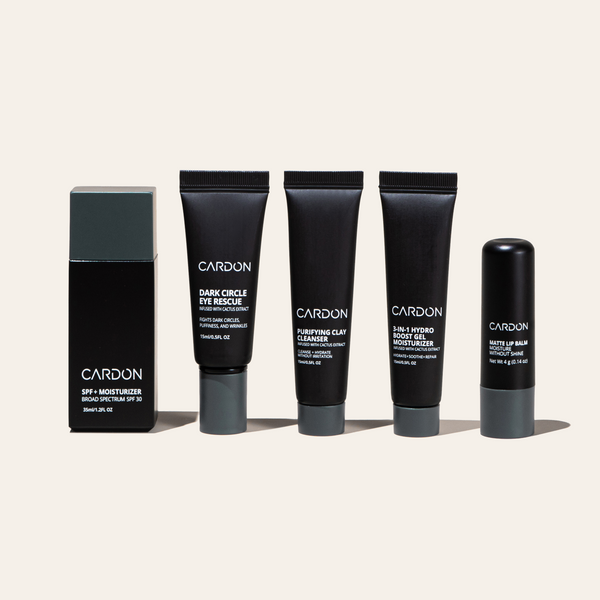
Limited Edition Jet Set Travel Kit
good for:
NEW! Limited Edition Jet Set Travel Kit with Dopp Kit.
With our new Jet Set Travel Kit, you can ditch the hotel samples for an on-the-go routine built with your skin in mind. These five simple steps cover all the bases– from cleansing your face to hydrating your lips– and they're all you need to pack before you hit the road. And, yes, it’s TSA-approved.
Includes Steps:
- 01 Daily SPF + Moisturizer
- 02 Dark Circle Eye Rescue
- 03 Clay Cleanser Sample, 15ml
- 04 Hydro Boost Gel Sample, 15ml
- 05 Matte Lip Balm
"I am a 55 years old and I have started to show my age on my face. After a long day in an aircraft cabin, this is exactly what my skin needs. It doesn’t take much time to complete and the results are worth it." – Jerri P
Limited Edition Jet Set Travel Kit
good for:
NEW! Limited Edition Jet Set Travel Kit with Dopp Kit.
With our new Jet Set Travel Kit, you can ditch the hotel samples for an on-the-go routine built with your skin in mind. These five simple steps cover all the bases– from cleansing your face to hydrating your lips– and they're all you need to pack before you hit the road. And, yes, it’s TSA-approved.
Includes Steps:
- 01 Daily SPF + Moisturizer
- 02 Dark Circle Eye Rescue
- 03 Clay Cleanser Sample, 15ml
- 04 Hydro Boost Gel Sample, 15ml
- 05 Matte Lip Balm
"I am a 55 years old and I have started to show my age on my face. After a long day in an aircraft cabin, this is exactly what my skin needs. It doesn’t take much time to complete and the results are worth it." – Jerri P
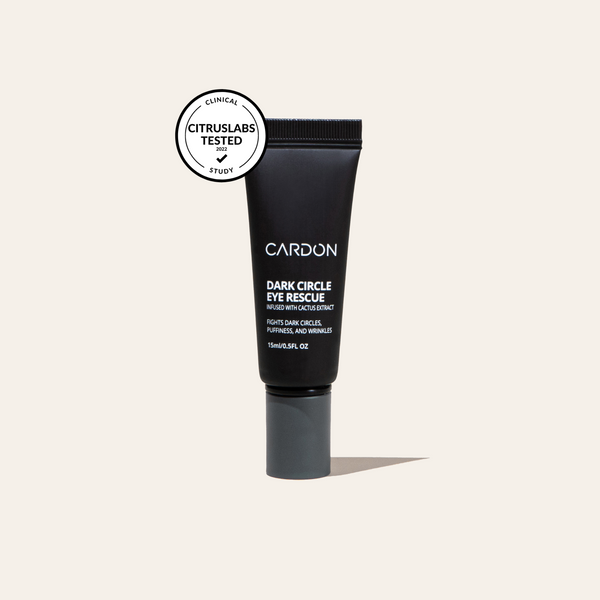
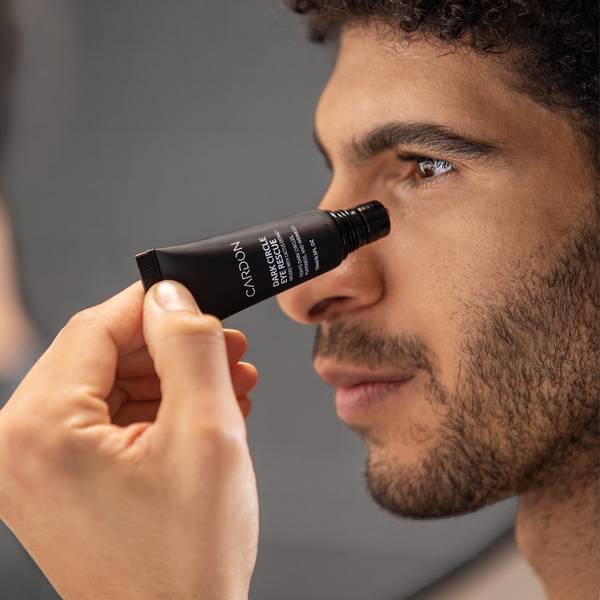
seller
Dark Circle Eye Rescue
good for:
The Dark Circle Eye Rescue cream hydrates and brightens the skin around the eyes to reduce the appearance of dark circles and wrinkles.
The stainless steel rollerball makes it easy to apply, while also working to de-puff eyes. Acclaimed best eye cream for dark circles by Gear Patrol!
Dark Circle Eye Rescue
good for:
The Dark Circle Eye Rescue cream hydrates and brightens the skin around the eyes to reduce the appearance of dark circles and wrinkles.
The stainless steel rollerball makes it easy to apply, while also working to de-puff eyes. Acclaimed best eye cream for dark circles by Gear Patrol!


Daily SPF + Moisturizer
good for:
We’re playing favorites—this is the #1 most important step in your skincare routine. Stave off sun damage for healthy, youthful skin for years to come with our Daily SPF + Moisturizer, acclaimed best lightweight moisturizer with SPF by GQ!
Its fast-absorbing, lightweight formula uses Cactus and Chia Seed Extract to provide all-day hydration, plus Broad Spectrum SPF 30 to protect against UVA and UVB rays with ZERO residue or white cast.
“After trying several different brands, I finally found a product I like. It's lightweight, not sticky, and has a very subtle, fresh scent. Will definitely order again. I highly recommend this product.” - Sara T.
Daily SPF + Moisturizer
good for:
We’re playing favorites—this is the #1 most important step in your skincare routine. Stave off sun damage for healthy, youthful skin for years to come with our Daily SPF + Moisturizer, acclaimed best lightweight moisturizer with SPF by GQ!
Its fast-absorbing, lightweight formula uses Cactus and Chia Seed Extract to provide all-day hydration, plus Broad Spectrum SPF 30 to protect against UVA and UVB rays with ZERO residue or white cast.
“After trying several different brands, I finally found a product I like. It's lightweight, not sticky, and has a very subtle, fresh scent. Will definitely order again. I highly recommend this product.” - Sara T.
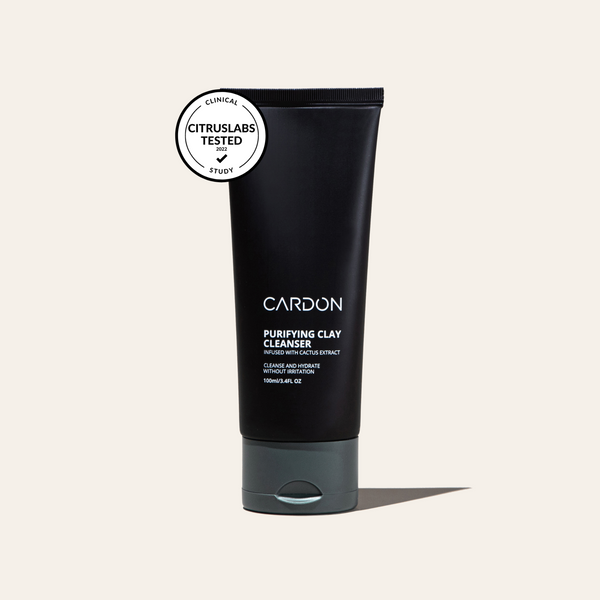
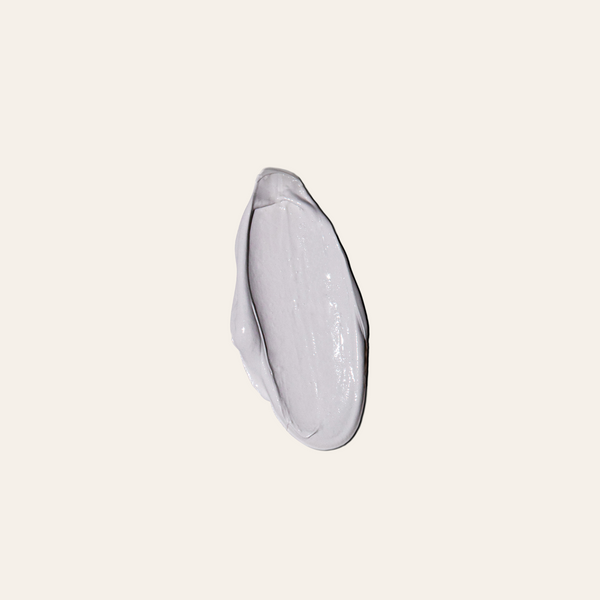
Purifying Clay Cleanser
good for:
The Purifying Clay Cleanser dares to answer the question: “what if you combined a detoxifying clay mask with a hydrating face wash?”
Our 2x Ask Men Grooming award-winning cleanser uses Cactus Extract and a Tri-Clay blend to remove excess oil and cleanse skin deeply from the grime of the day, never leaving skin feeling dry or tight. Powerful ingredients, yet gentle enough for daily use.
“The best face wash I have found for my oily, sensitive, acne-prone skin! With continued use, I've even seen a drastic reduction of oily shine on my face after long days in the office! Thank you, Cardon!” - Steve C.
Purifying Clay Cleanser
good for:
The Purifying Clay Cleanser dares to answer the question: “what if you combined a detoxifying clay mask with a hydrating face wash?”
Our 2x Ask Men Grooming award-winning cleanser uses Cactus Extract and a Tri-Clay blend to remove excess oil and cleanse skin deeply from the grime of the day, never leaving skin feeling dry or tight. Powerful ingredients, yet gentle enough for daily use.
“The best face wash I have found for my oily, sensitive, acne-prone skin! With continued use, I've even seen a drastic reduction of oily shine on my face after long days in the office! Thank you, Cardon!” - Steve C.
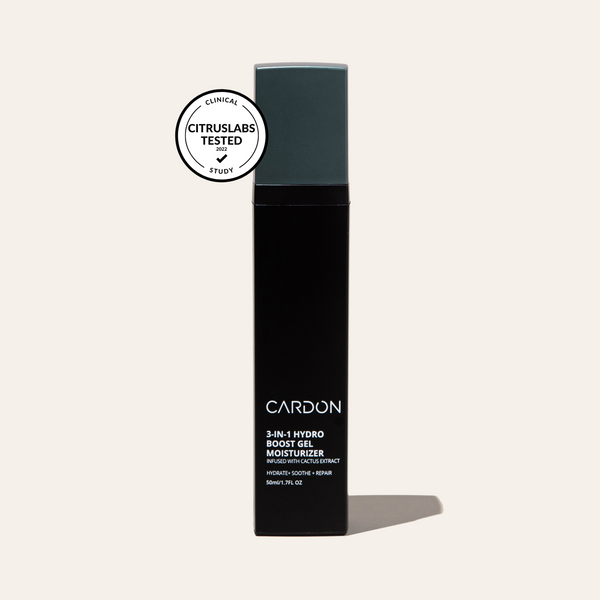

Hydro Boost Gel Moisturizer
good for:
Like a night cap for your skin, our Hydro Boost Gel Moisturizer is the ideal way to finish your evening.
This 3-in-1 gel moisturizer uses Cactus Extract and Rosehip Oil to put in the work while you snooze—hydrating, soothing, and repairing your skin all night long.
“This easily became part of my nightly routine. I've started to notice my face looking healthier and smoother. As a 32 y/o, you start to notice wrinkles creeping in, this helps me keep them at bay.” - Andrew S.
Hydro Boost Gel Moisturizer
good for:
Like a night cap for your skin, our Hydro Boost Gel Moisturizer is the ideal way to finish your evening.
This 3-in-1 gel moisturizer uses Cactus Extract and Rosehip Oil to put in the work while you snooze—hydrating, soothing, and repairing your skin all night long.
“This easily became part of my nightly routine. I've started to notice my face looking healthier and smoother. As a 32 y/o, you start to notice wrinkles creeping in, this helps me keep them at bay.” - Andrew S.
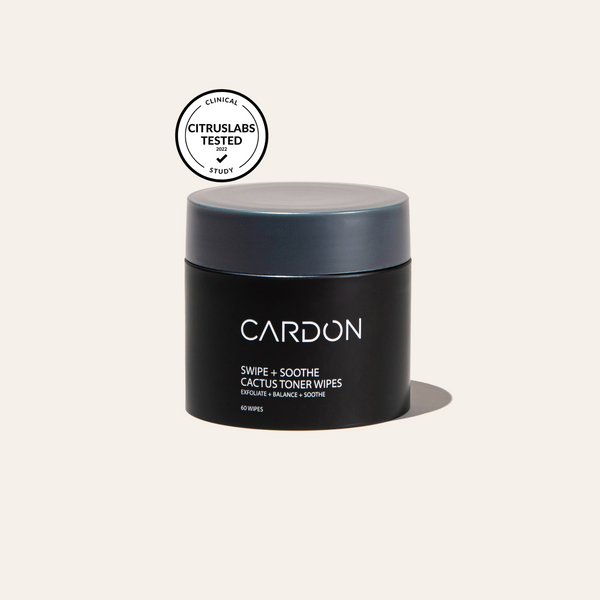
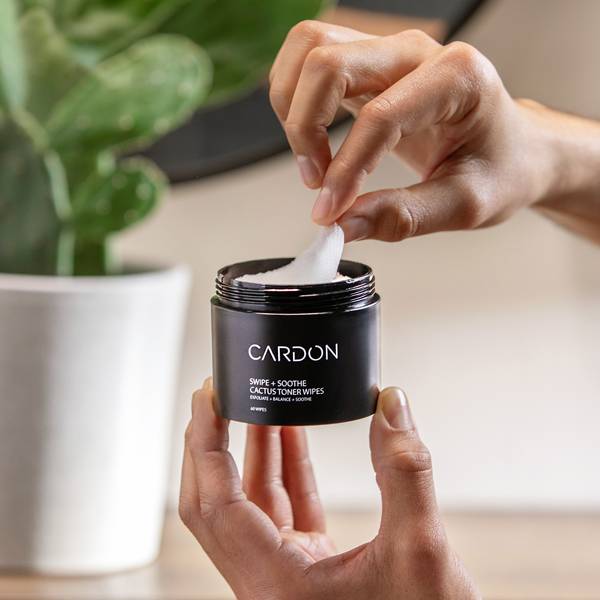
Exfoliating Facial Toner Wipes
good for:
After a long, busy day you just want to sit back, relax, and crack open—our biodegradable Exfoliating Facial Toner Wipes.
Wipe the stress and grime away with our Exfoliating Facial Toner Wipes, which use PHAs and caffeine to unclog pores, balance pH, and soothe the skin all in one easy step. No water needed.
“These wipes are amazing and have visibly helped with my uneven skin tone and the dual side textures really help gently exfoliate at the same time. My skin has never felt and looked so great.” - Kevin G.
Exfoliating Facial Toner Wipes
good for:
After a long, busy day you just want to sit back, relax, and crack open—our biodegradable Exfoliating Facial Toner Wipes.
Wipe the stress and grime away with our Exfoliating Facial Toner Wipes, which use PHAs and caffeine to unclog pores, balance pH, and soothe the skin all in one easy step. No water needed.
“These wipes are amazing and have visibly helped with my uneven skin tone and the dual side textures really help gently exfoliate at the same time. My skin has never felt and looked so great.” - Kevin G.
.png?v=1671640176423&options=w_600)
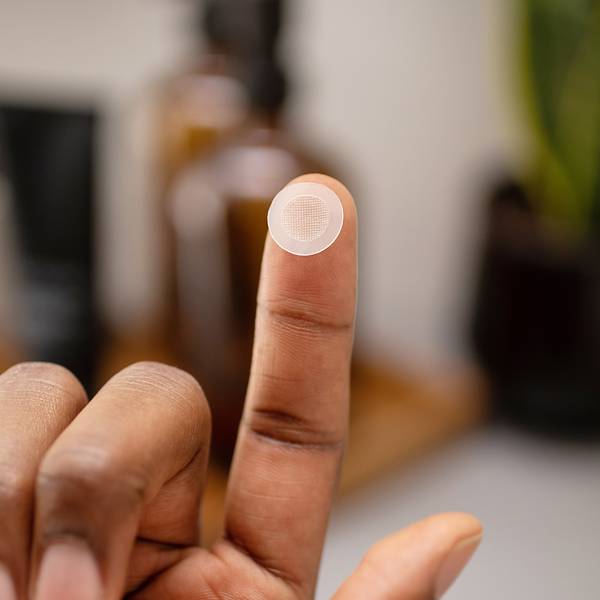
Prickly Pimple Patch
good for:
2021 Esquire Grooming Award Winner
Zit happens, so we made the Prickly Pimple Patch, your one-step solution for pesky breakouts. Soft dissolving microneedles go where no pimple cream has gone before—delivering acne-fighting ingredients like Salicylic Acid and Cica directly to the site of the inflammation and target acne dark spots. Works on ingrown hairs too!
“I applied the patch to a few raised bumps that appear to be clogged pores. Overnight one was significantly reduced while the other seems to have disappeared. Easy process and highly effective.” - Todd S.
Prickly Pimple Patch
good for:
2021 Esquire Grooming Award Winner
Zit happens, so we made the Prickly Pimple Patch, your one-step solution for pesky breakouts. Soft dissolving microneedles go where no pimple cream has gone before—delivering acne-fighting ingredients like Salicylic Acid and Cica directly to the site of the inflammation and target acne dark spots. Works on ingrown hairs too!
“I applied the patch to a few raised bumps that appear to be clogged pores. Overnight one was significantly reduced while the other seems to have disappeared. Easy process and highly effective.” - Todd S.

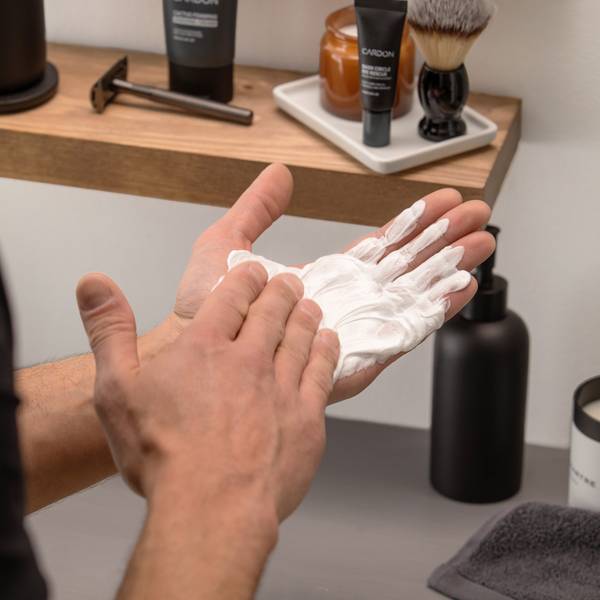
Cactus Foaming Shaving Cream
good for:
This bathroom cabinet staple is a cut above the rest. The Cactus Foaming Shaving Cream for men delivers a close, comfortable shave every time—without having to worry about nicks, razor burns, irritation, and ingrowns.
Our rich foam uses Cactus Extract and Chamomile to create a cushion-like layer to soothe the skin. Plus, you’ll shave some time since this also doubles as a face cleanser.
Due to demand, this product is temporarily out of stock. Click "Notify Me" below to be the first to know when it's back!
Cactus Foaming Shaving Cream
good for:
This bathroom cabinet staple is a cut above the rest. The Cactus Foaming Shaving Cream for men delivers a close, comfortable shave every time—without having to worry about nicks, razor burns, irritation, and ingrowns.
Our rich foam uses Cactus Extract and Chamomile to create a cushion-like layer to soothe the skin. Plus, you’ll shave some time since this also doubles as a face cleanser.
Due to demand, this product is temporarily out of stock. Click "Notify Me" below to be the first to know when it's back!

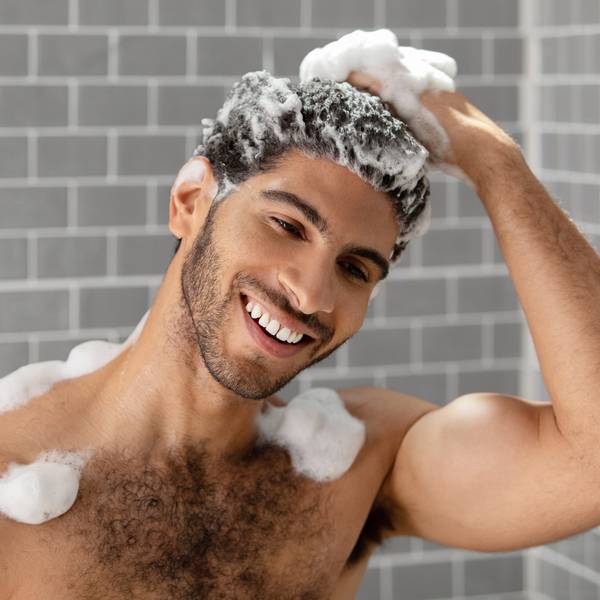
Hair Thickening + Strengthening Shampoo
good for:
New + Improved: Same thickening formula now with biotin! Stop hair loss—from receding hairlines to thinning hair—with the first step in your shower routine.
Our protein-packed Hair Thickening + Strengthening Shampoo uses niacinamide, vitamin B5, and yeast extract to restore hair follicles while protecting the scalp and reducing flakiness, too. The result? Thicker, stronger hair that’s here to stay.
“A true example of less is more. This shampoo is perfect. Leaves my hair feeling and looking healthy and thick and does not irritate my sensitive skin. A must add to my Cardon skincare regimen.” - David N.
Hair Thickening + Strengthening Shampoo
good for:
New + Improved: Same thickening formula now with biotin! Stop hair loss—from receding hairlines to thinning hair—with the first step in your shower routine.
Our protein-packed Hair Thickening + Strengthening Shampoo uses niacinamide, vitamin B5, and yeast extract to restore hair follicles while protecting the scalp and reducing flakiness, too. The result? Thicker, stronger hair that’s here to stay.
“A true example of less is more. This shampoo is perfect. Leaves my hair feeling and looking healthy and thick and does not irritate my sensitive skin. A must add to my Cardon skincare regimen.” - David N.
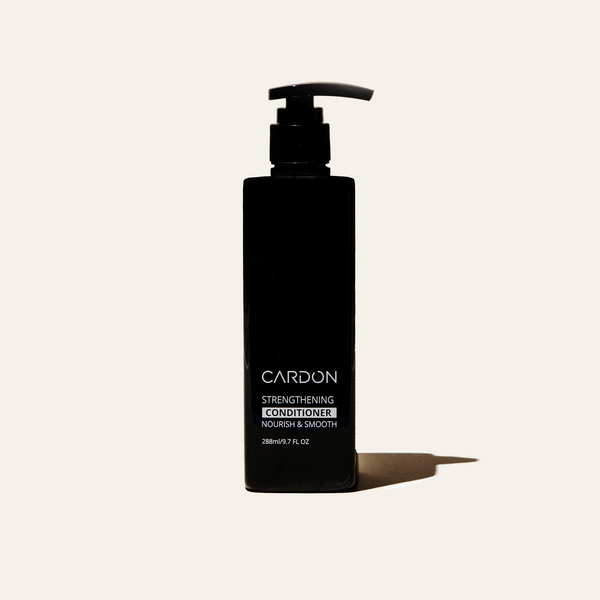

Hair Loss
Hair Thickening + Strengthening Conditioner
good for:
Finally, a conditioner that doesn’t just soothe—but strengthens, too.
Our Strengthening Conditioner uses Niacinamide and Yeast Extract to get to the root of hair loss issues, nourishing the hair starting right at the scalp for stronger hair that’s smooth as silk.
“A perfect compliment to the shampoo. Adds amazing hydration to the hair, leaving it soft (even with hard water)! A nice, but not overpowering, menthol scent.” - Steve C.
Hair Thickening + Strengthening Conditioner
good for:
Finally, a conditioner that doesn’t just soothe—but strengthens, too.
Our Strengthening Conditioner uses Niacinamide and Yeast Extract to get to the root of hair loss issues, nourishing the hair starting right at the scalp for stronger hair that’s smooth as silk.
“A perfect compliment to the shampoo. Adds amazing hydration to the hair, leaving it soft (even with hard water)! A nice, but not overpowering, menthol scent.” - Steve C.
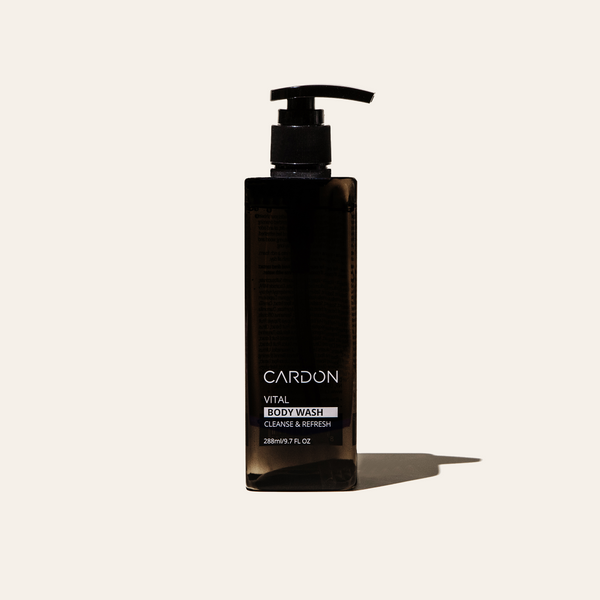
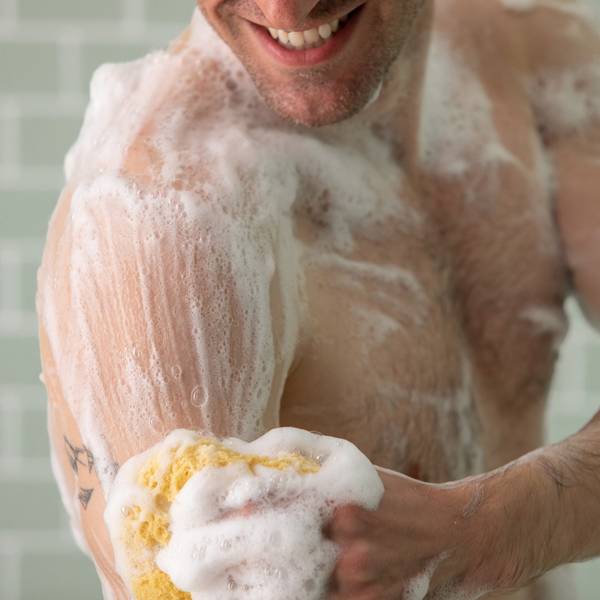
AWARD
Vital Body Wash
good for:
Step up your shower game with the Vital Body Wash, an energizing, body-acne clearing emulsion and 2022 GQ Grooming Award Winner!
The active lather uses natural, non-stripping ingredients like Green Tea and Sea Buckthorn to deeply cleanse, tackle breakouts, and combat body odor. The invigorating woody fragrance blend will make your skin smell as good as it looks.
“This body wash gets the job done! It cleans you thoroughly without drying out your skin. You smell fresh and clean, not perfumed. And as always with Cardon... a little goes a long way.” - Troy H.
Vital Body Wash
good for:
Step up your shower game with the Vital Body Wash, an energizing, body-acne clearing emulsion and 2022 GQ Grooming Award Winner!
The active lather uses natural, non-stripping ingredients like Green Tea and Sea Buckthorn to deeply cleanse, tackle breakouts, and combat body odor. The invigorating woody fragrance blend will make your skin smell as good as it looks.
“This body wash gets the job done! It cleans you thoroughly without drying out your skin. You smell fresh and clean, not perfumed. And as always with Cardon... a little goes a long way.” - Troy H.
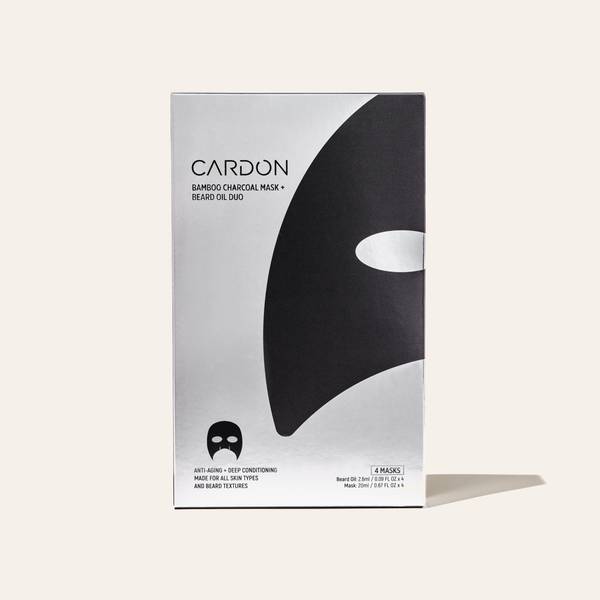
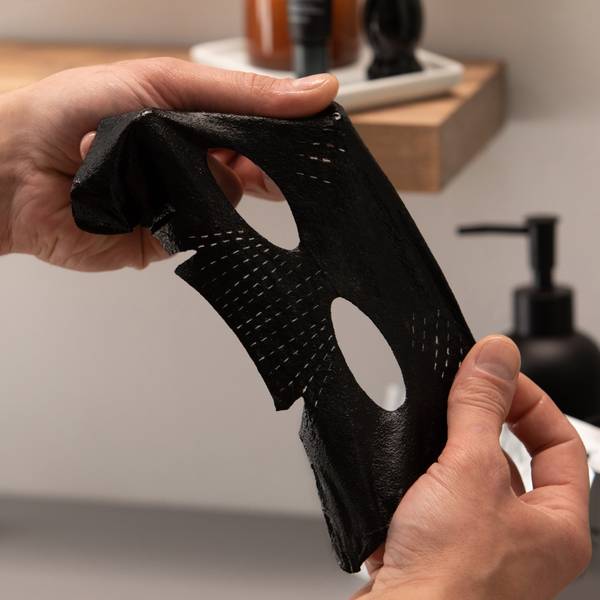
GIFT
Bamboo Charcoal Sheet Mask + Beard Oil
good for:
Often imitated, never duplicated, this innovative sheet mask is the first of its kind and an Ask Men Grooming award winner in the Best Sheet Mask category!
Half mask, half beard treatment, the Bamboo Charcoal Sheet Mask + Beard Oil gives each section of skin (and beard) just what it needs: A detoxifying, hydrating charcoal-infused mask for your skin and a nourishing beard oil blend for the ultimate beard care. Plus, the mask is designed with expandable nose slits to fit any face size and shape.
“I really enjoyed this face mask from Cardon. The beard oil applies easily and the half mask for your cheeks, nose, and forehead fits well and stays in place. My skin looks and feels great after removing the mask. Well done, Cardon!” - Tyler S.
Bamboo Charcoal Sheet Mask + Beard Oil
good for:
Often imitated, never duplicated, this innovative sheet mask is the first of its kind and an Ask Men Grooming award winner in the Best Sheet Mask category!
Half mask, half beard treatment, the Bamboo Charcoal Sheet Mask + Beard Oil gives each section of skin (and beard) just what it needs: A detoxifying, hydrating charcoal-infused mask for your skin and a nourishing beard oil blend for the ultimate beard care. Plus, the mask is designed with expandable nose slits to fit any face size and shape.
“I really enjoyed this face mask from Cardon. The beard oil applies easily and the half mask for your cheeks, nose, and forehead fits well and stays in place. My skin looks and feels great after removing the mask. Well done, Cardon!” - Tyler S.

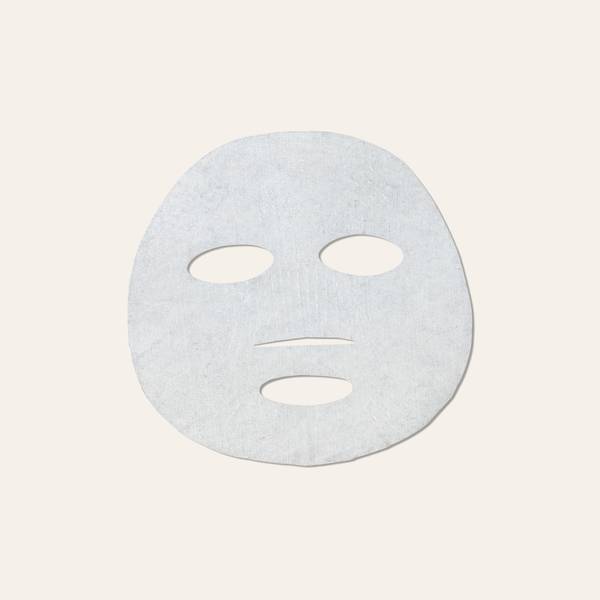
Cactus Soothing Face Mask
good for:
Everyone deserves some self-care time—may we recommend Cactus Soothing Face Mask and chill?
This immediate hydration boost is supercharged with healing ingredients like Cactus Extract and Cica to soothe redness and irritation while reducing fine lines. Perfect for a post-shave treatment or whenever you need a moment for you.
“Stress and late nights working have left my skin looking a bit rough, but this mask was perfect for some at-home spa relaxation. My skin definitely looks a lot more moisturized and refreshed.” - Melody C.
Cactus Soothing Face Mask
good for:
Everyone deserves some self-care time—may we recommend Cactus Soothing Face Mask and chill?
This immediate hydration boost is supercharged with healing ingredients like Cactus Extract and Cica to soothe redness and irritation while reducing fine lines. Perfect for a post-shave treatment or whenever you need a moment for you.
“Stress and late nights working have left my skin looking a bit rough, but this mask was perfect for some at-home spa relaxation. My skin definitely looks a lot more moisturized and refreshed.” - Melody C.
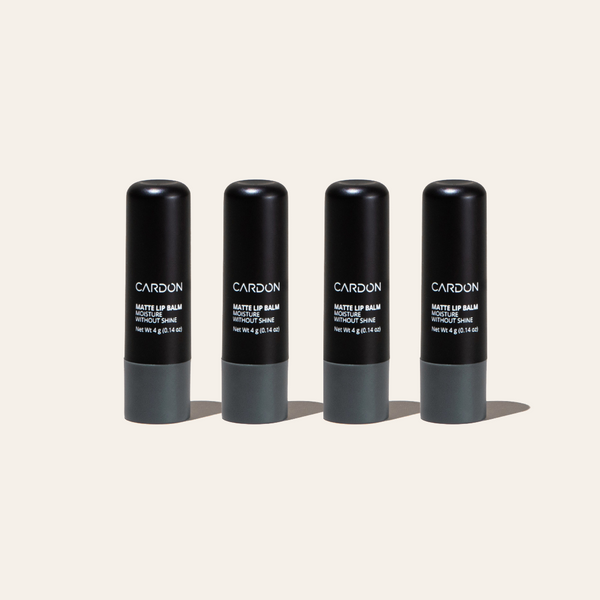
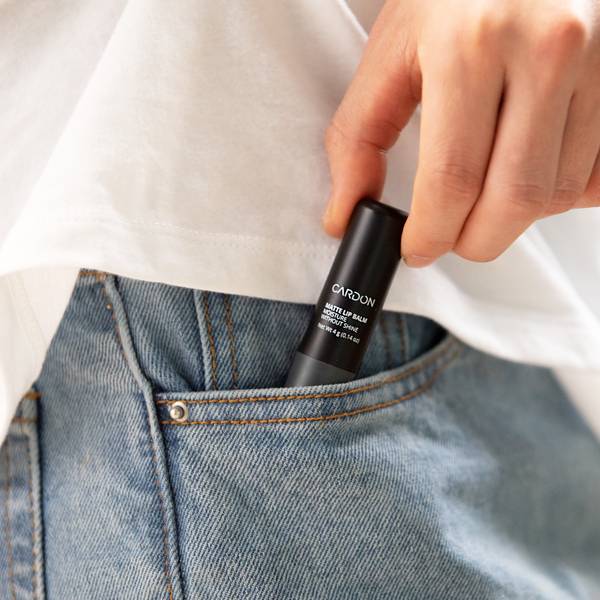
Matte Lip Balm (4 Pack)
good for:
Deeply hydrate, smooth and soothe your dry, chapped lips on-the-go without the shine. Infused with Cactus Extract and Ceramides, this moisturizing lip balm may become your best friend after one use. Comes in packs of four.
“It's a good practical lip balm. Nice packaging.” - Stephen N.
Matte Lip Balm (4 Pack)
good for:
Deeply hydrate, smooth and soothe your dry, chapped lips on-the-go without the shine. Infused with Cactus Extract and Ceramides, this moisturizing lip balm may become your best friend after one use. Comes in packs of four.
“It's a good practical lip balm. Nice packaging.” - Stephen N.


LAUNCHED
Cardon Dopp Kit
Made for those always on the move, our new Cardon Dopp Kit is the perfect toiletry bag to take your skincare with you wherever you go. It's sleek, portable, and extremely spacious design allows you to pack a ton while staying compact.
The Dopp Kit one main pouch and one zippered front pocket to store smaller essentials, like your razor, tooth brush or nail clippers.
Cardon Dopp Kit
Made for those always on the move, our new Cardon Dopp Kit is the perfect toiletry bag to take your skincare with you wherever you go. It's sleek, portable, and extremely spacious design allows you to pack a ton while staying compact.
The Dopp Kit one main pouch and one zippered front pocket to store smaller essentials, like your razor, tooth brush or nail clippers.
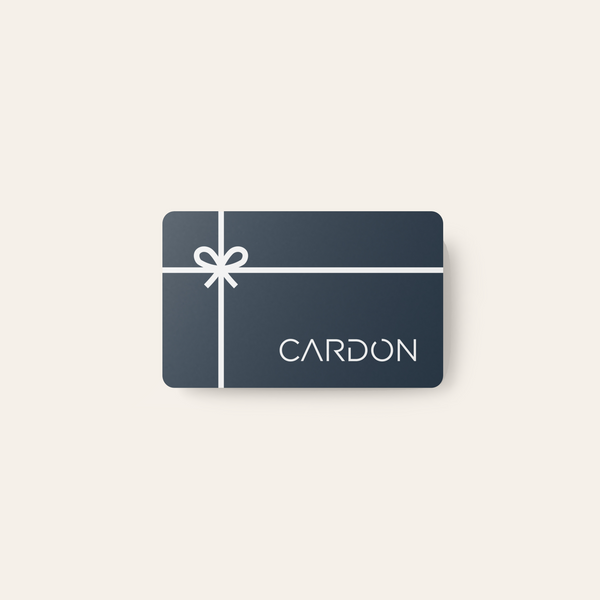

Cardon Gift Card
Shopping for someone else but not sure what to give them? Let your friends and family choose their skincare by gifting them a Cardon digital gift card.
Cardon Gift Card
Shopping for someone else but not sure what to give them? Let your friends and family choose their skincare by gifting them a Cardon digital gift card.
.png?v=1701688836389&options=w_600)

Dark Circles Skincare Set
good for:
All work and no play makes for dull skin.
The Dark Circles Skincare Set is perfect for those looking to brighten and revive dull and tired looking skin. Cleanses debris and grime from the day, depuffs and treats under eye bags, and rehydrates while soothing the skin in your sleep.
Includes Steps:
- 01 Purifying Clay Cleanser
- 02 Dark Circle Eye Rescue
- 03 Hydro Boost Gel Moisturizer
Get 30% OFF your first set subscription $76 $53.20 with code ‘FIRSTSET’
Dark Circles Skincare Set
good for:
All work and no play makes for dull skin.
The Dark Circles Skincare Set is perfect for those looking to brighten and revive dull and tired looking skin. Cleanses debris and grime from the day, depuffs and treats under eye bags, and rehydrates while soothing the skin in your sleep.
Includes Steps:
- 01 Purifying Clay Cleanser
- 02 Dark Circle Eye Rescue
- 03 Hydro Boost Gel Moisturizer
Get 30% OFF your first set subscription $76 $53.20 with code ‘FIRSTSET’
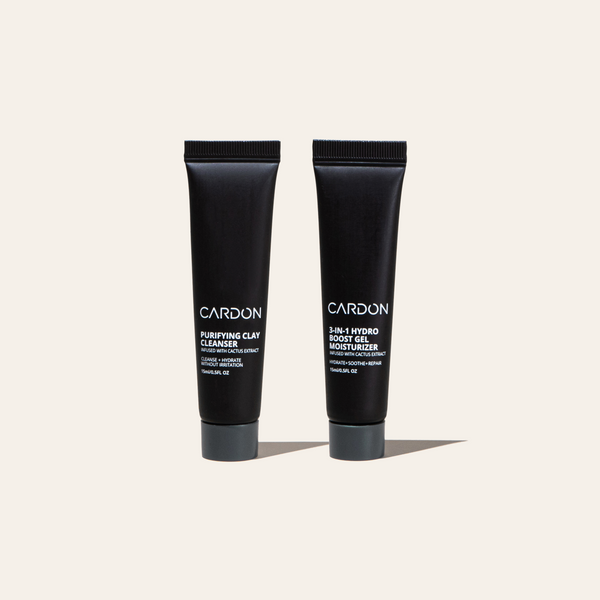
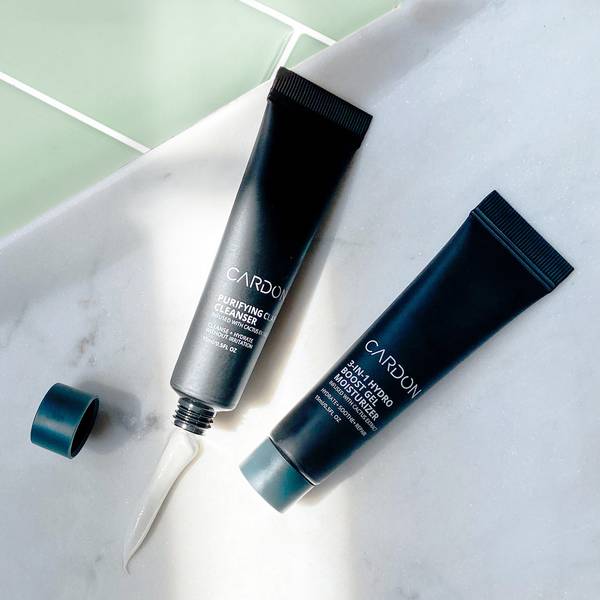
Deluxe Travel-Size Clay Cleanser + Hydro Boost Gel
From your gym bag to your carry-on, no packed bag is complete without these two travel-sized essentials.
Our cleanser and moisturizer are the backbone of your skincare routine, so you can reset and restore your skin both day and night, no matter where you go.
Includes Steps:
- 01 Clay Cleanser Sample, 15ml
- 02 Hydro Boost Gel Sample, 15ml
Deluxe Travel-Size Clay Cleanser + Hydro Boost Gel
From your gym bag to your carry-on, no packed bag is complete without these two travel-sized essentials.
Our cleanser and moisturizer are the backbone of your skincare routine, so you can reset and restore your skin both day and night, no matter where you go.
Includes Steps:
- 01 Clay Cleanser Sample, 15ml
- 02 Hydro Boost Gel Sample, 15ml


Hair Loss
Healthy Hair Duo
good for:
Teamwork makes your hair dreams work.
Our highly-rated Hair Thickening + Strengthening Shampoo and Conditioner teams up to get to the root of hair loss, strengthening and nourishing hair starting right at the scalp. Achieve thicker, healthier follicles with the help of our protein and vitamin-packed formula.
Includes Steps:
- 01 Hair Thickening + Strengthening Shampoo
- 02 Hair Thickening + Strengthening Conditioner
"I love this shampoo and conditioner. After six weeks of use, I can say that this combination really helped my dry scalp and to reduce itch.” - Alex L.
Healthy Hair Duo
good for:
Teamwork makes your hair dreams work.
Our highly-rated Hair Thickening + Strengthening Shampoo and Conditioner teams up to get to the root of hair loss, strengthening and nourishing hair starting right at the scalp. Achieve thicker, healthier follicles with the help of our protein and vitamin-packed formula.
Includes Steps:
- 01 Hair Thickening + Strengthening Shampoo
- 02 Hair Thickening + Strengthening Conditioner
"I love this shampoo and conditioner. After six weeks of use, I can say that this combination really helped my dry scalp and to reduce itch.” - Alex L.
Cardon Products Are
Easy to Use
We never create two products when we can achieve the same results with one. Cardon products are designed to be easy to use every day.
Backed By Korean Innovation
Korean R&D is two decades ahead of the rest of the world. Cardon products use the highest quality, most effective ingredients out there.
Non-Toxic
Finally, an ingredient label you can feel good about. Every ingredient in Cardon products is good for your skin, and easy on the mind.


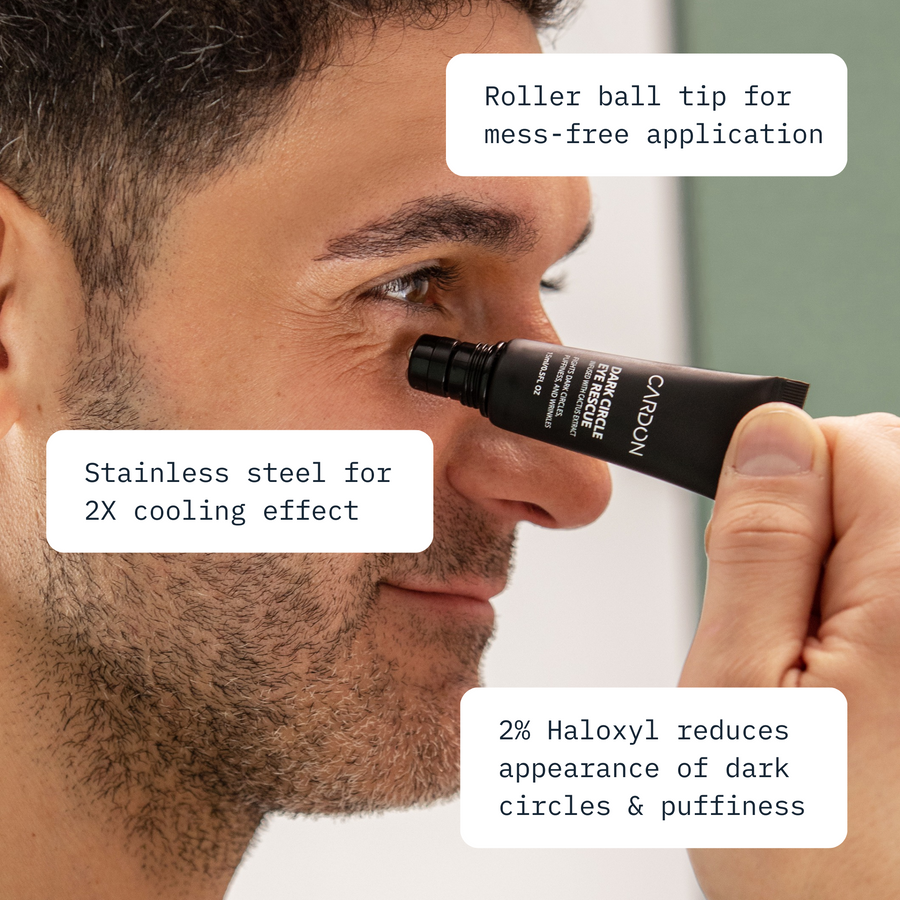
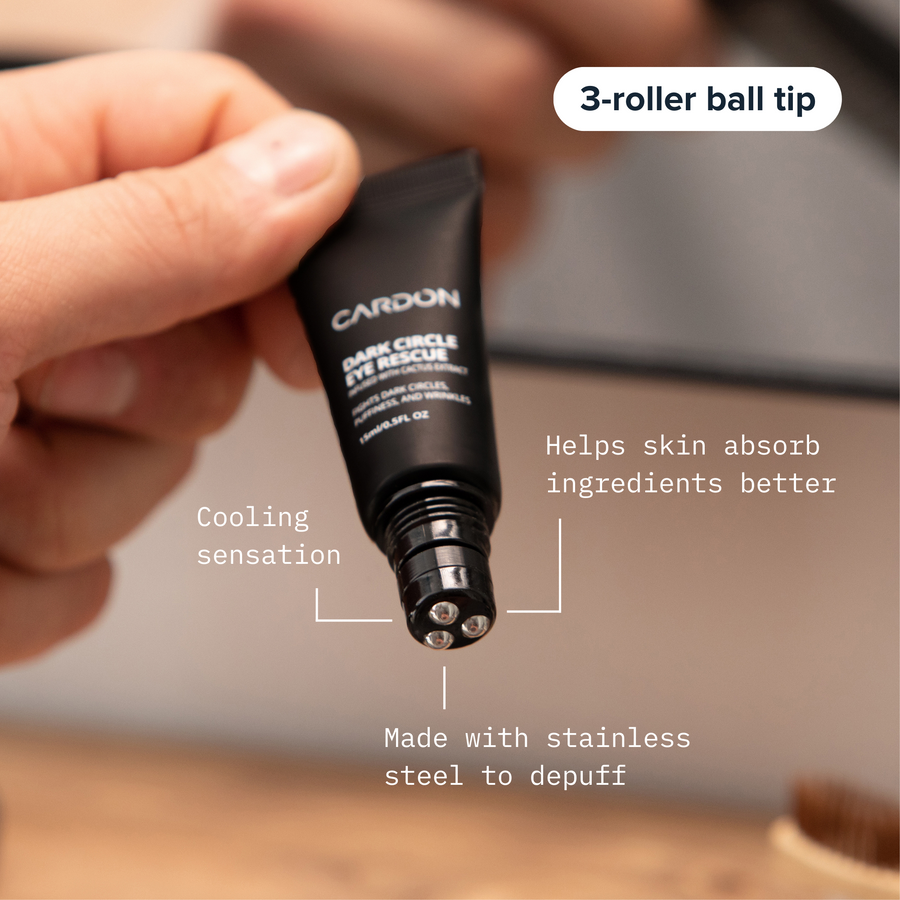

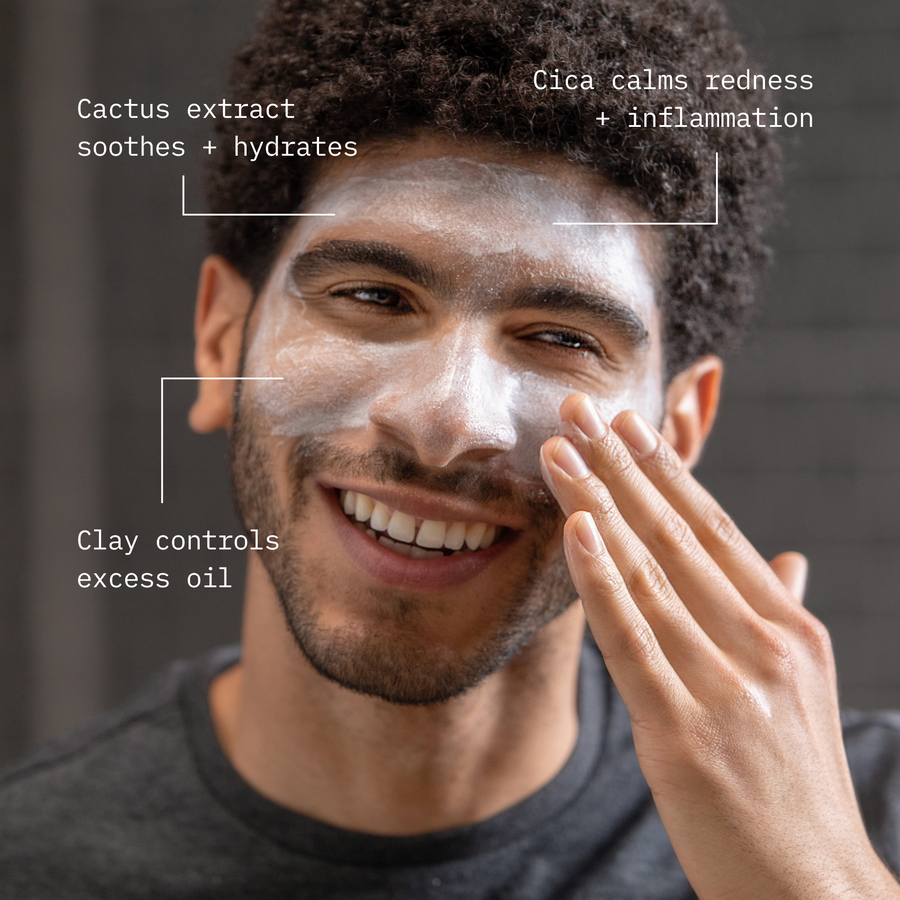
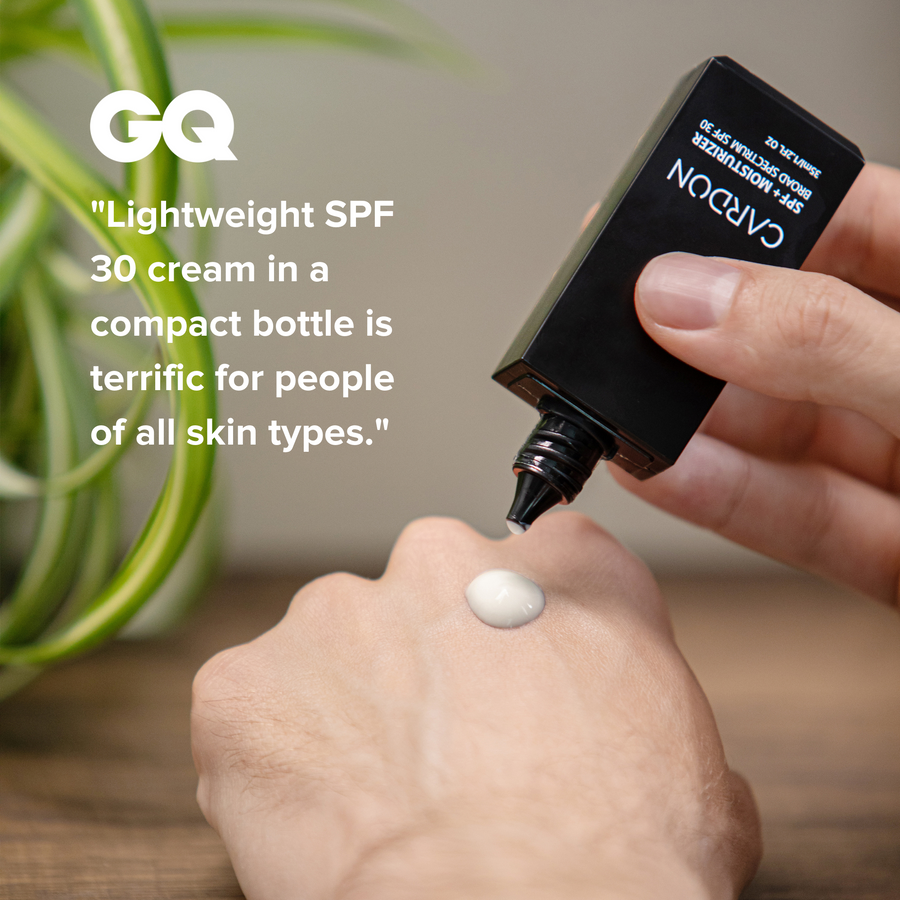
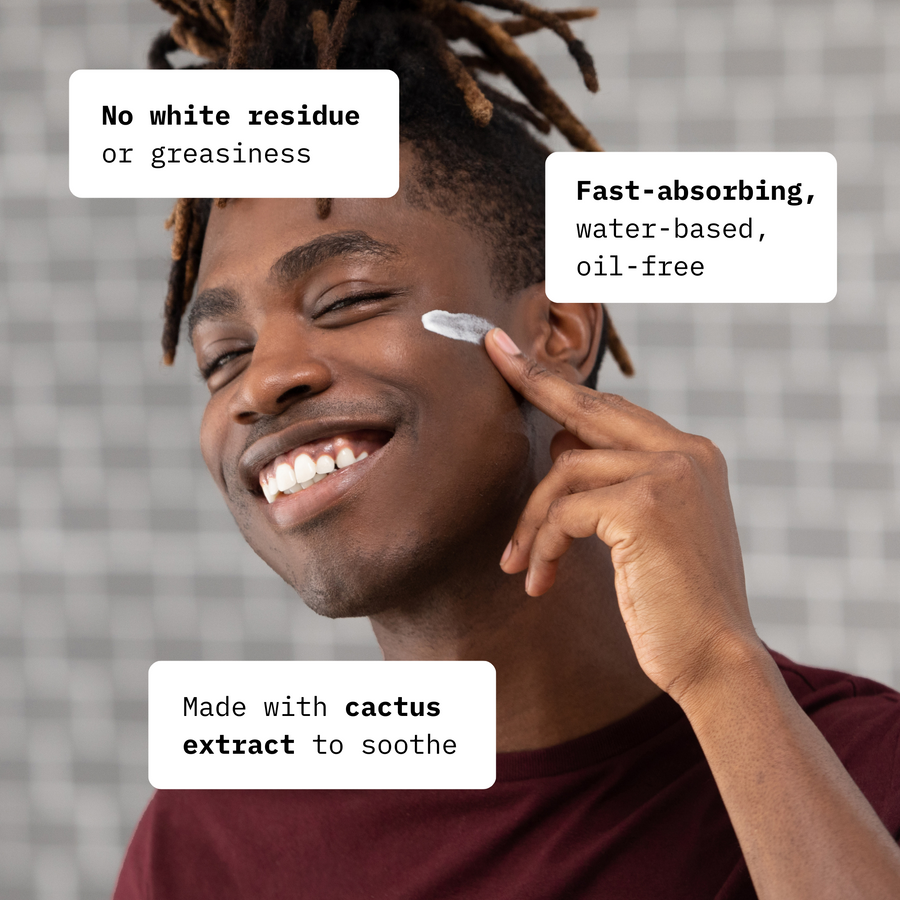

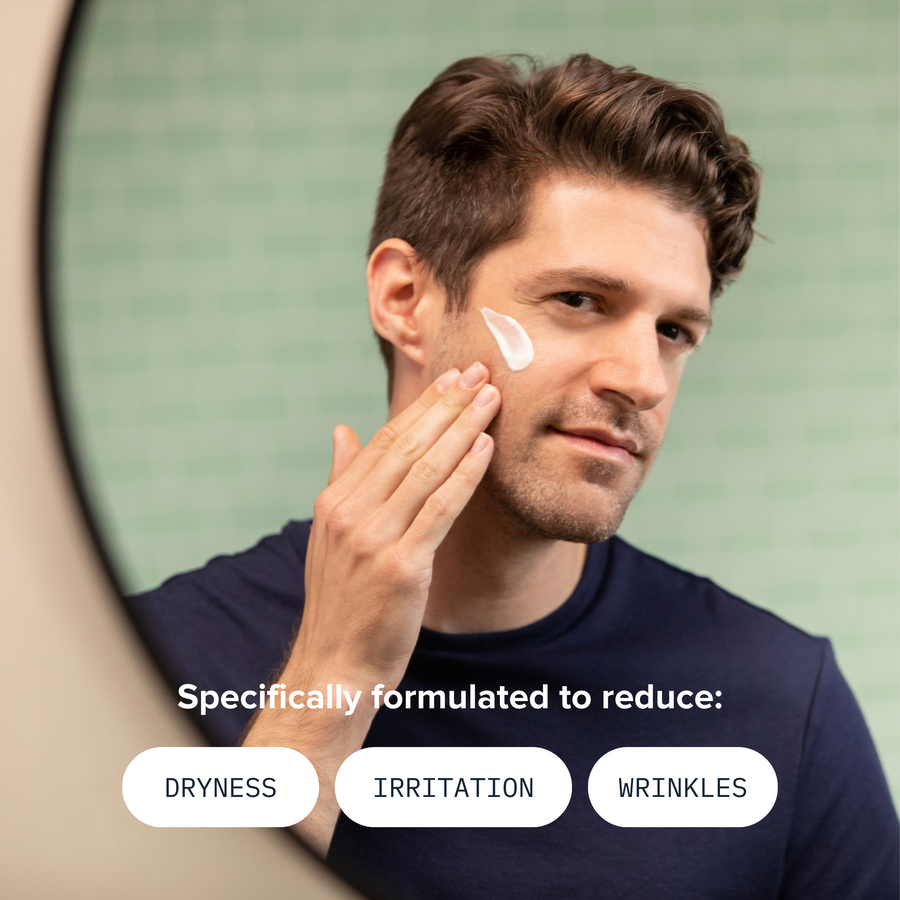
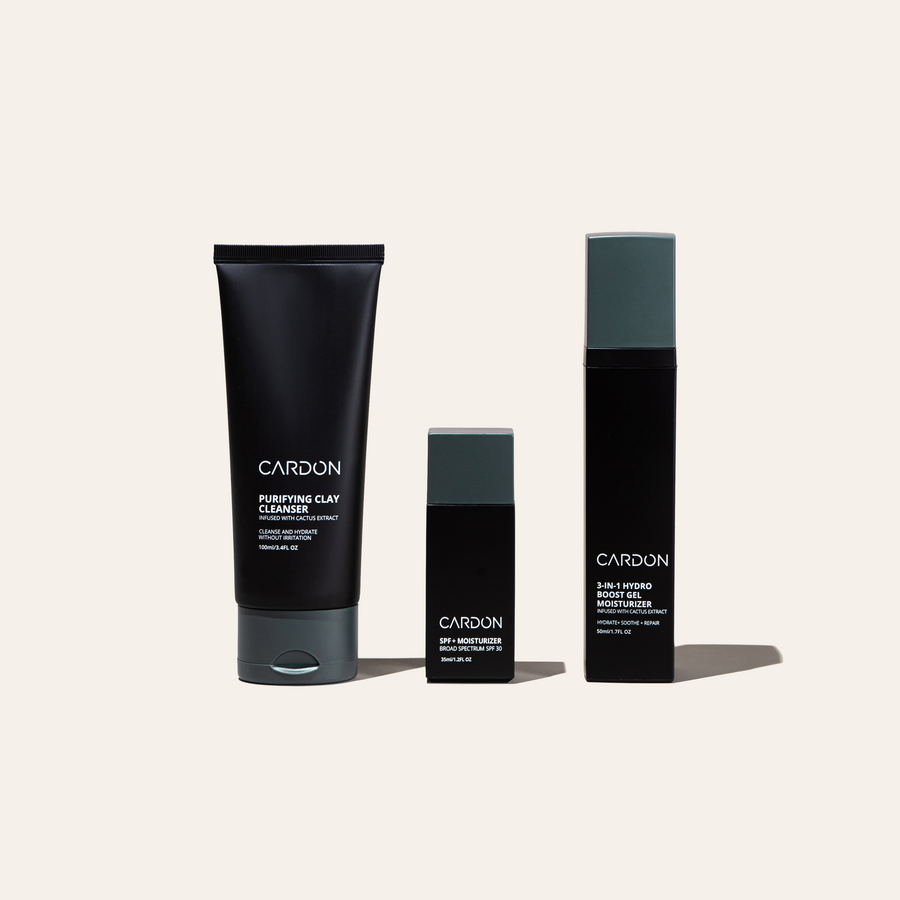

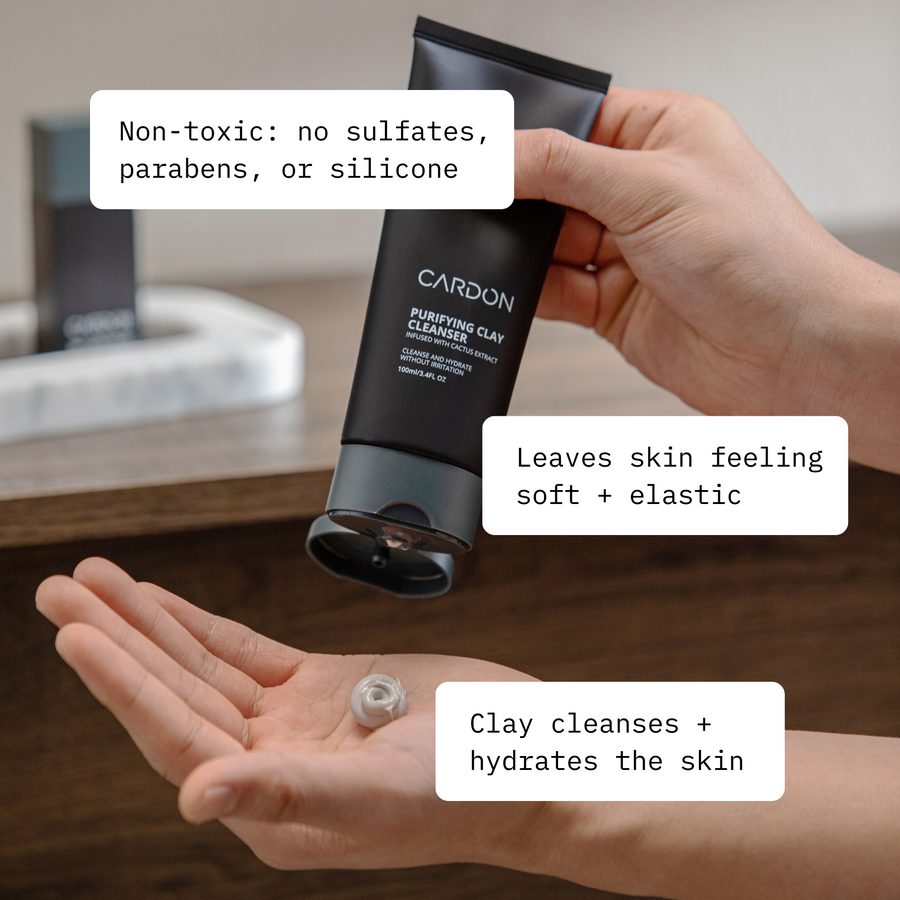




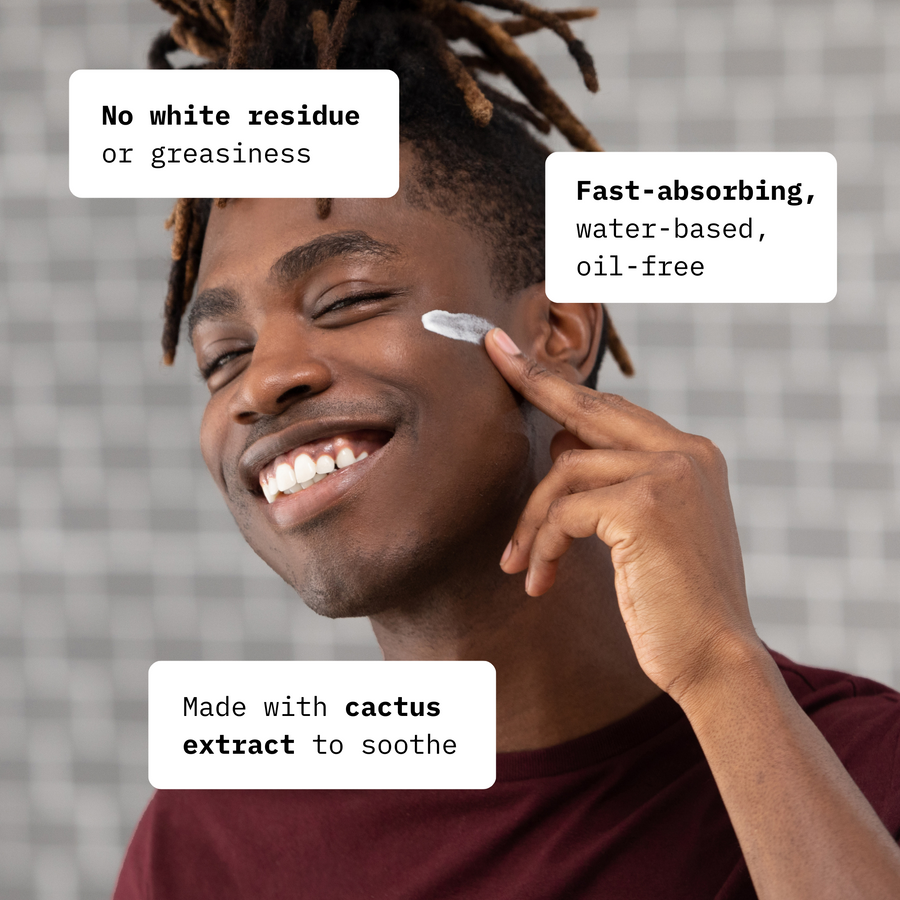
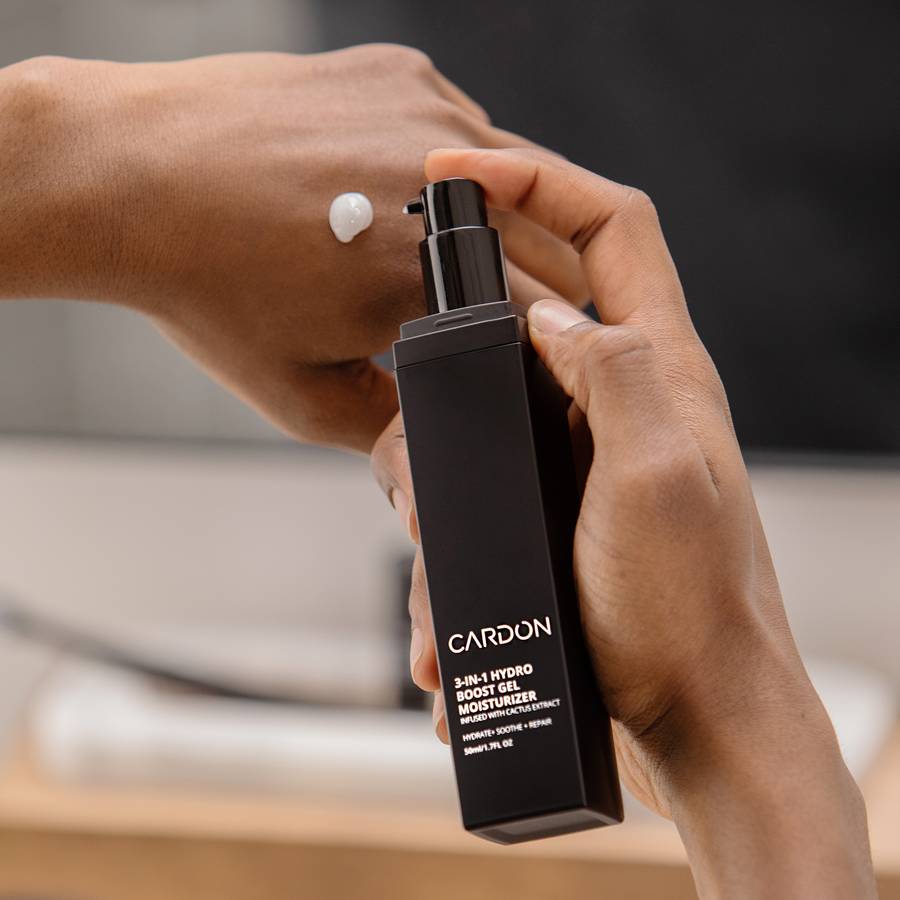
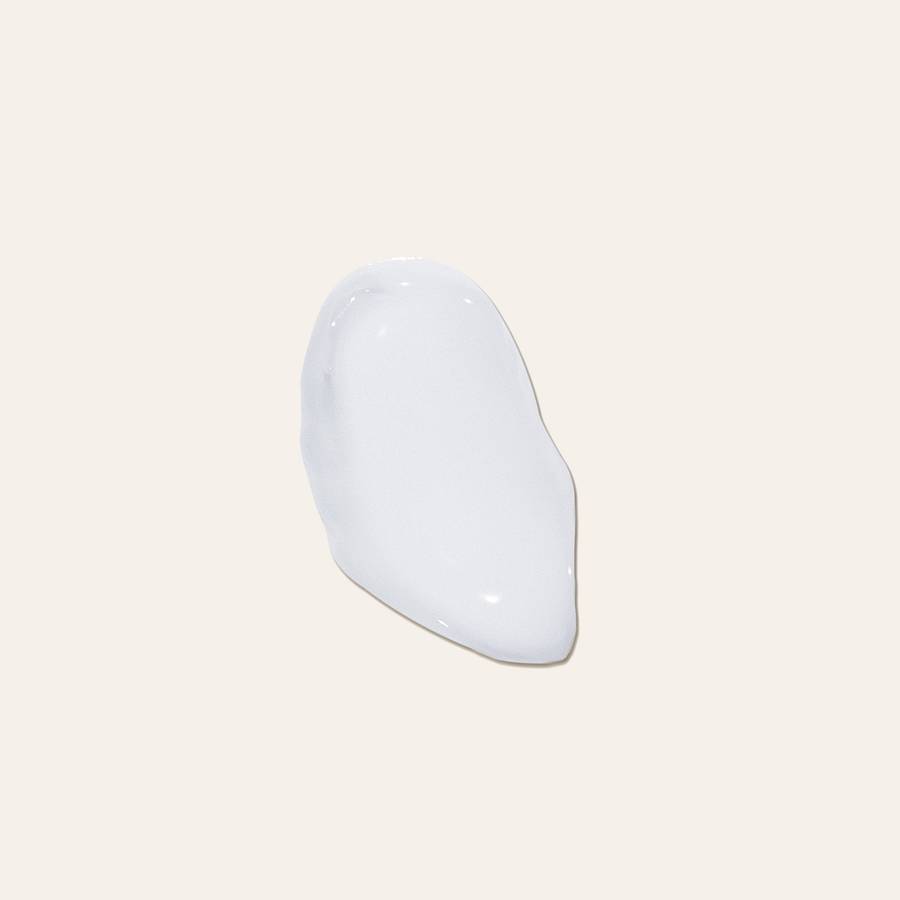
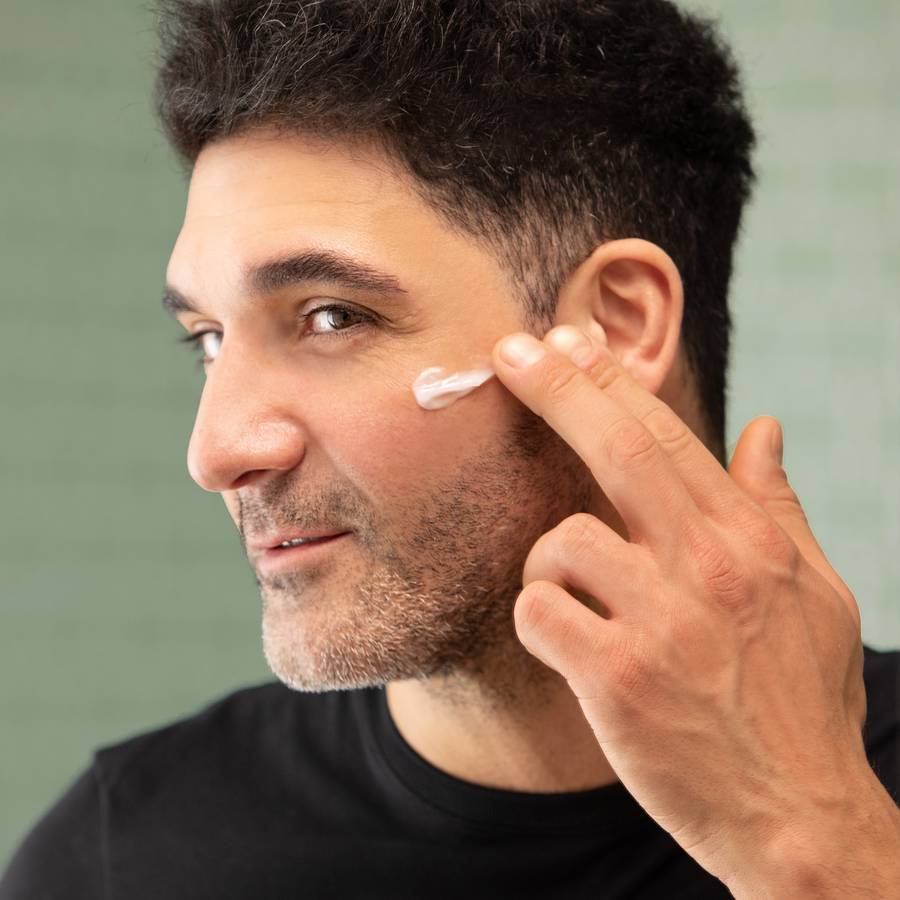

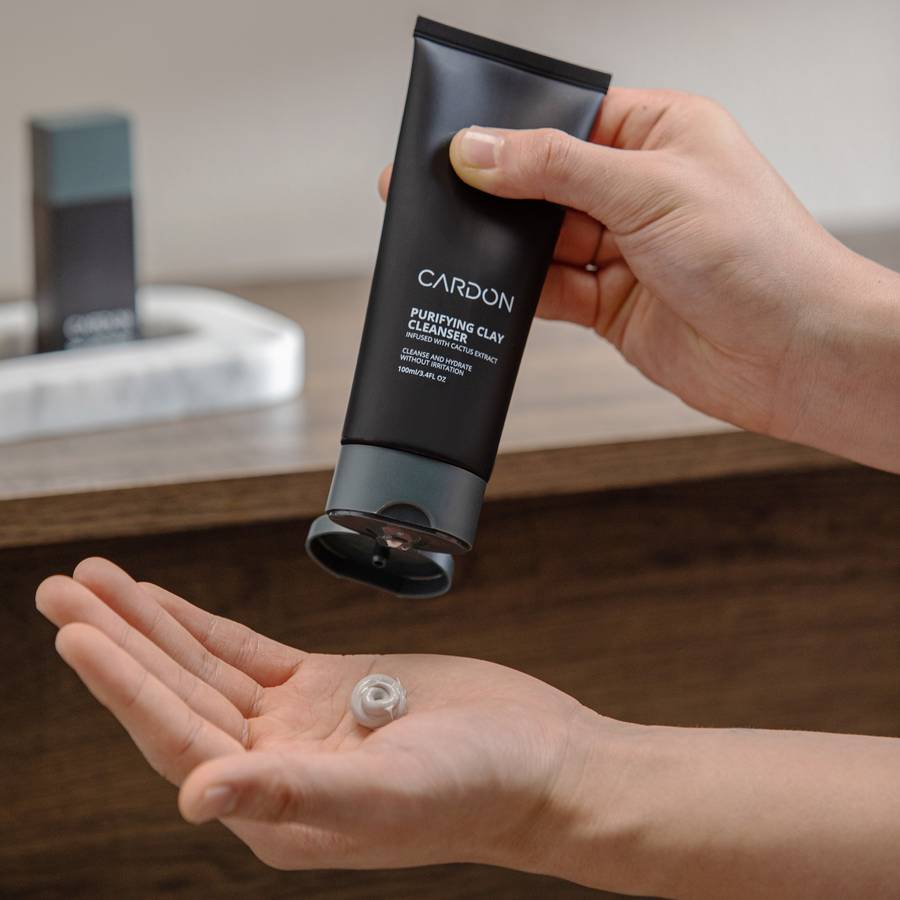
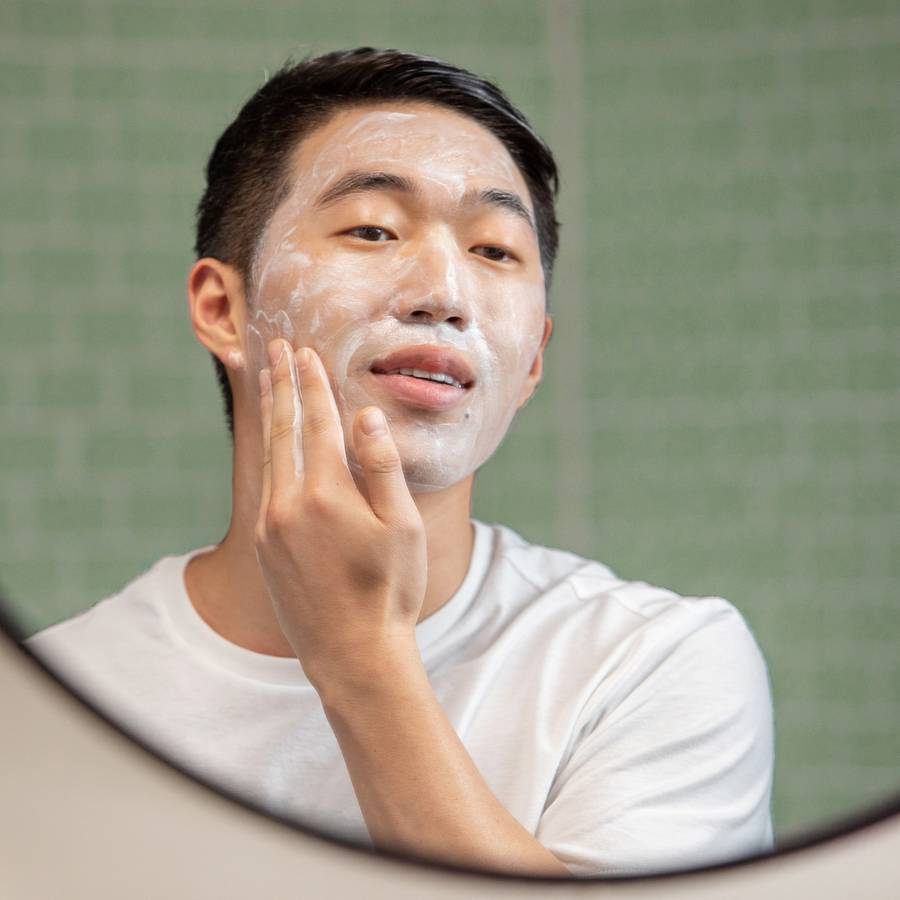

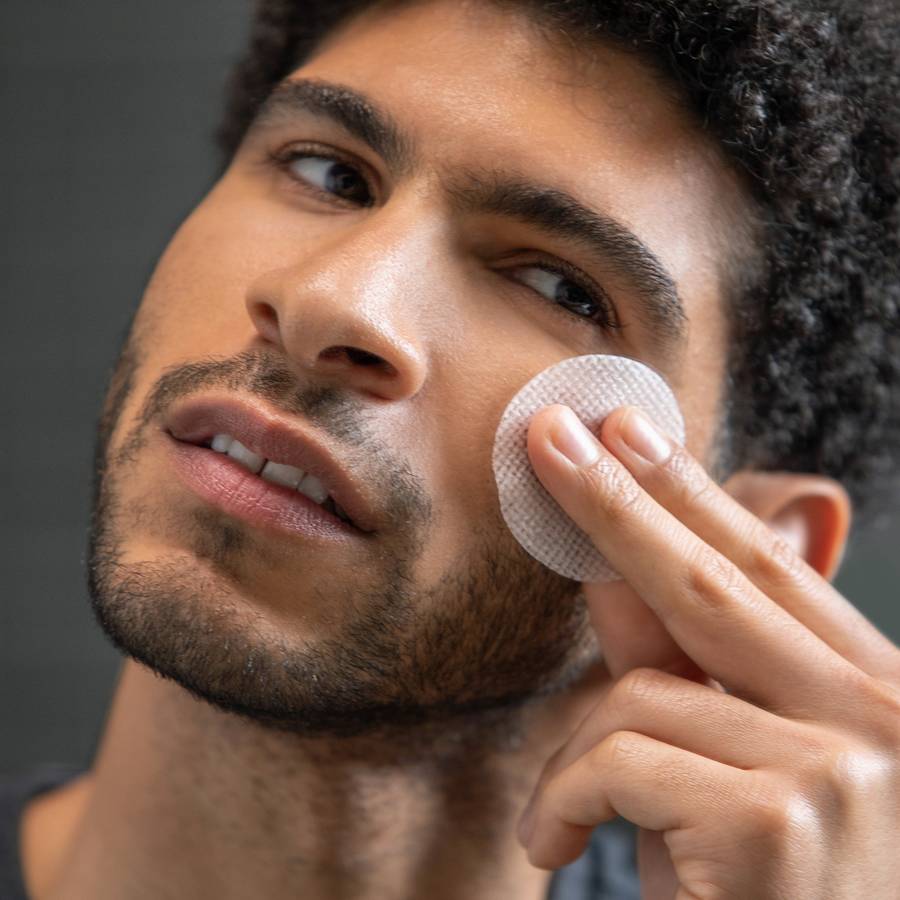


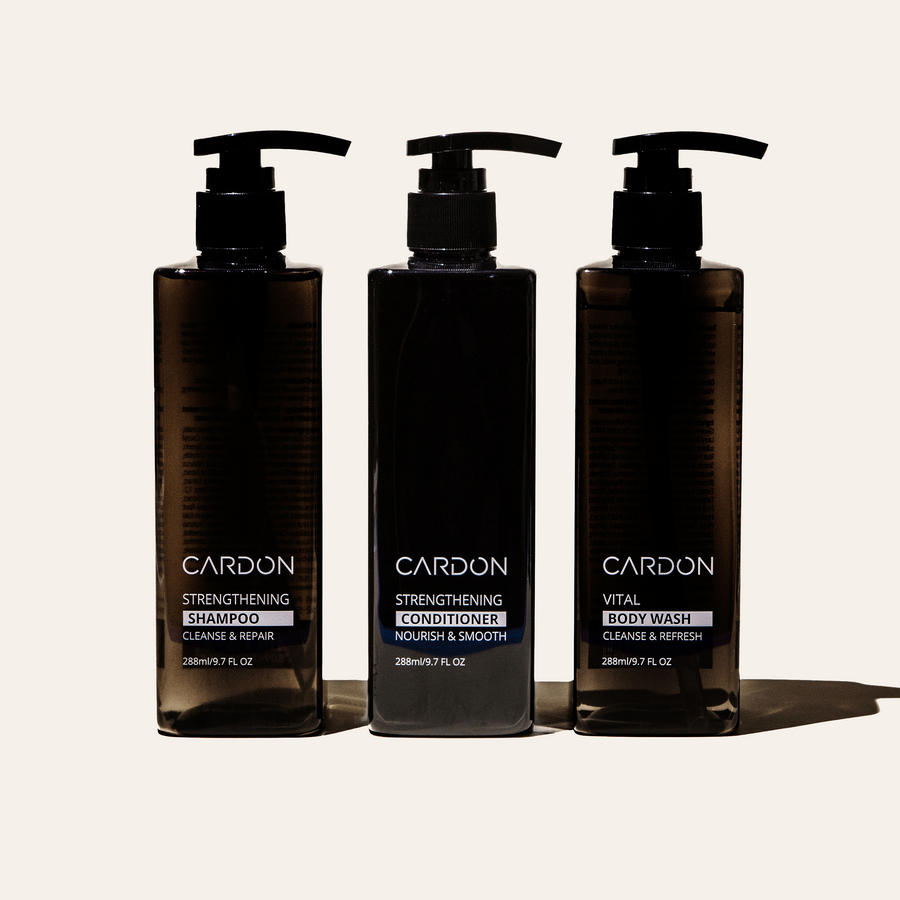

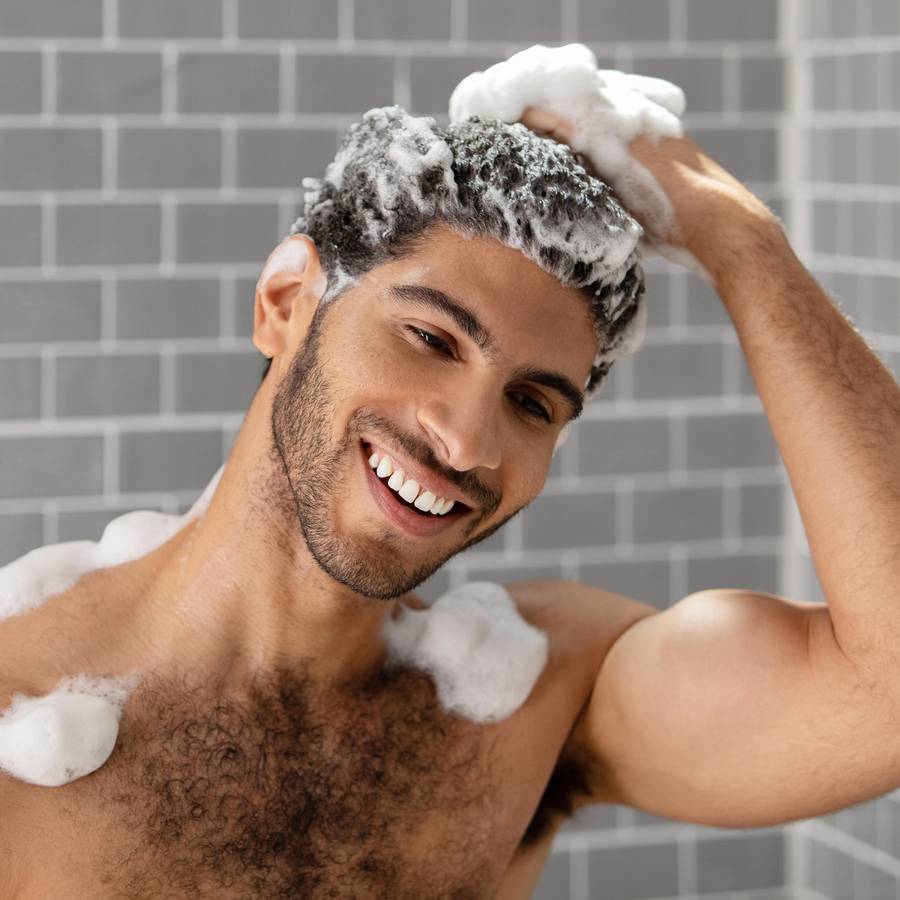


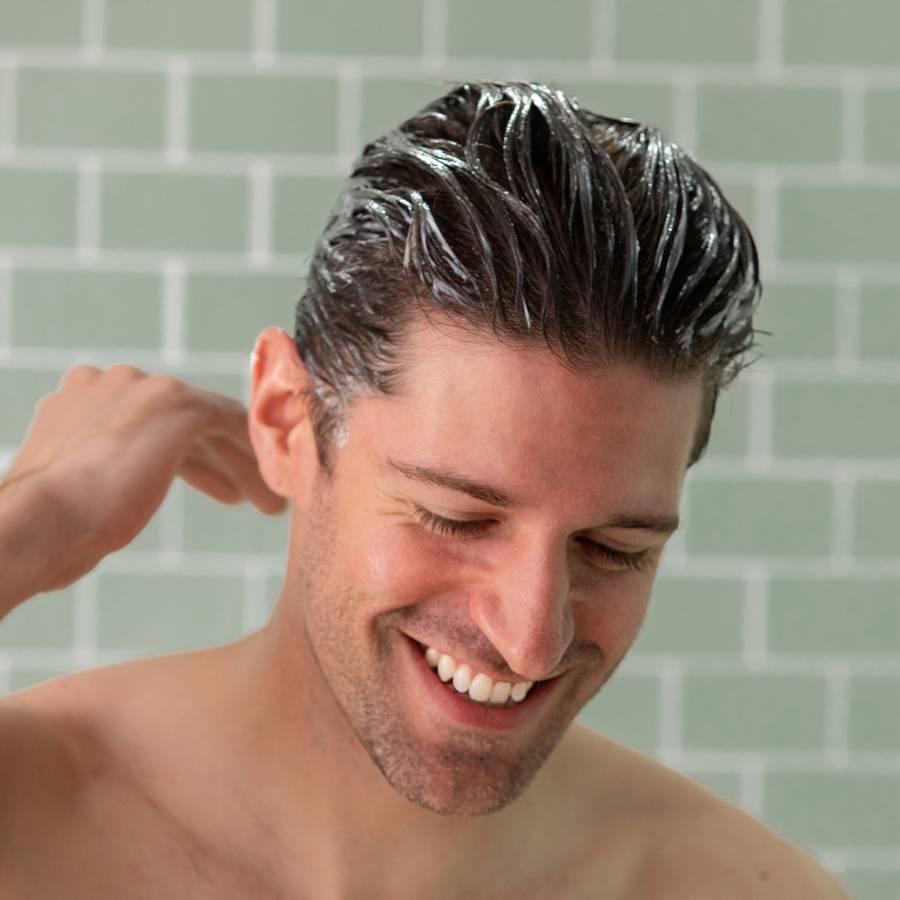
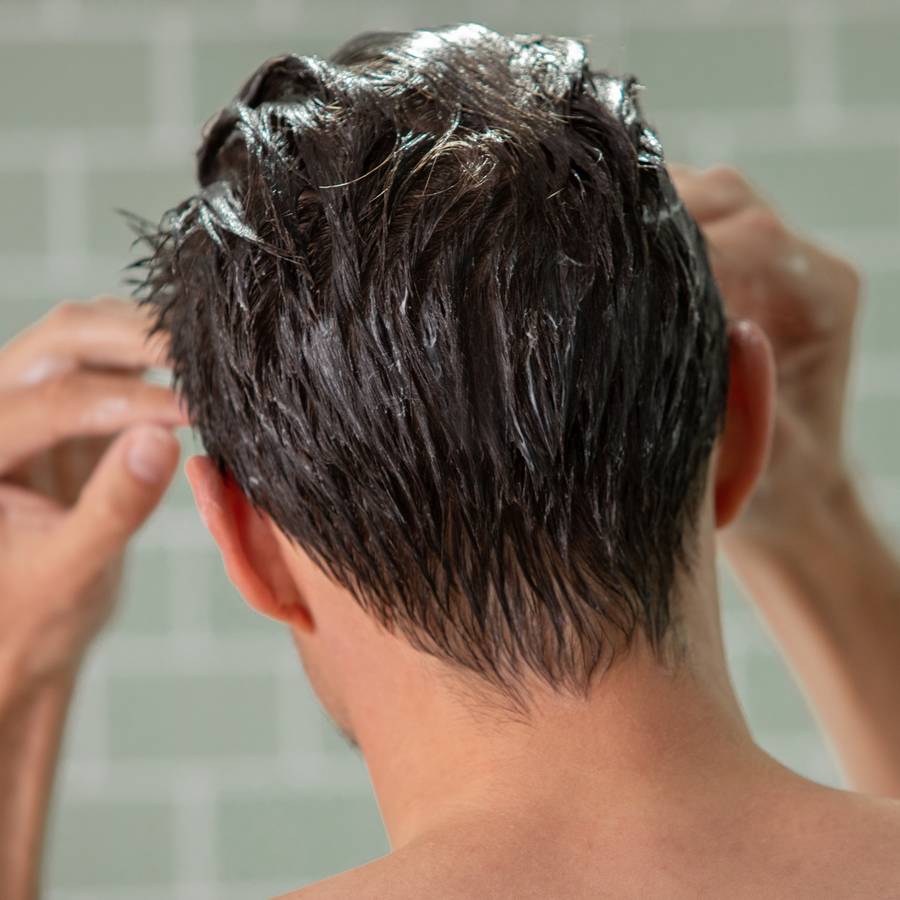
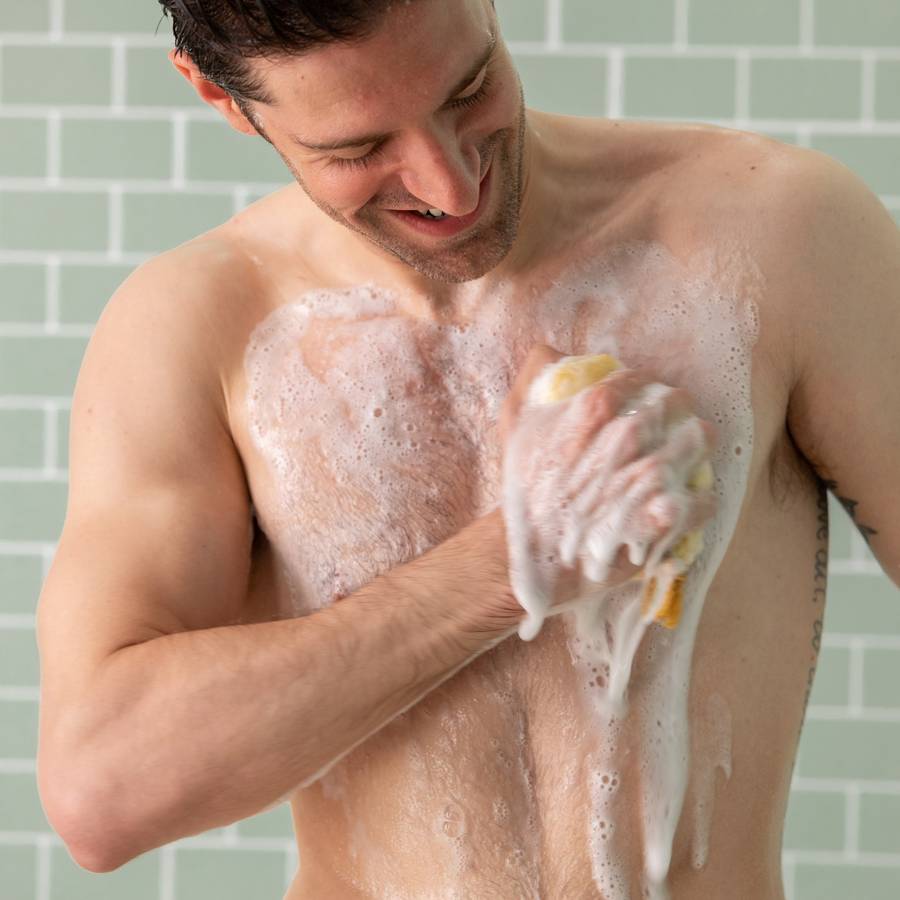
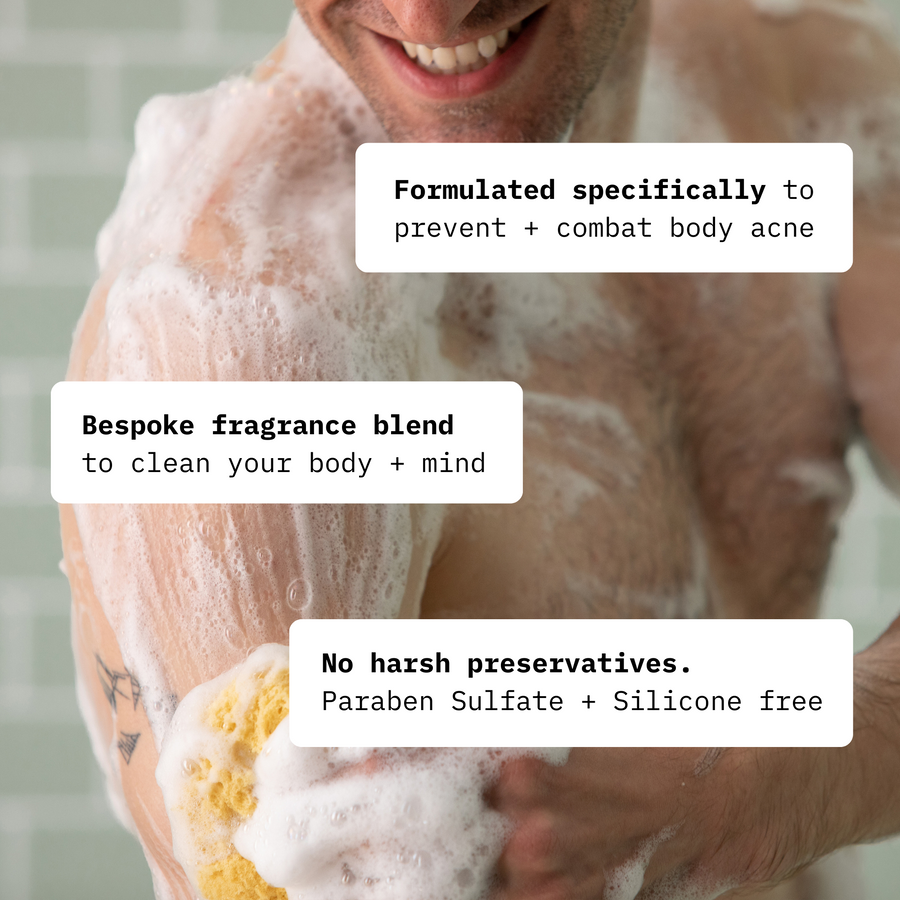

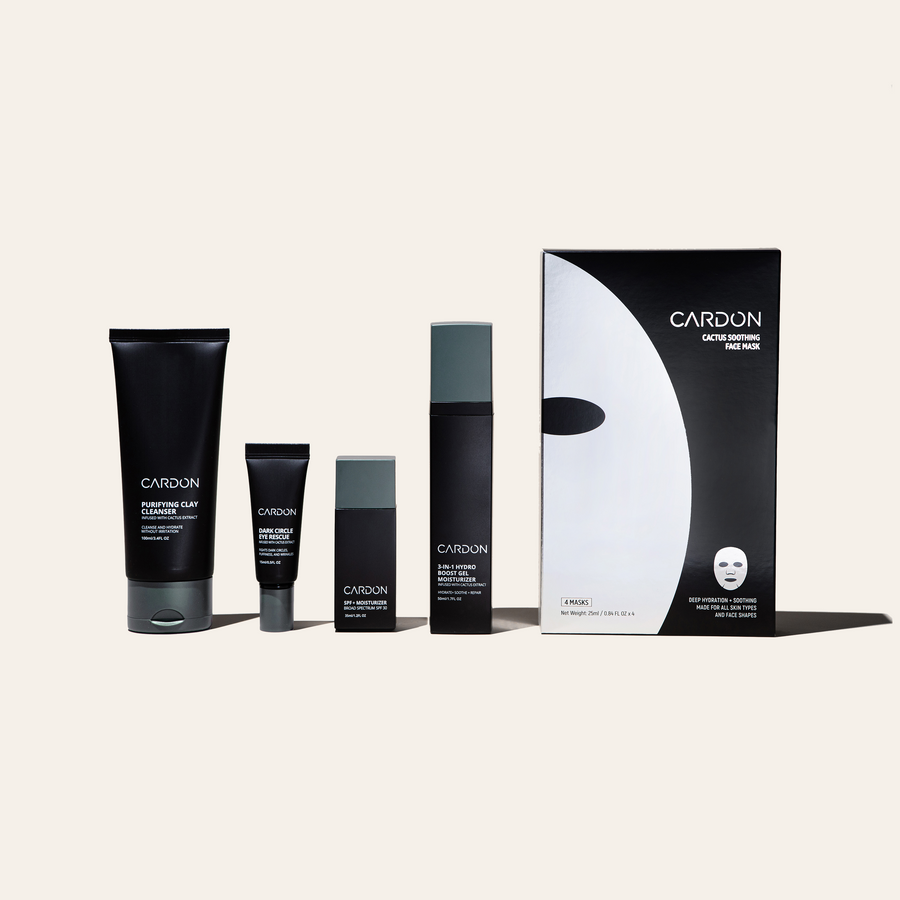
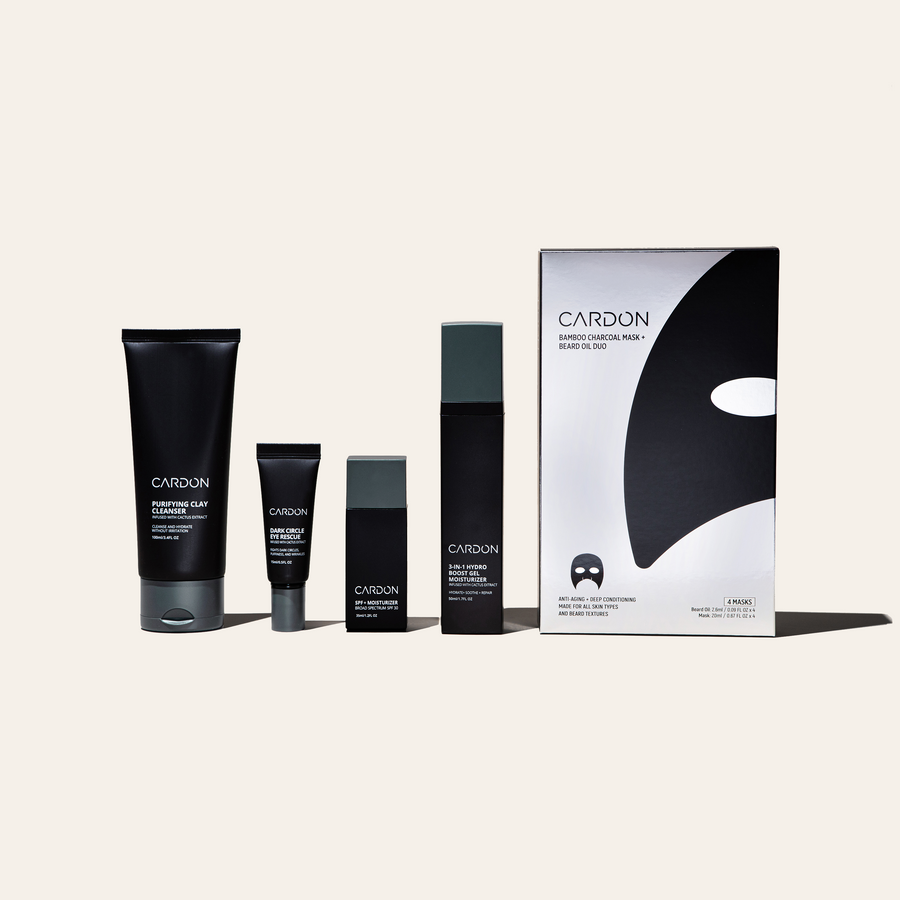
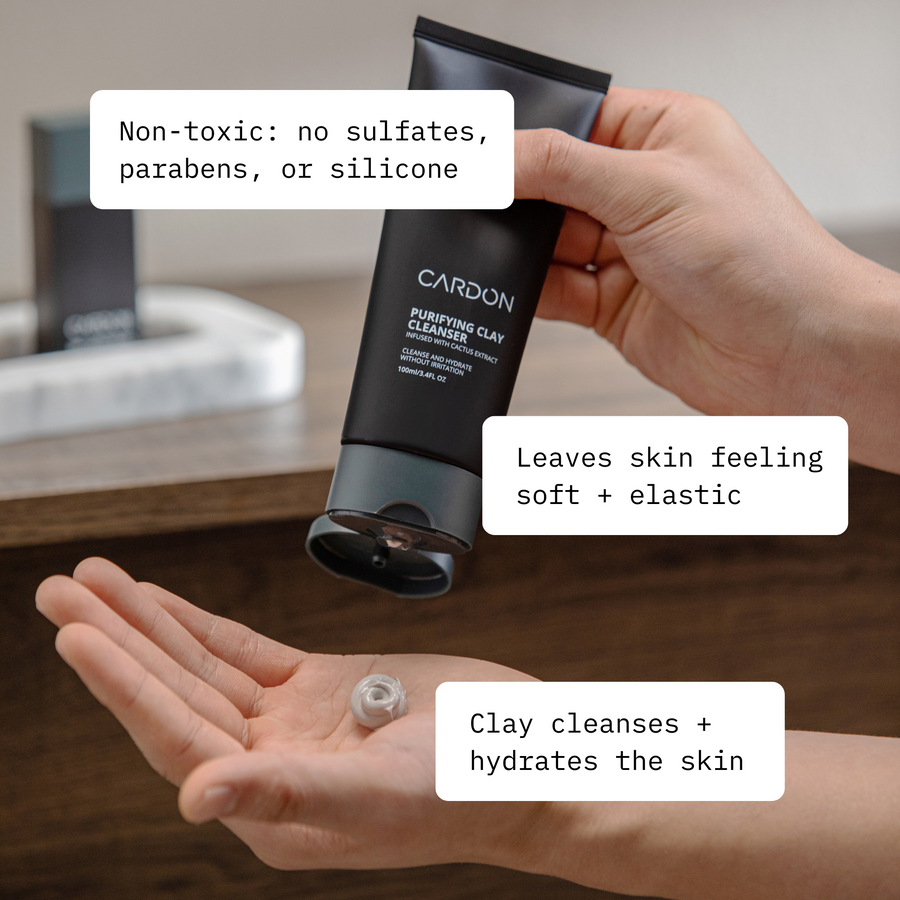
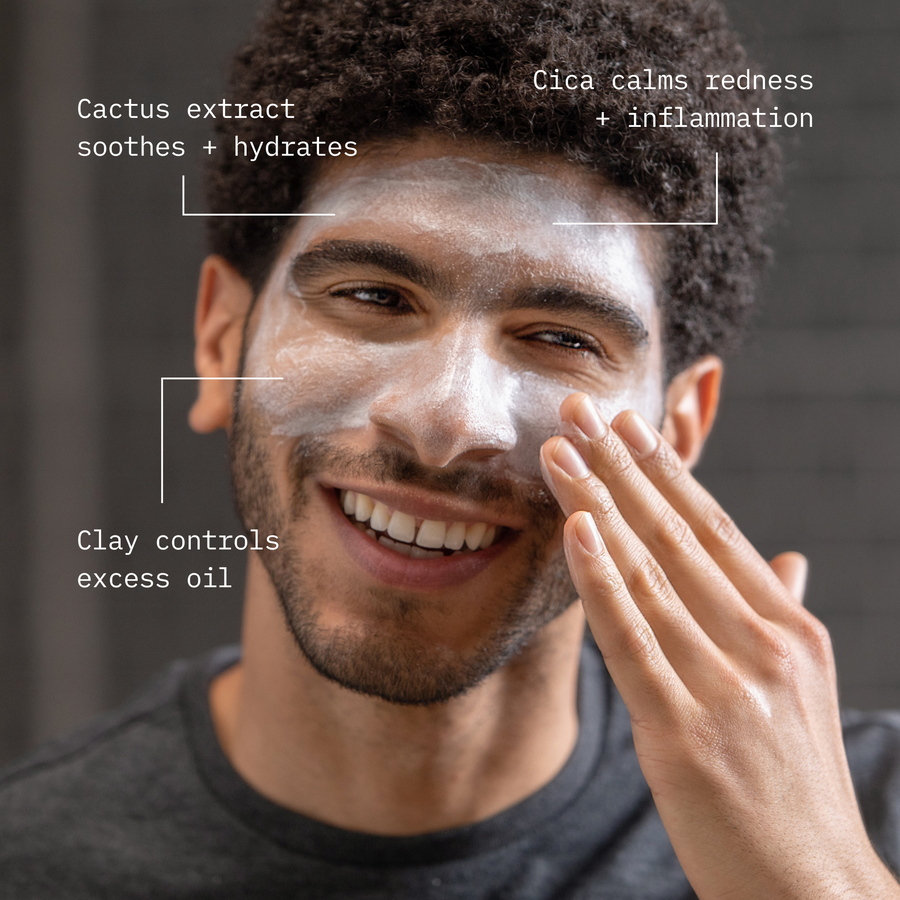


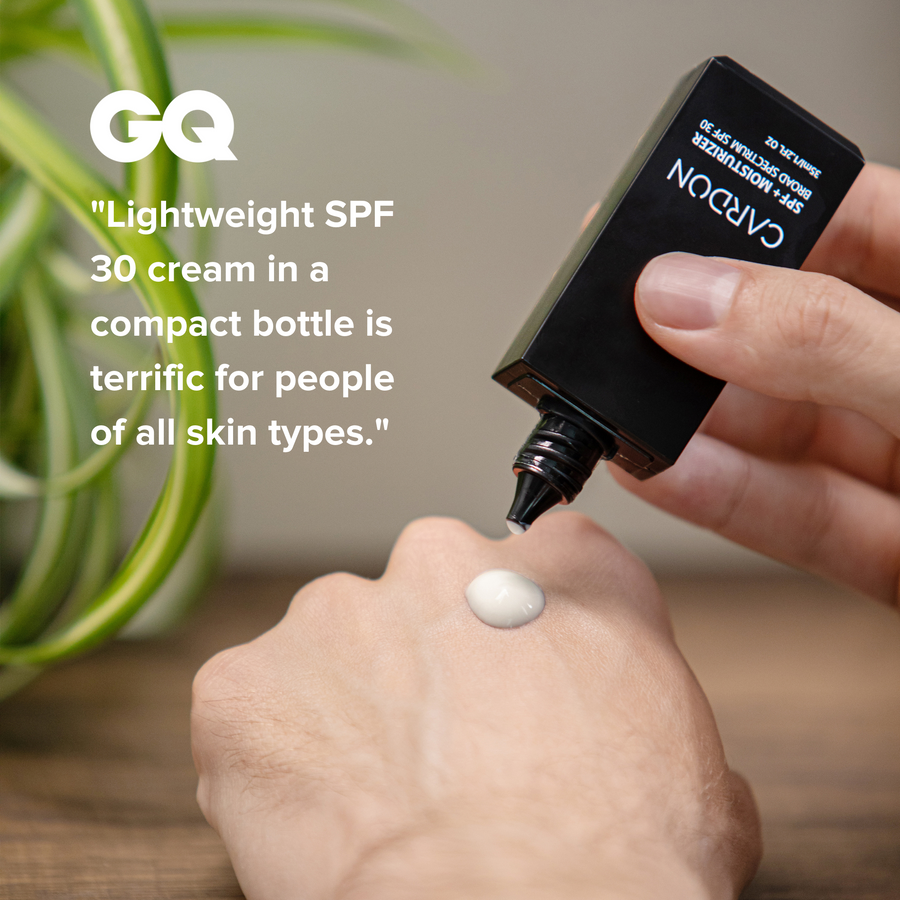
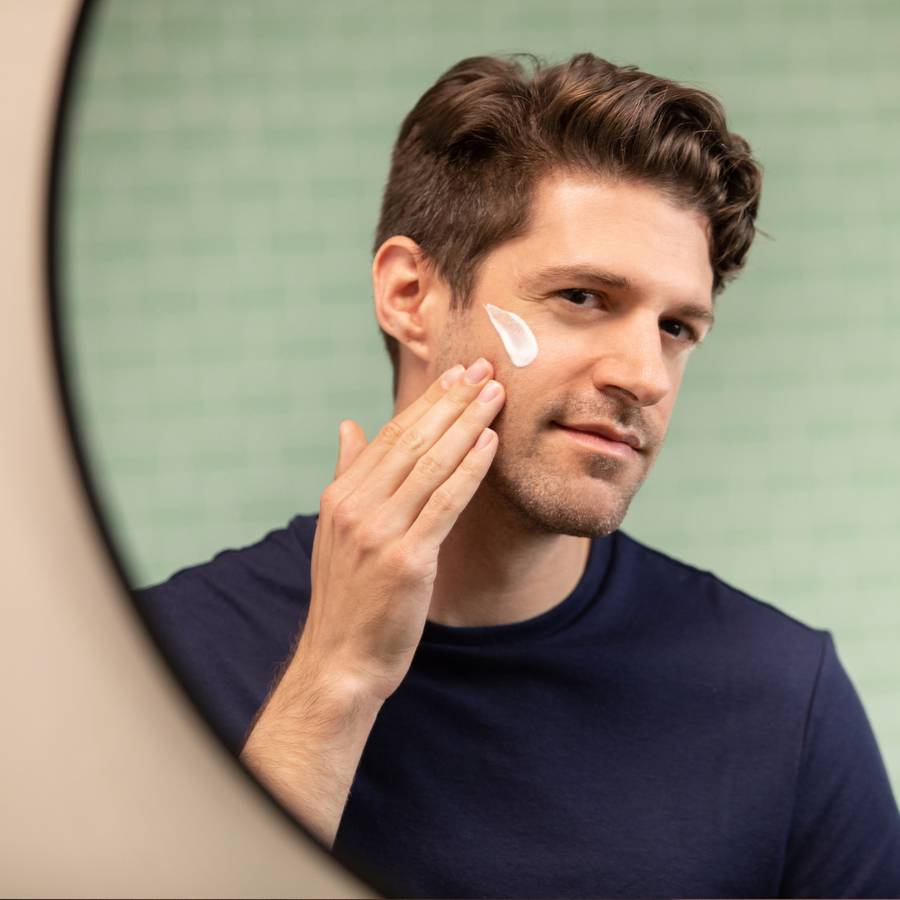
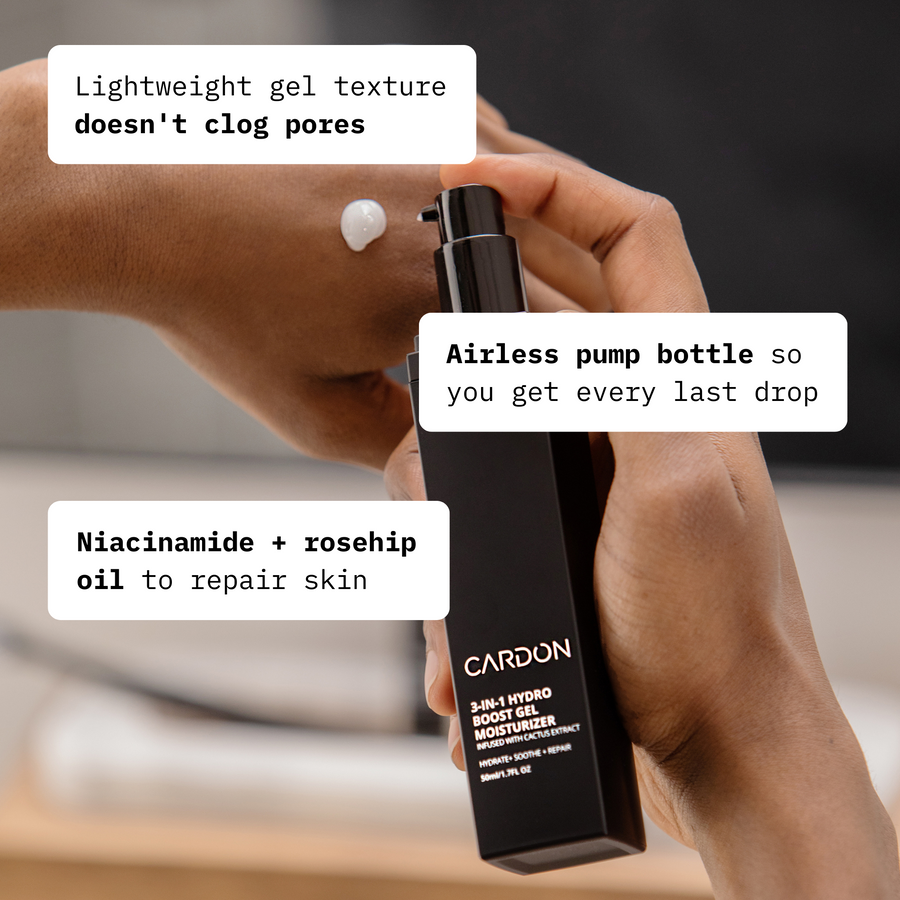


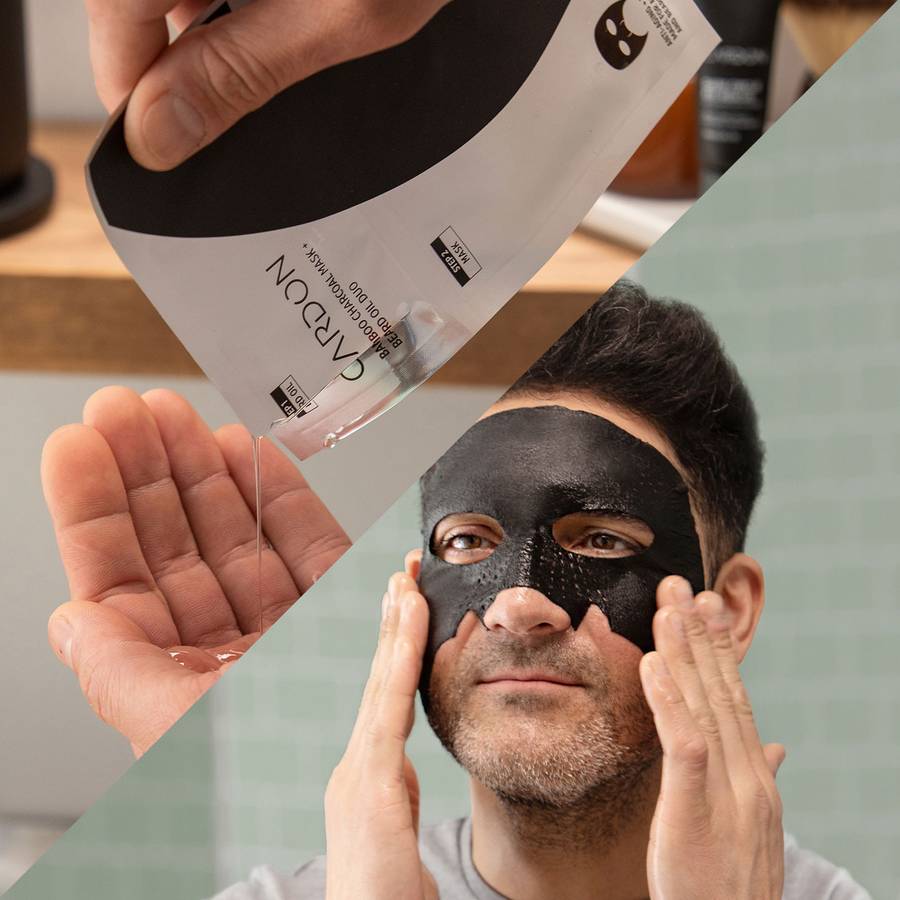

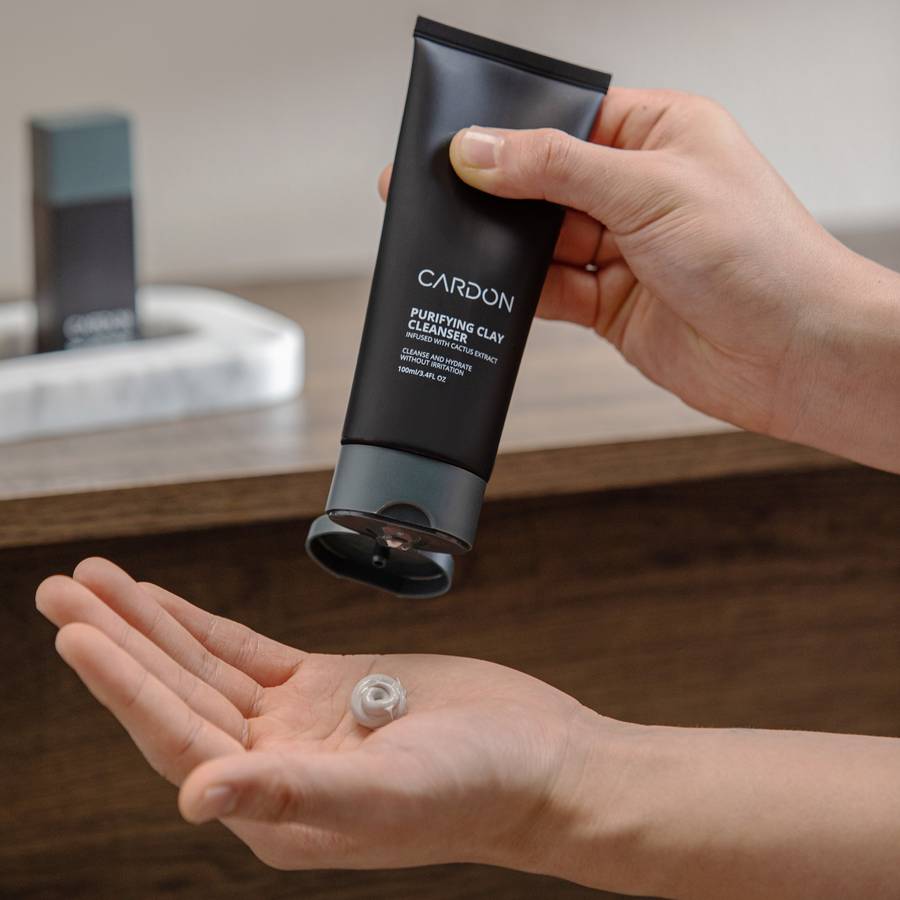
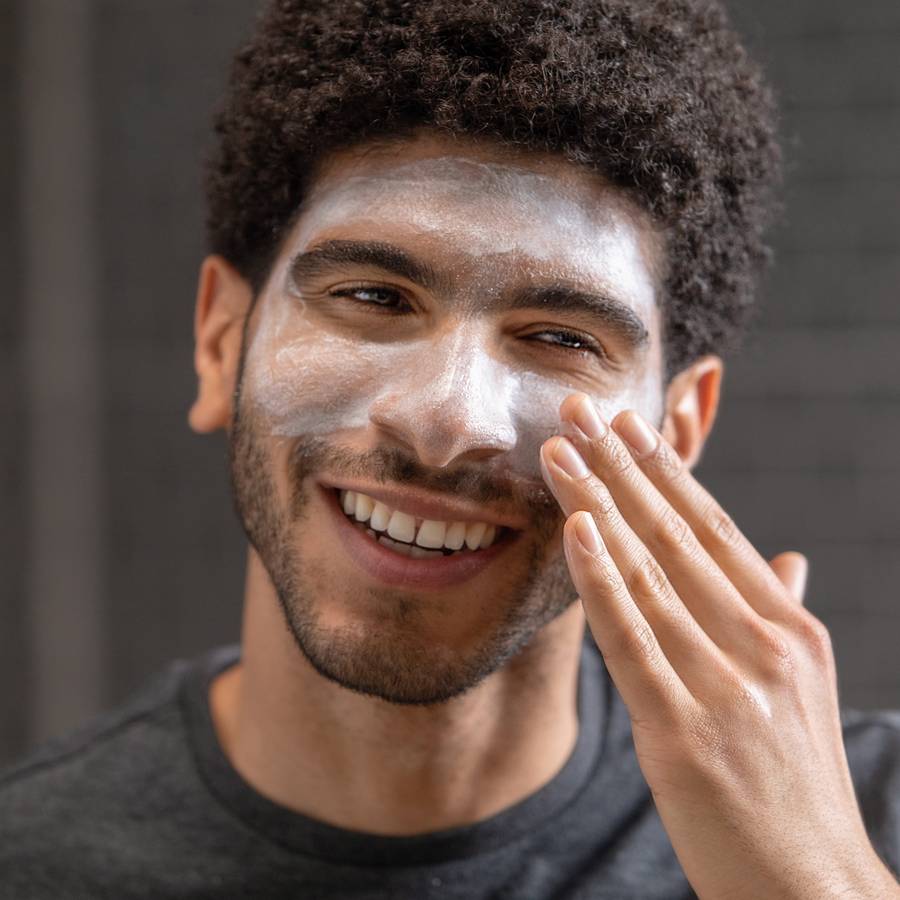
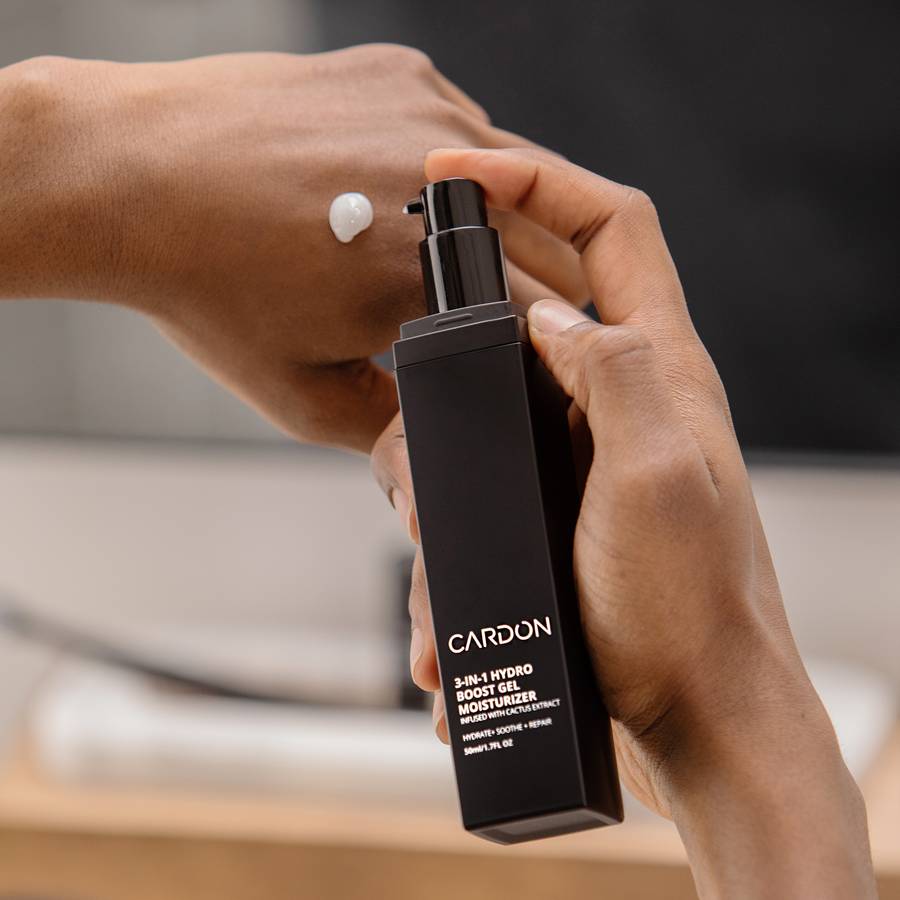
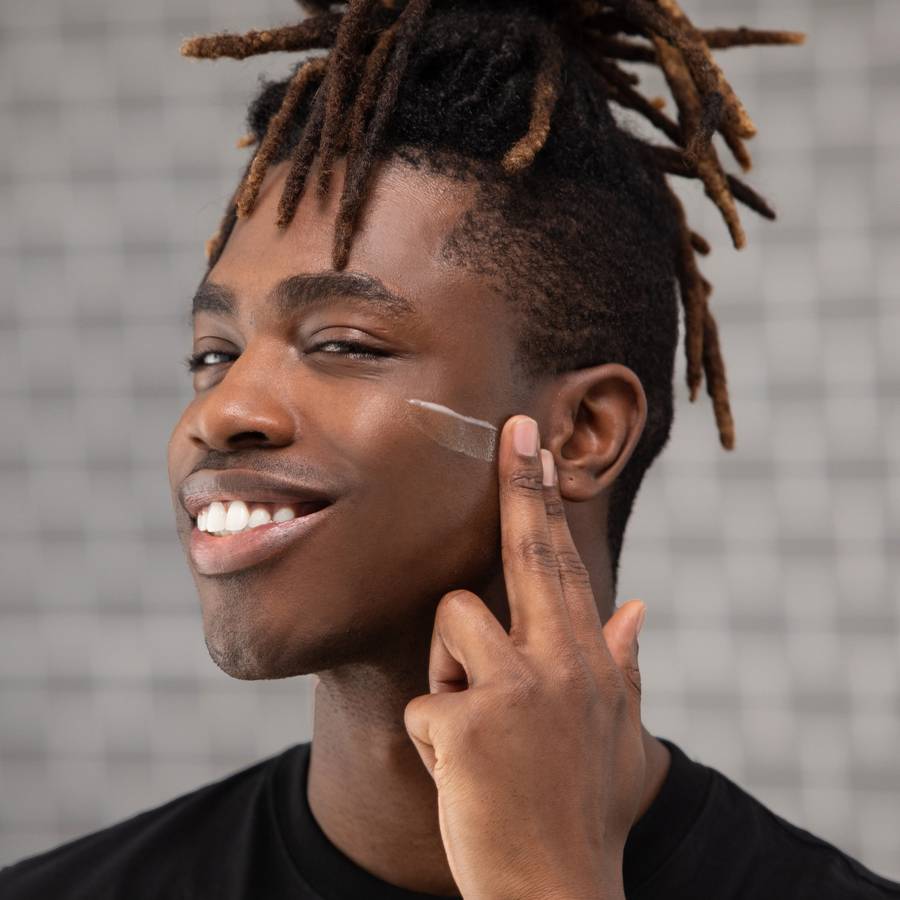
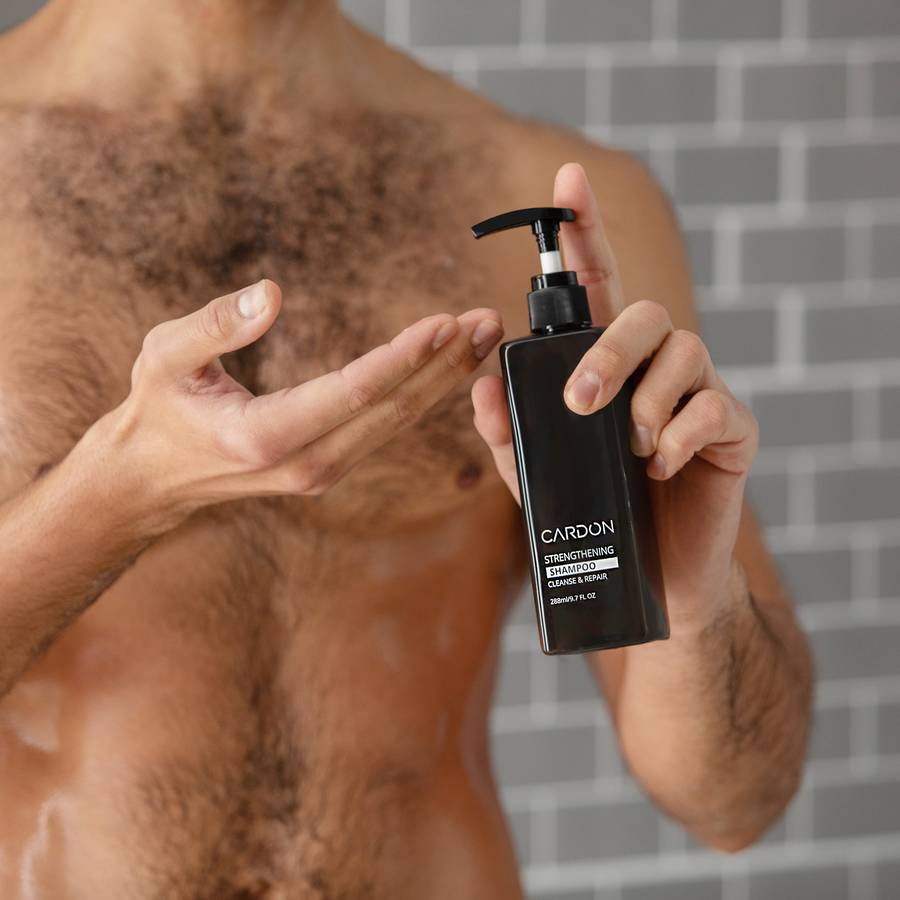

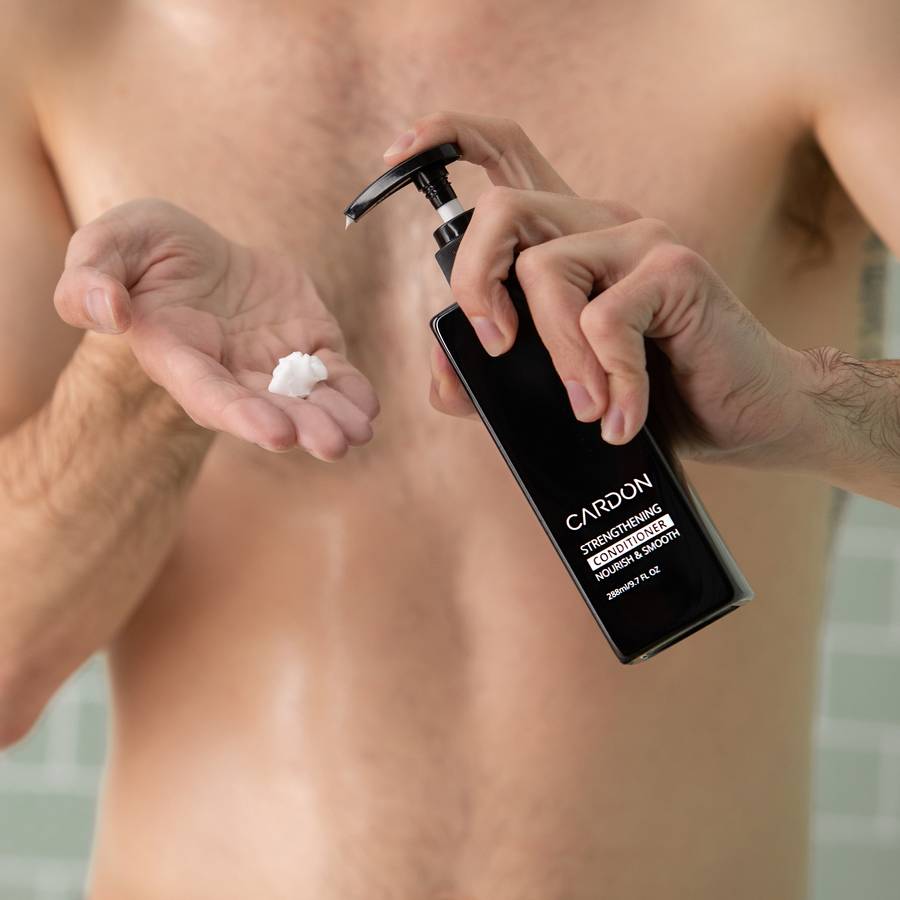
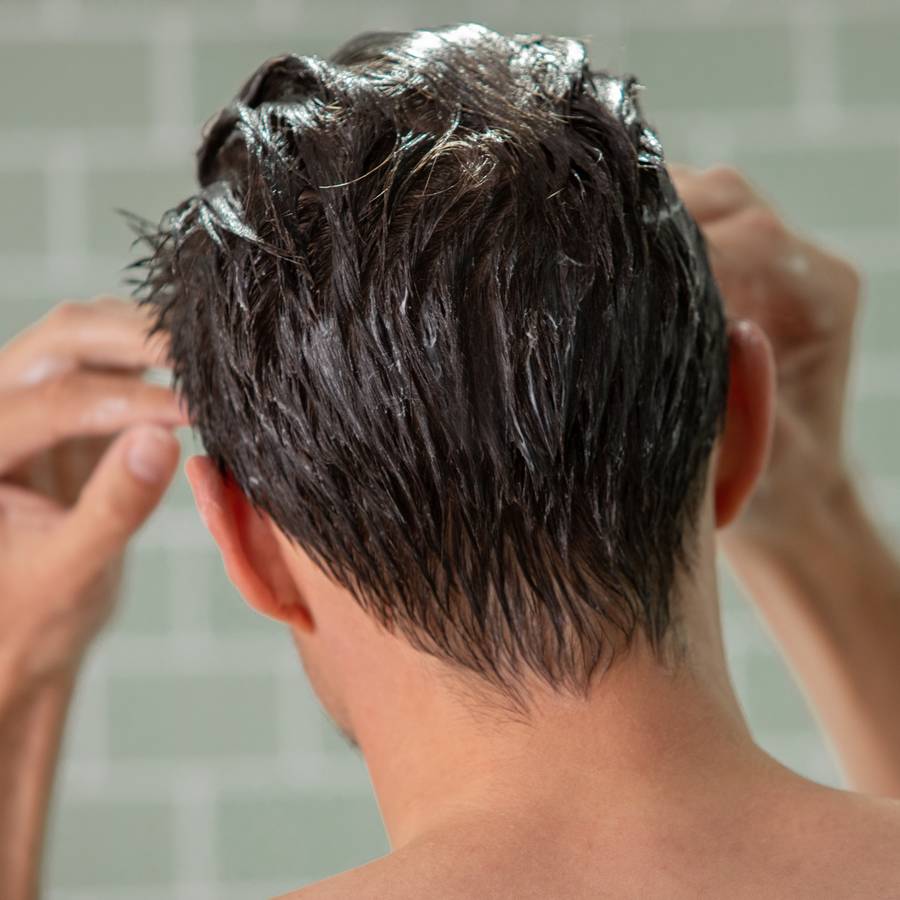
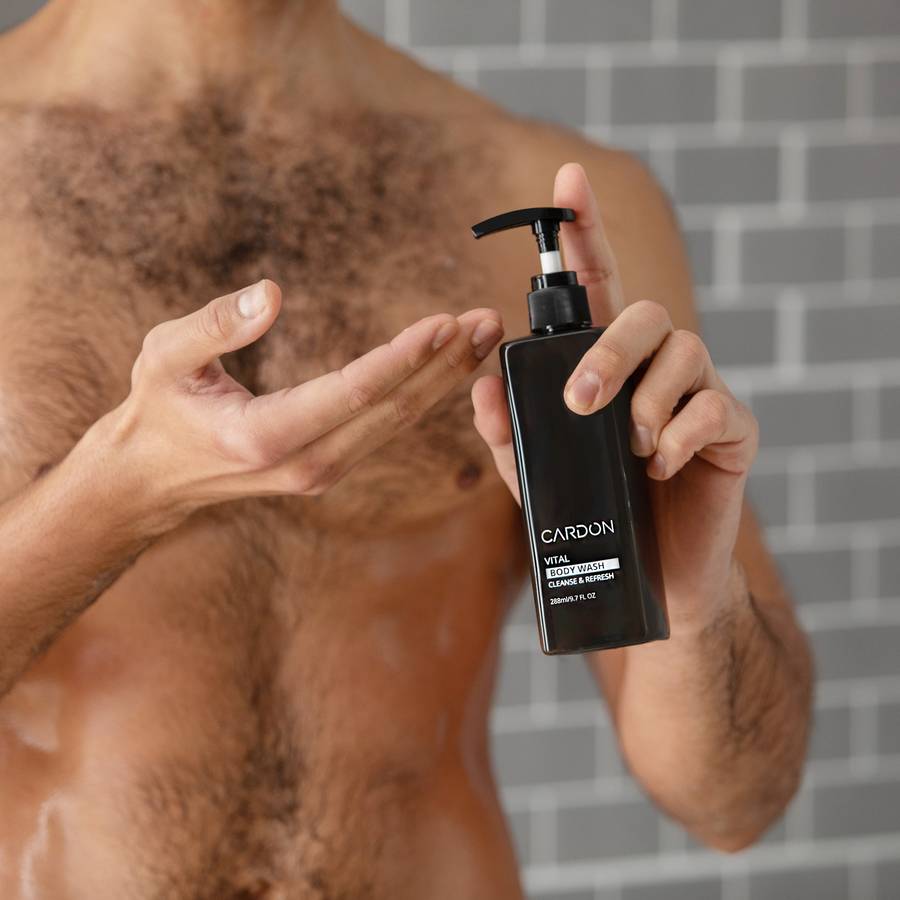

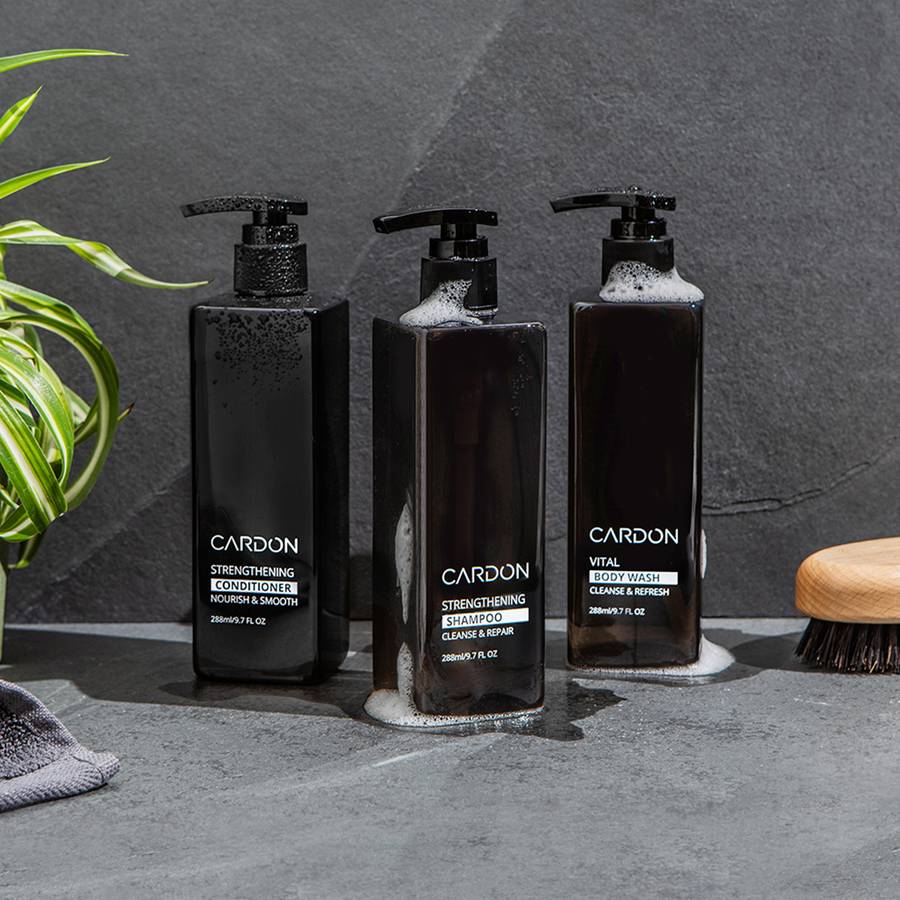

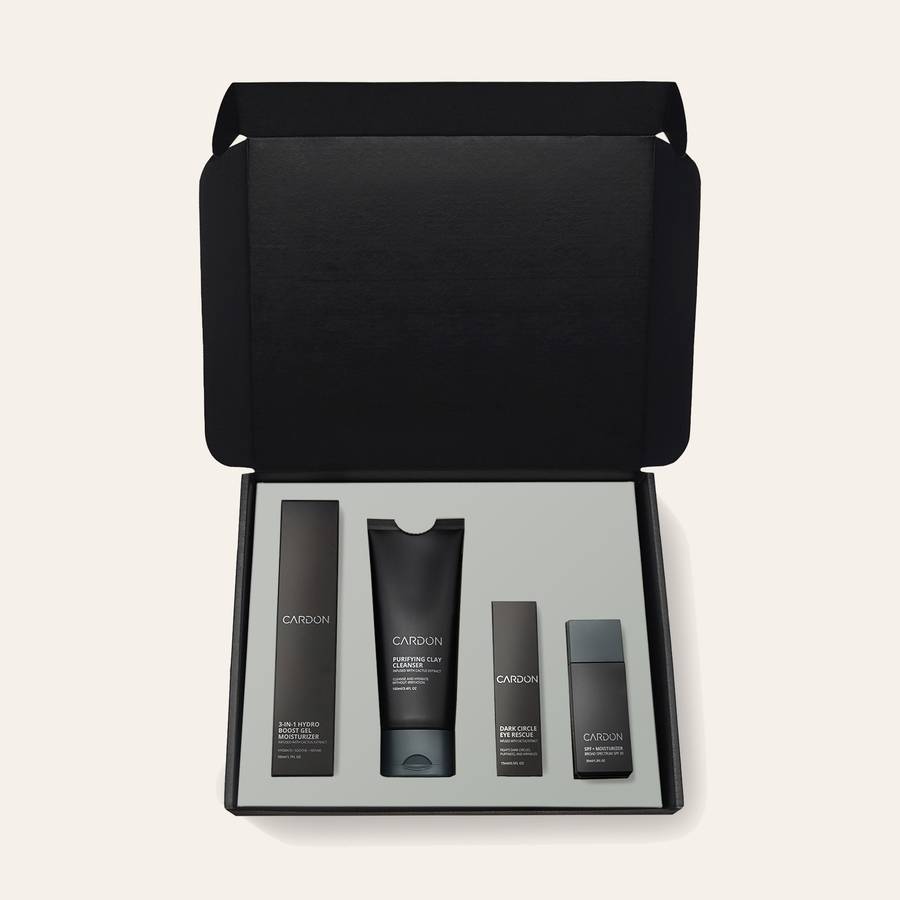

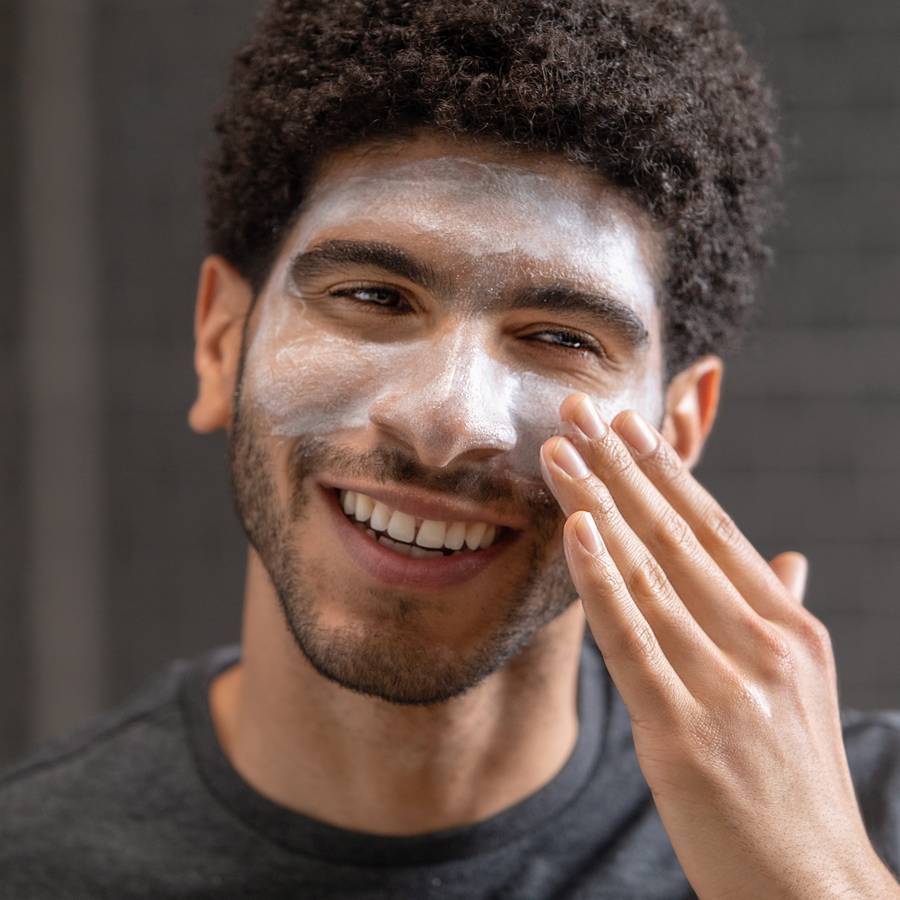
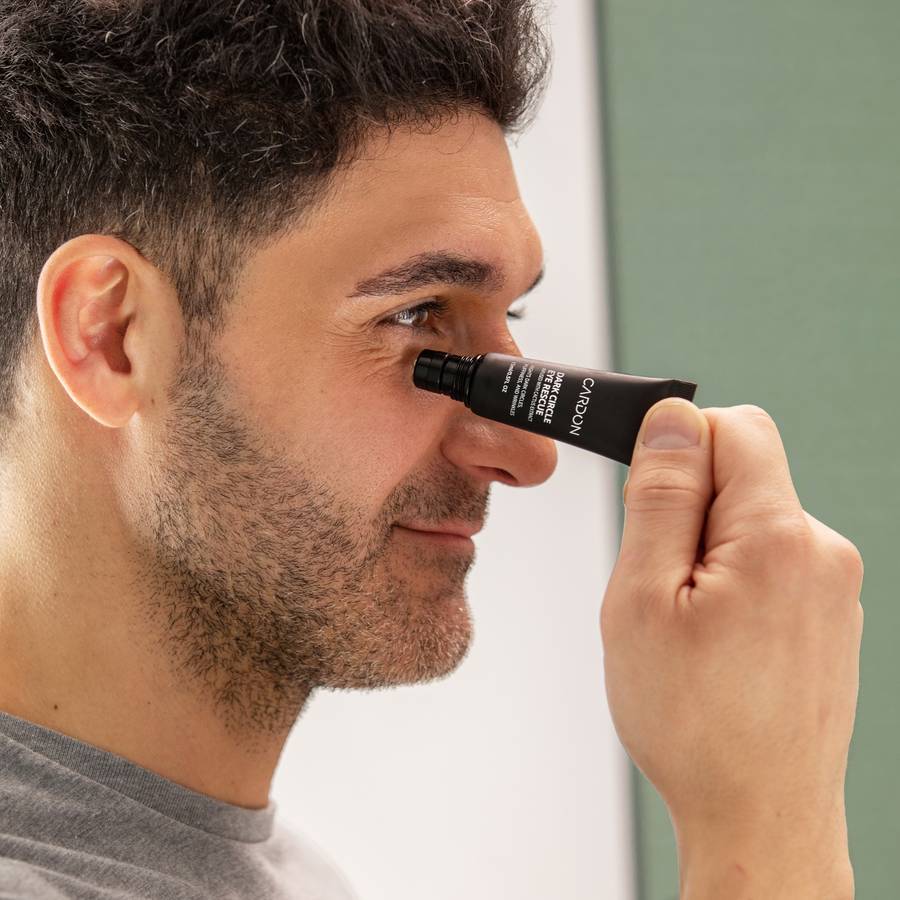

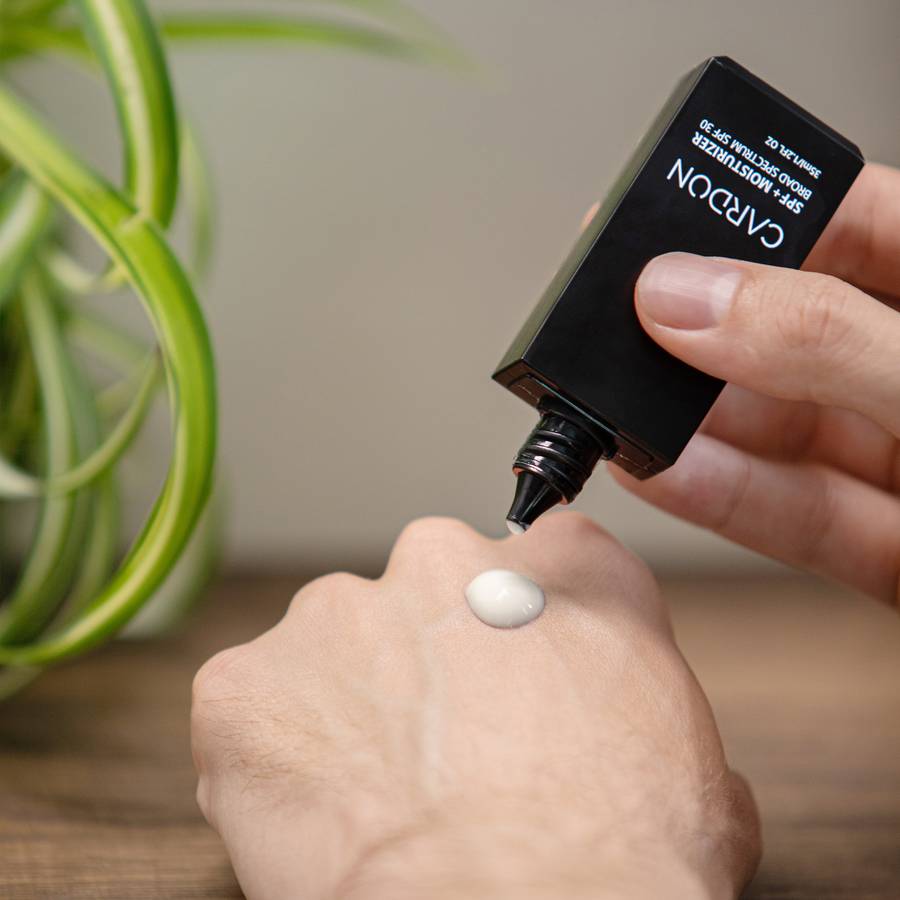


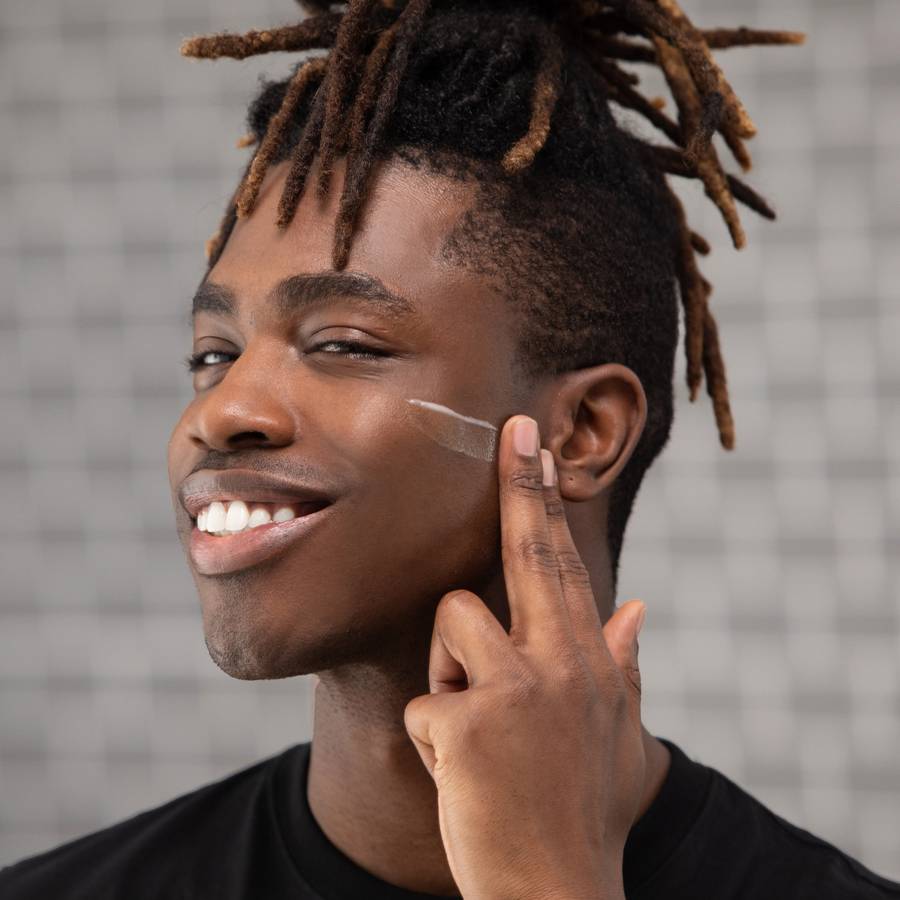
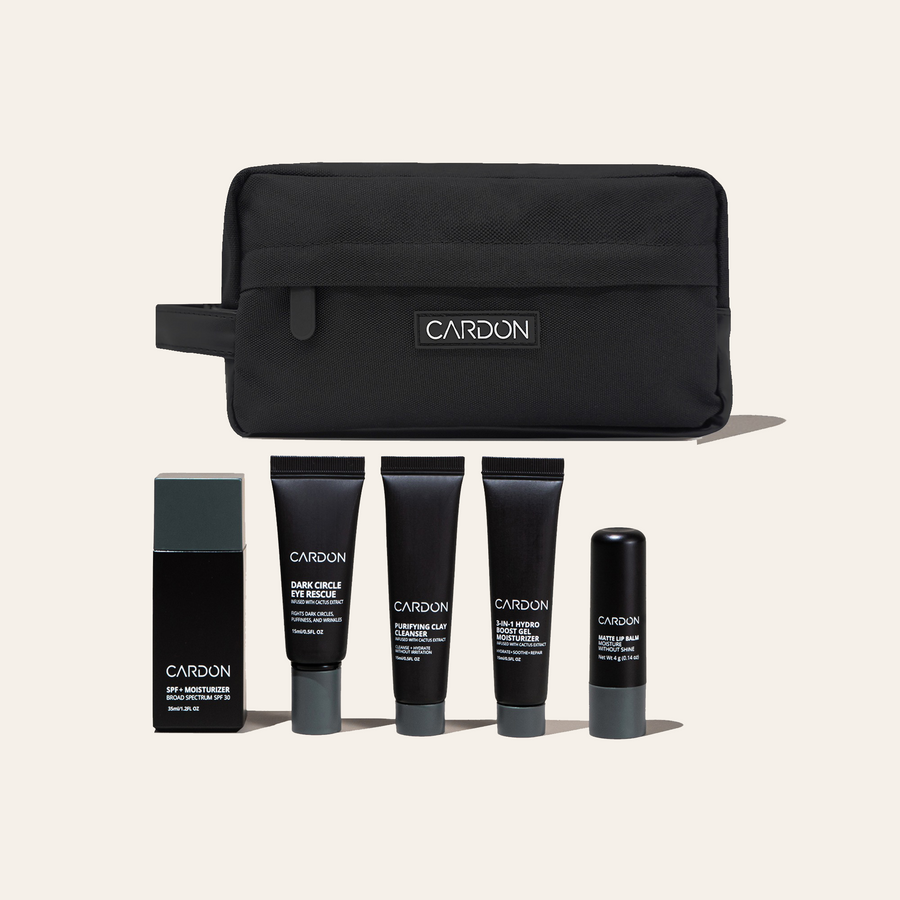
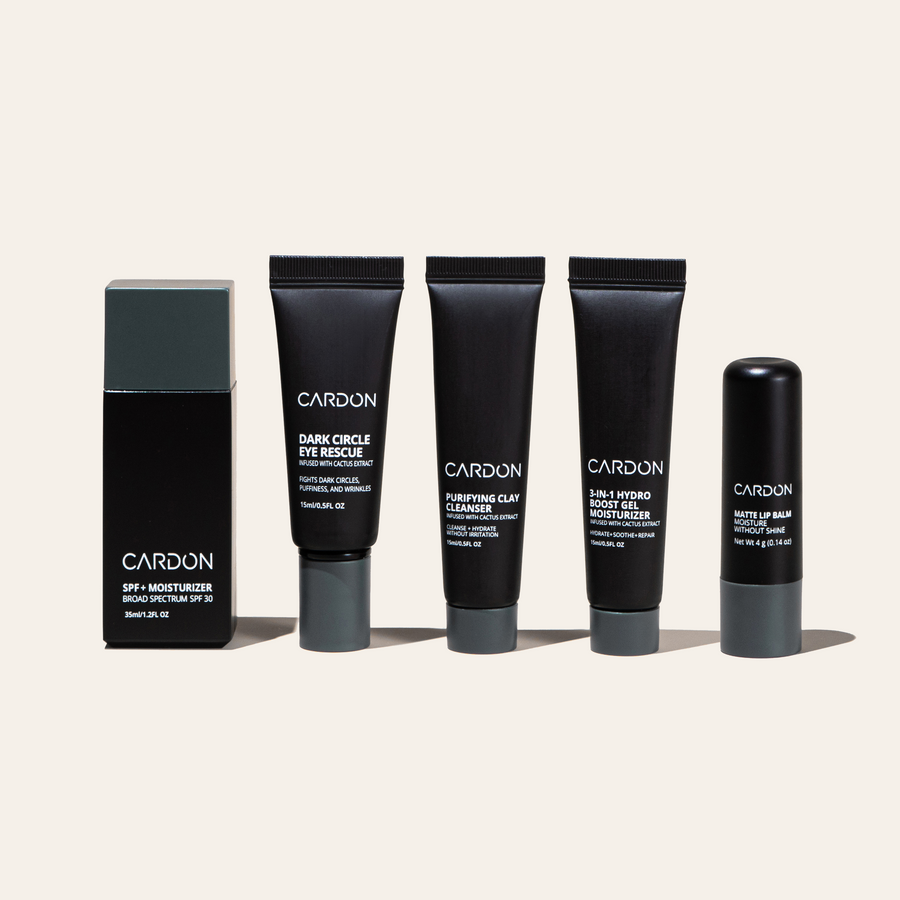
.jpg?v=1660669602636&options=w_900)
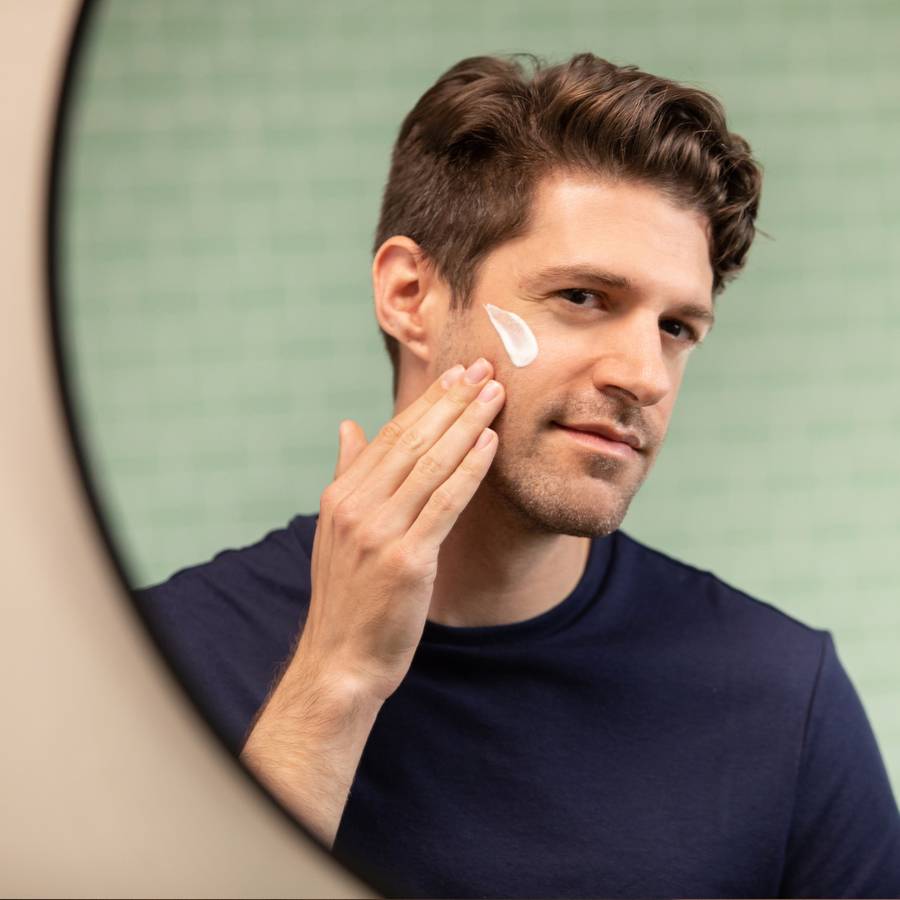
.jpg?v=1660669712802&options=w_900)
.jpg?v=1660669523094&options=w_900)

.jpg?v=1660669849450&options=w_900)
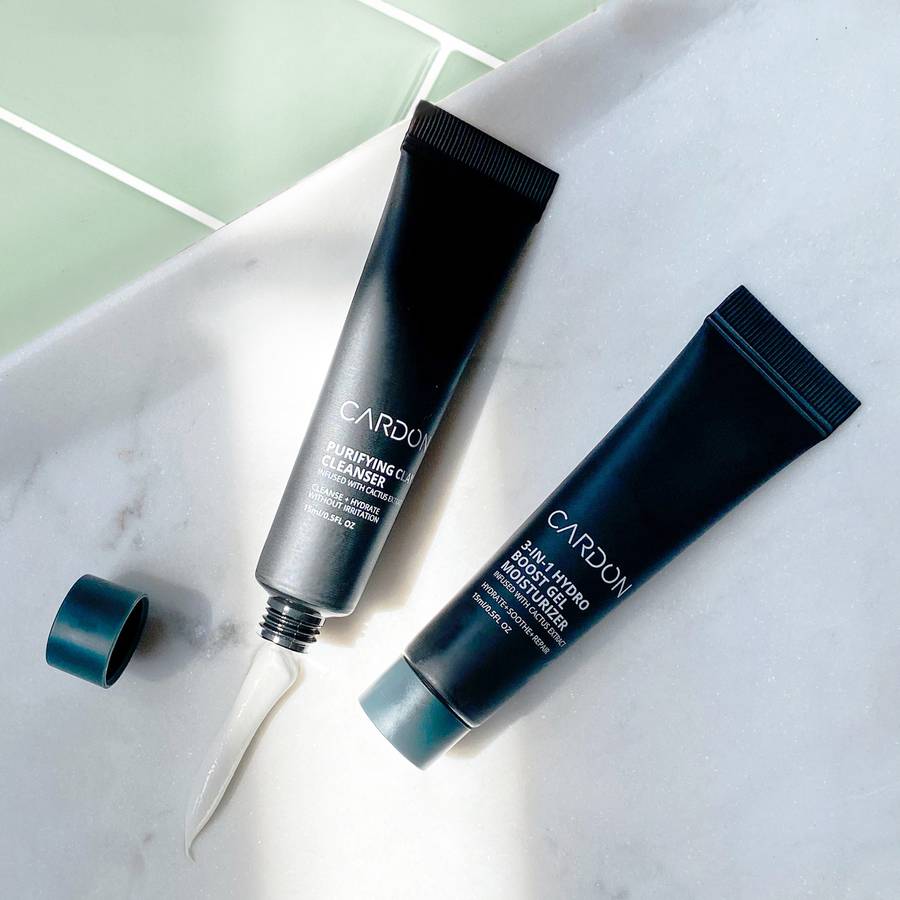
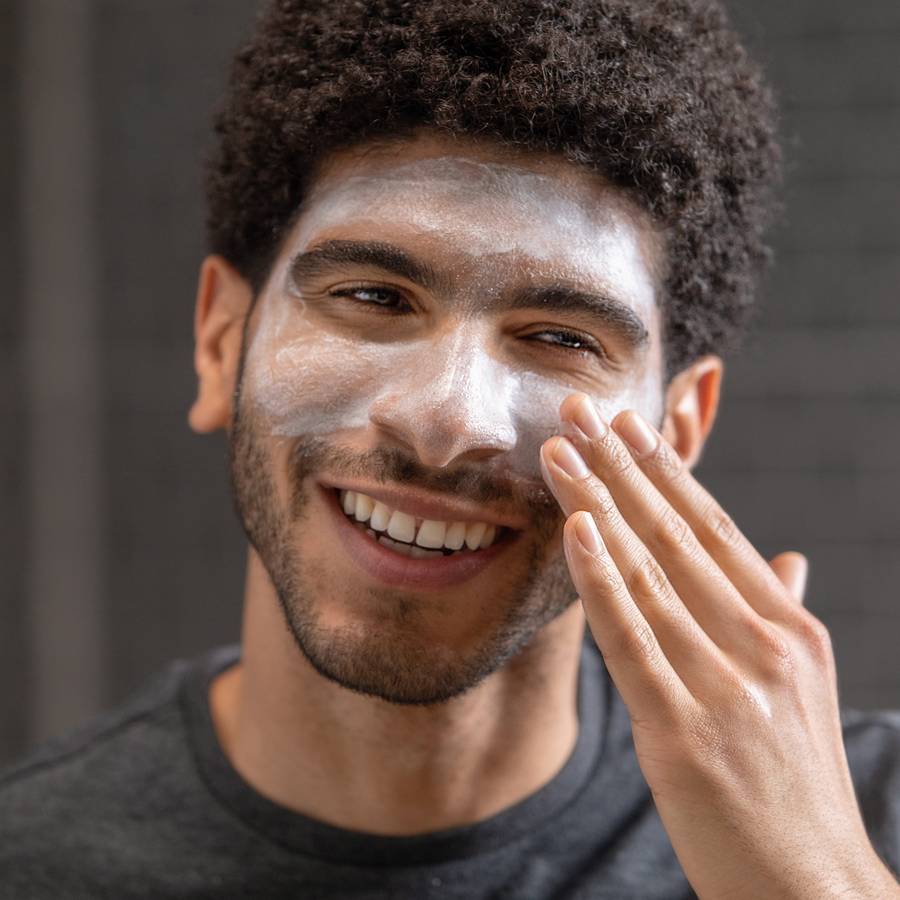

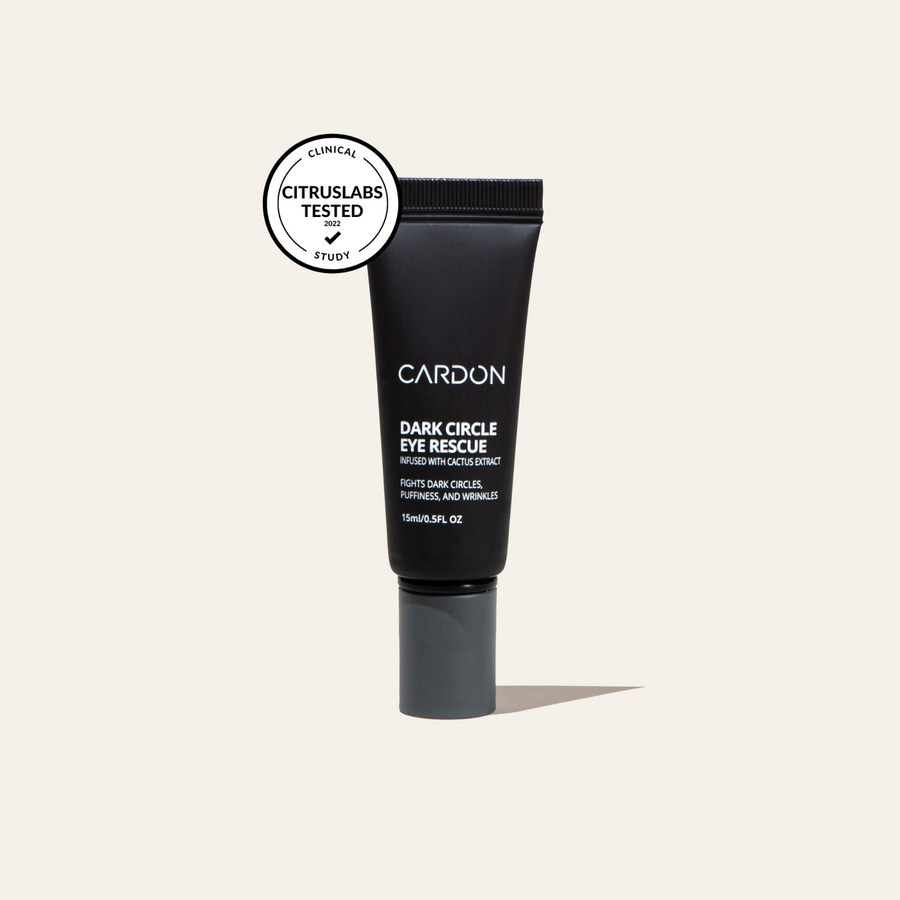


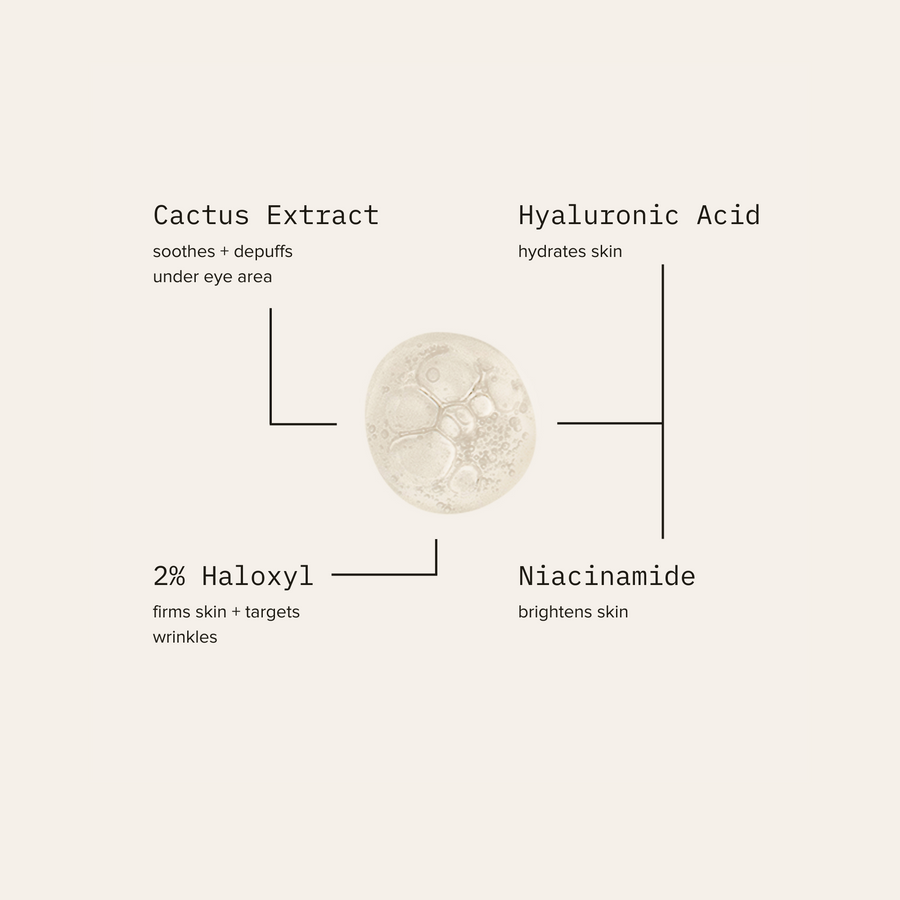

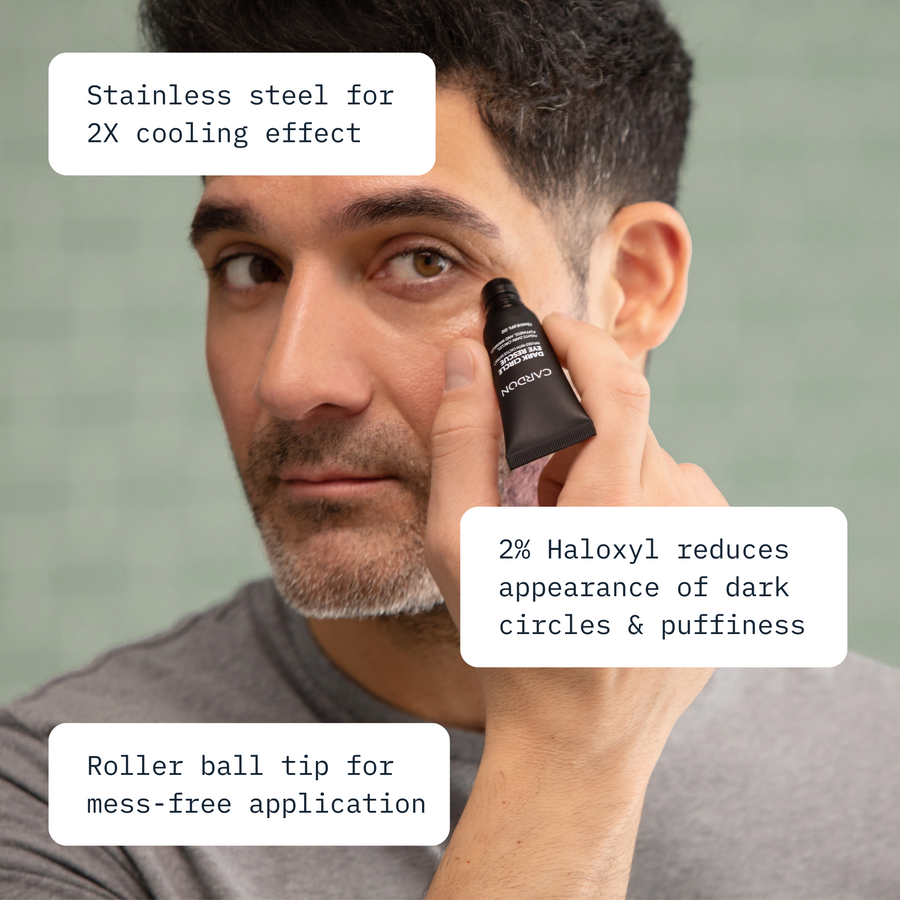

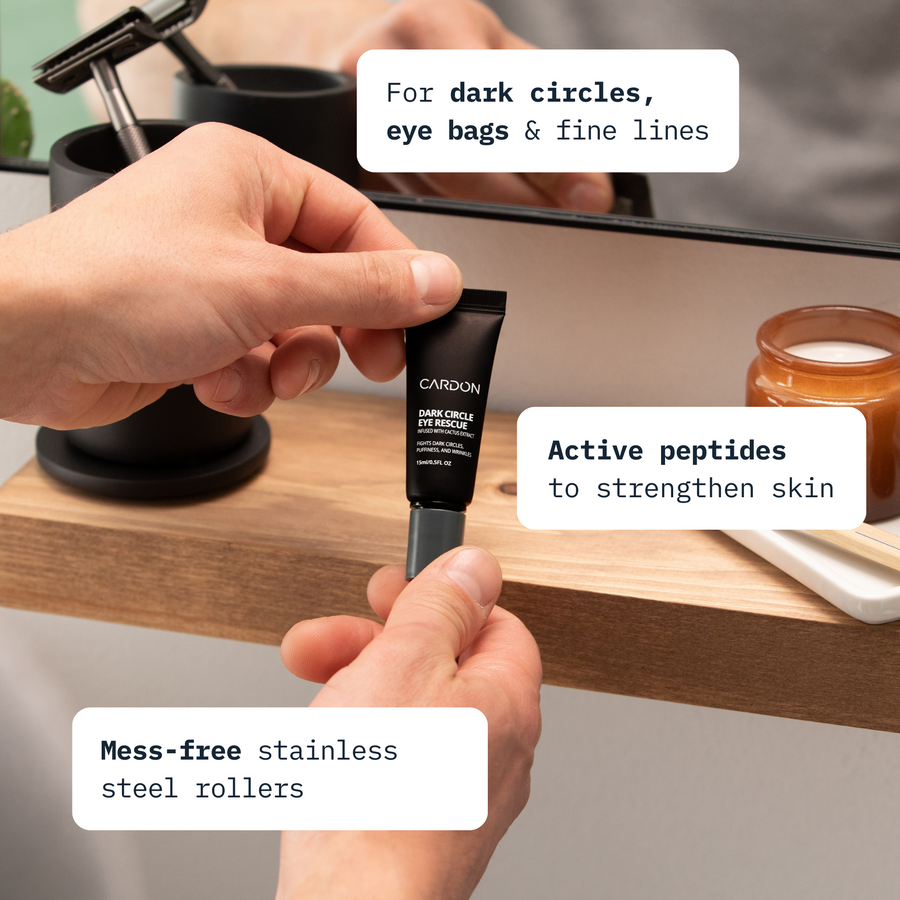
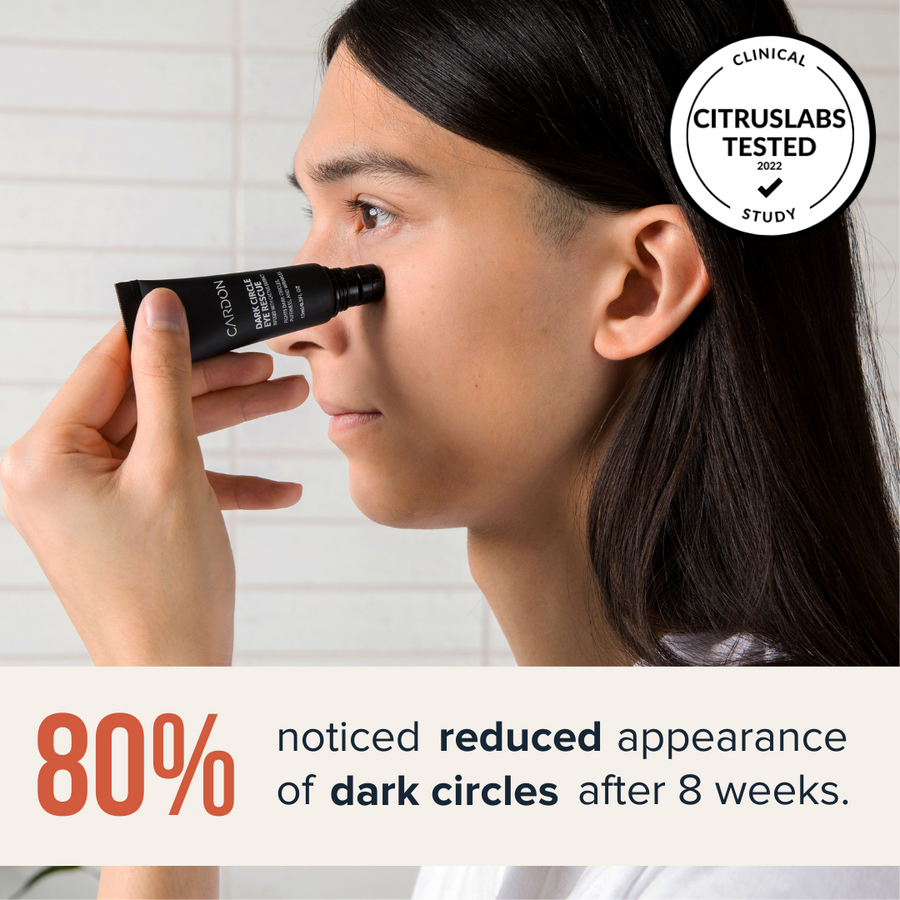
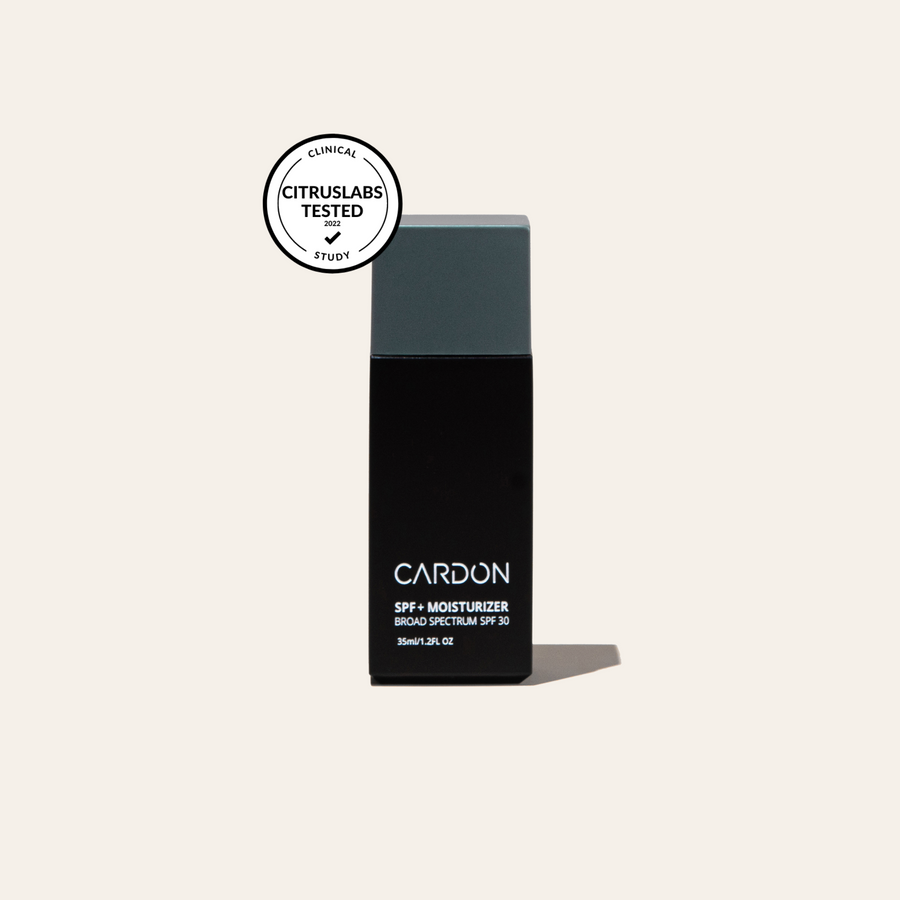

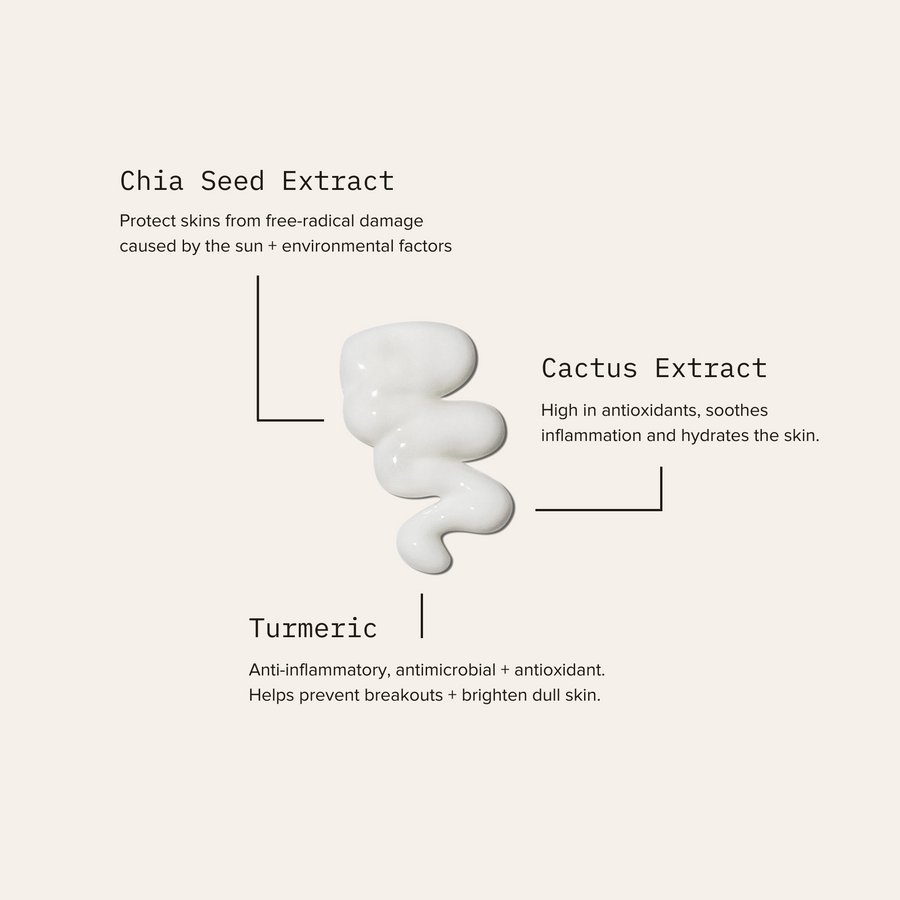

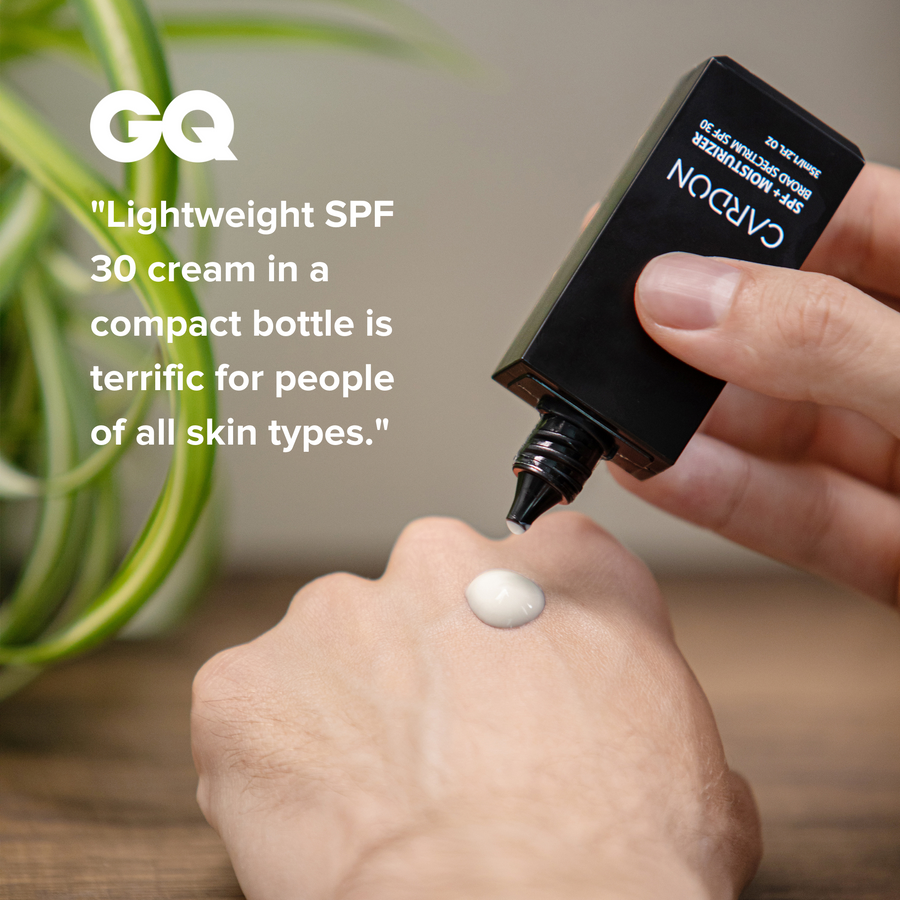

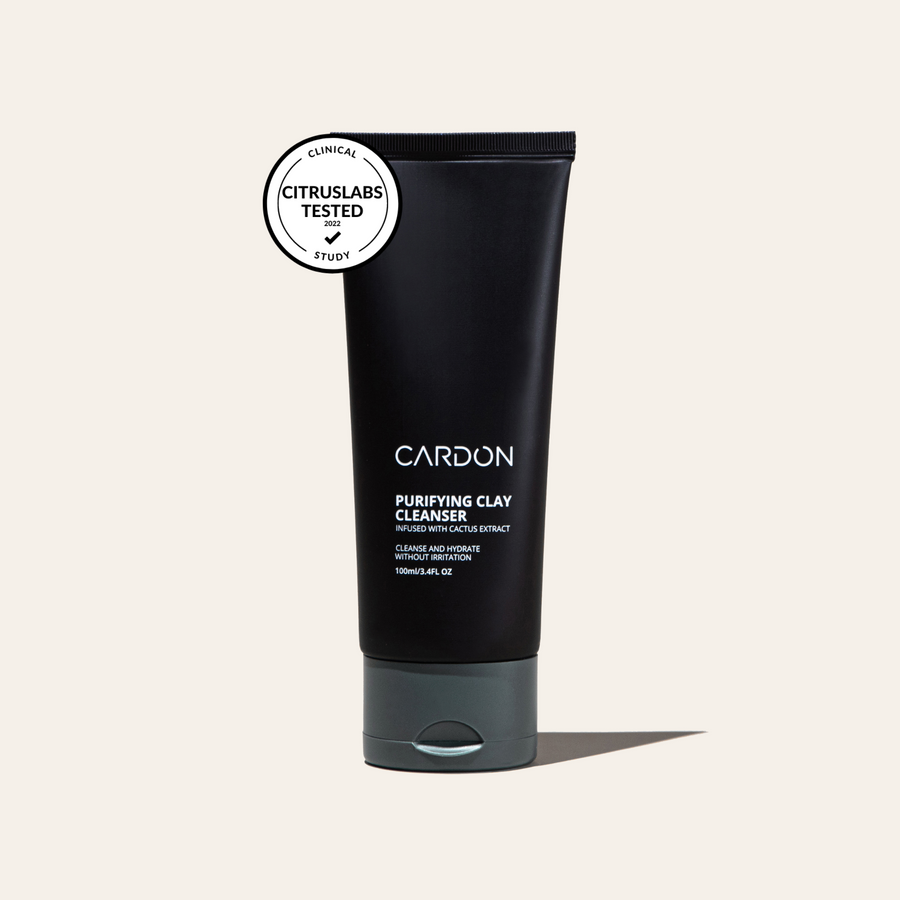
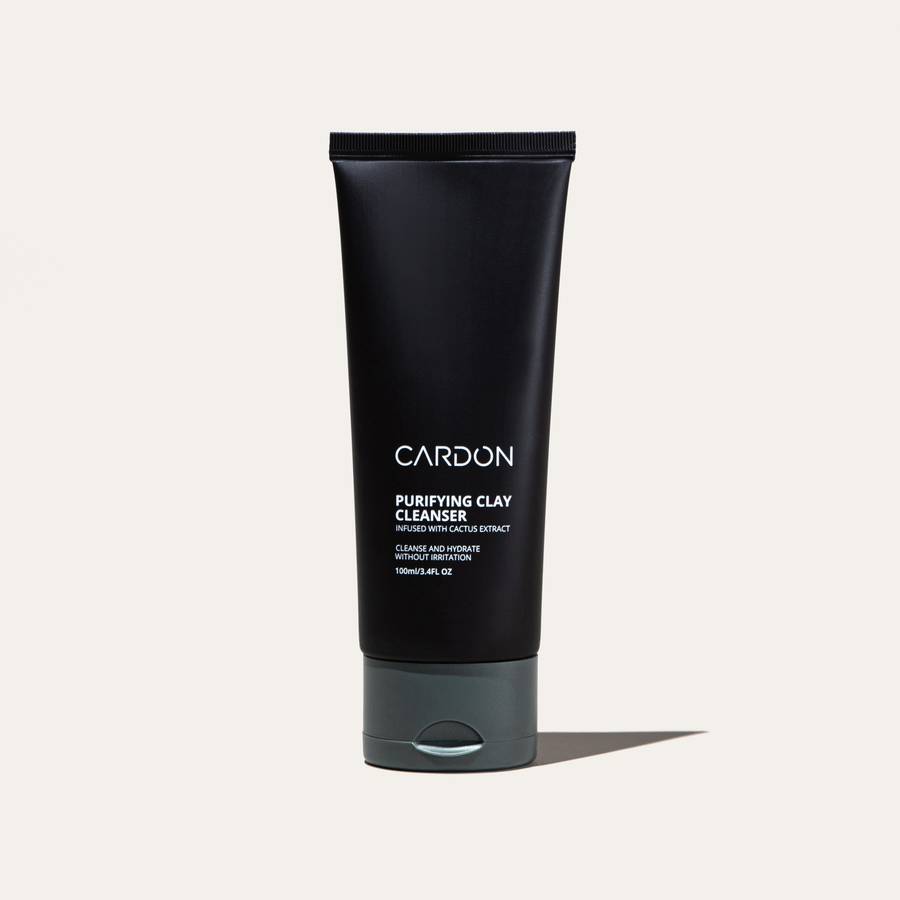
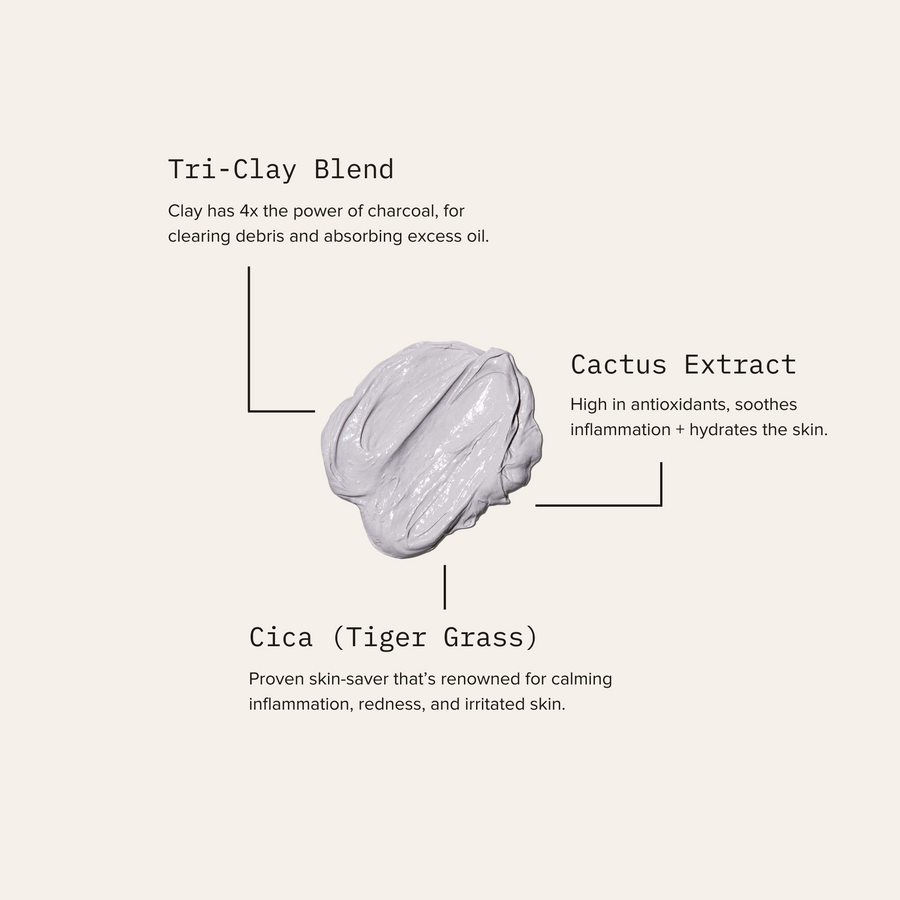
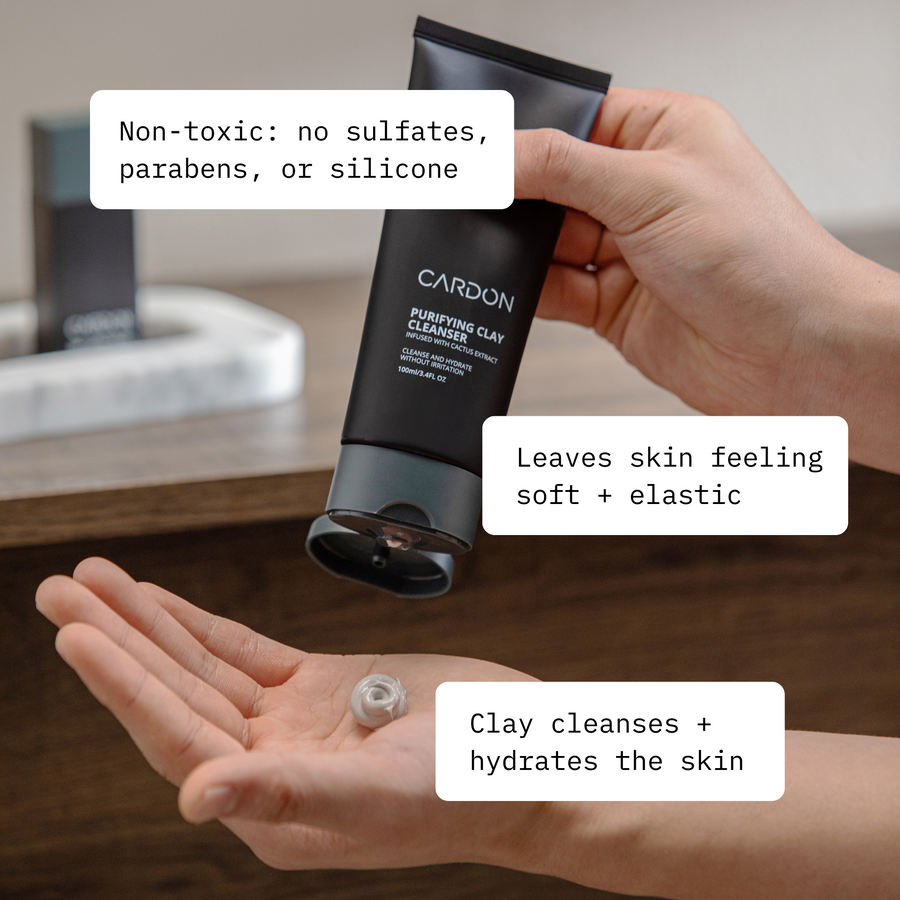
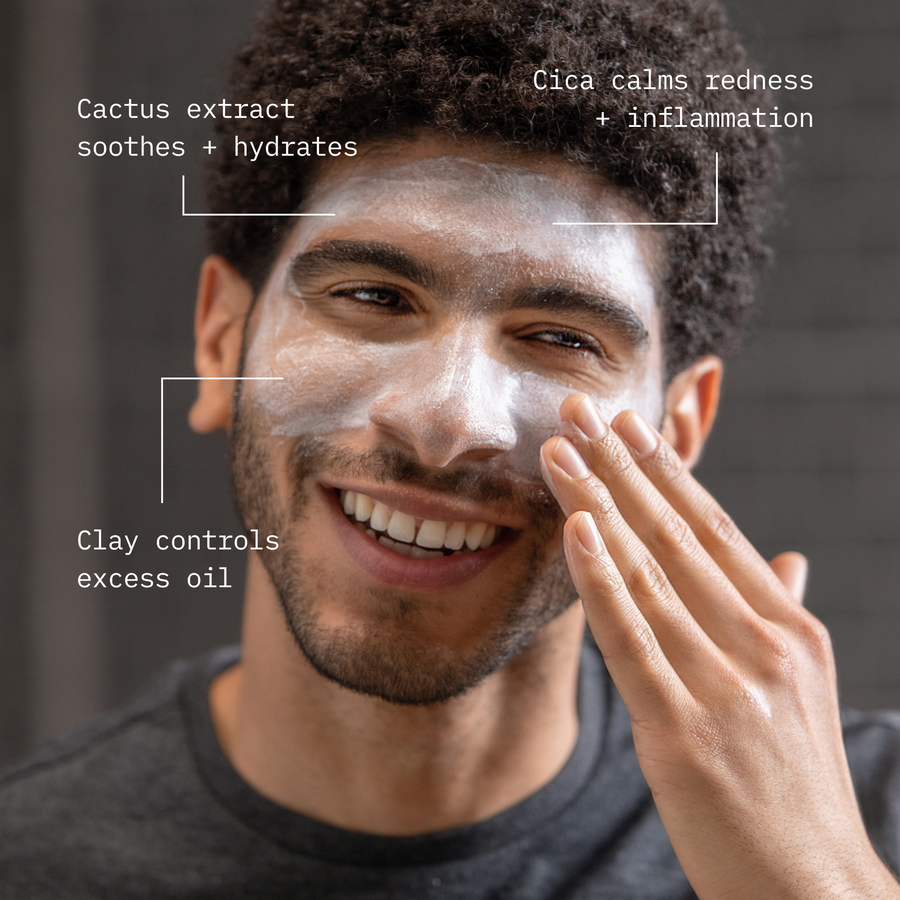

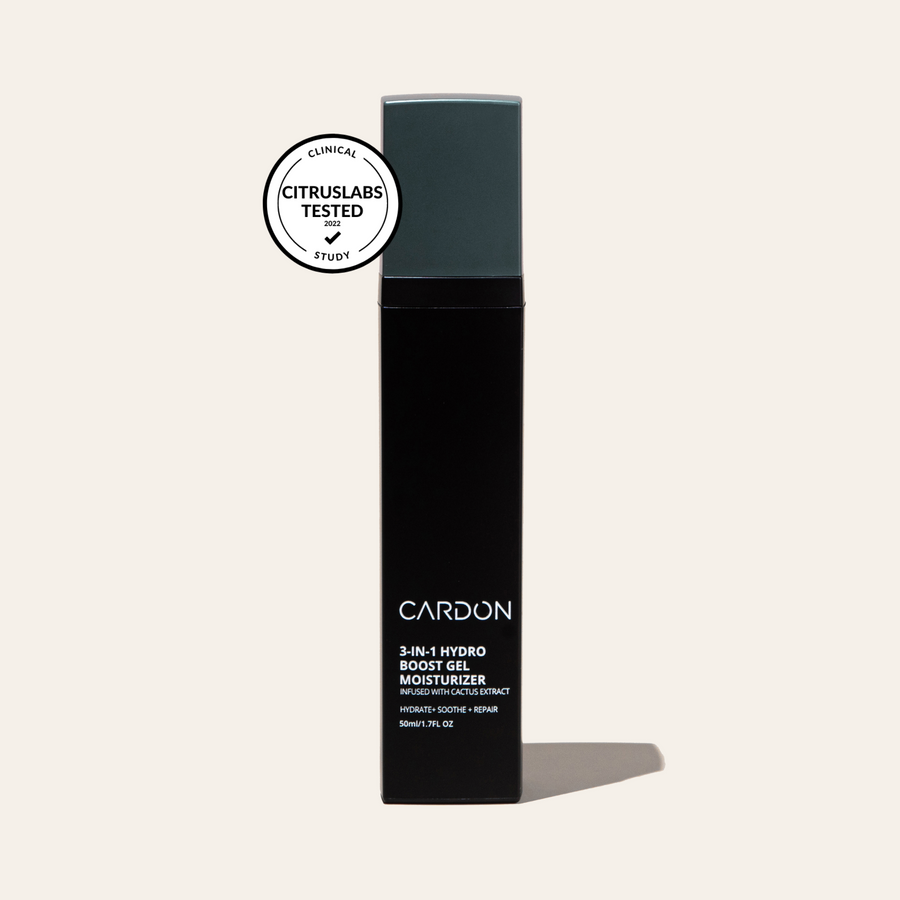
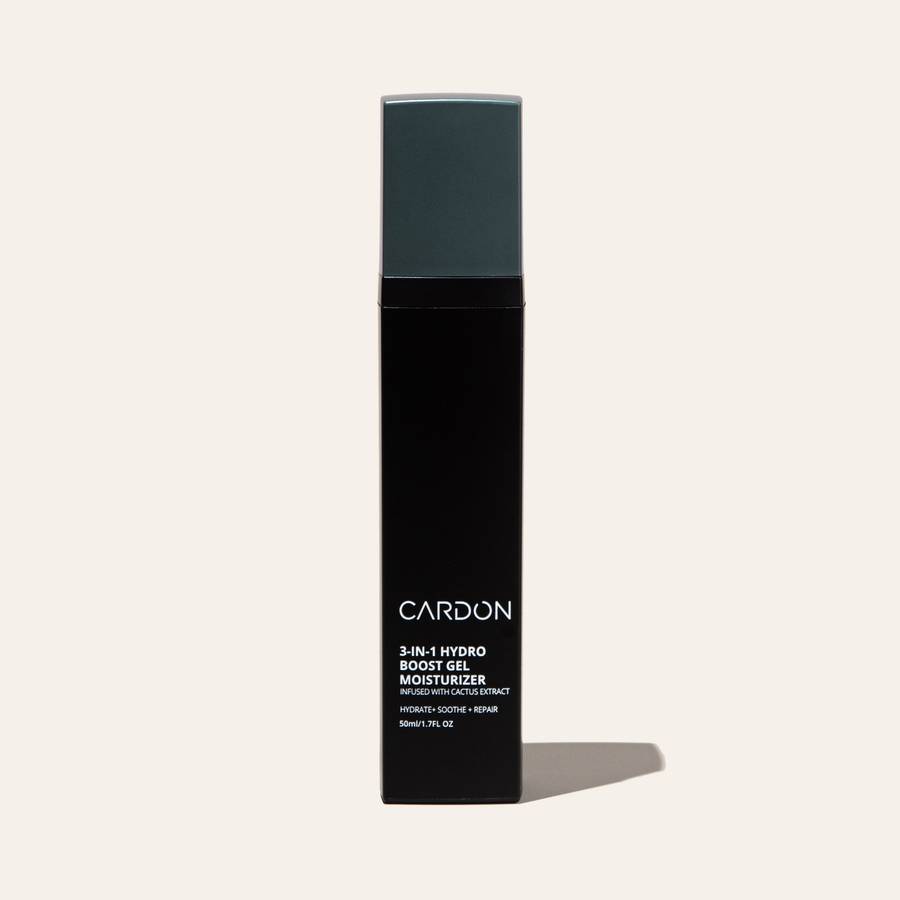
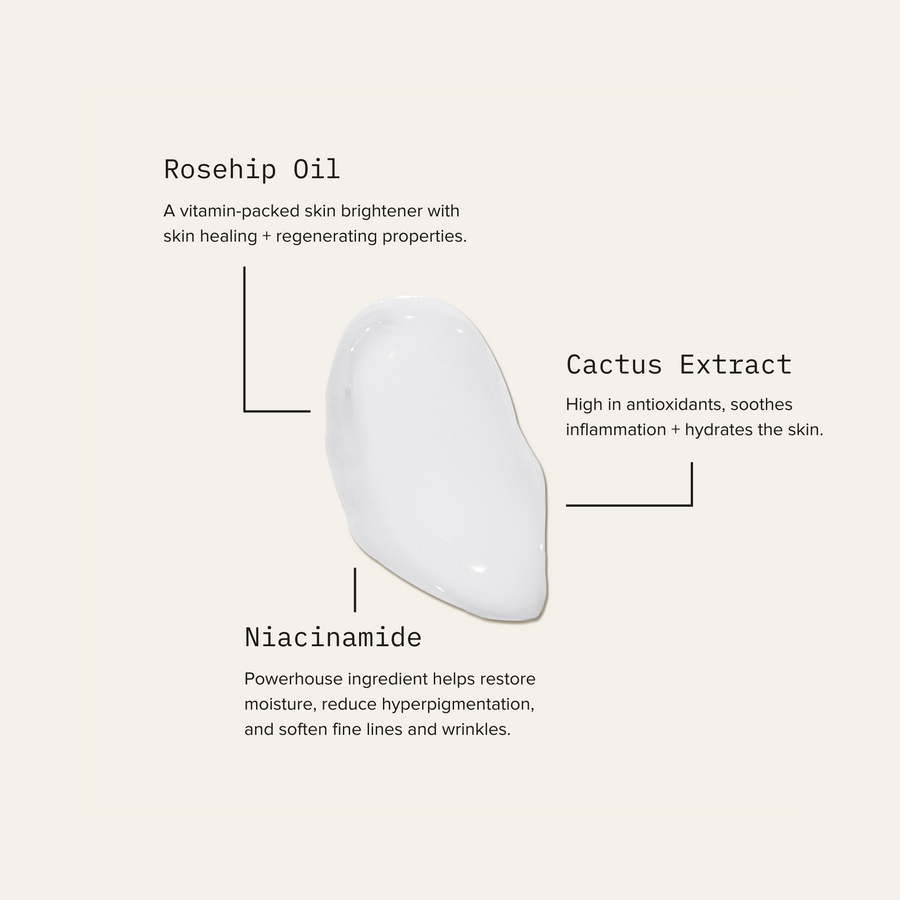

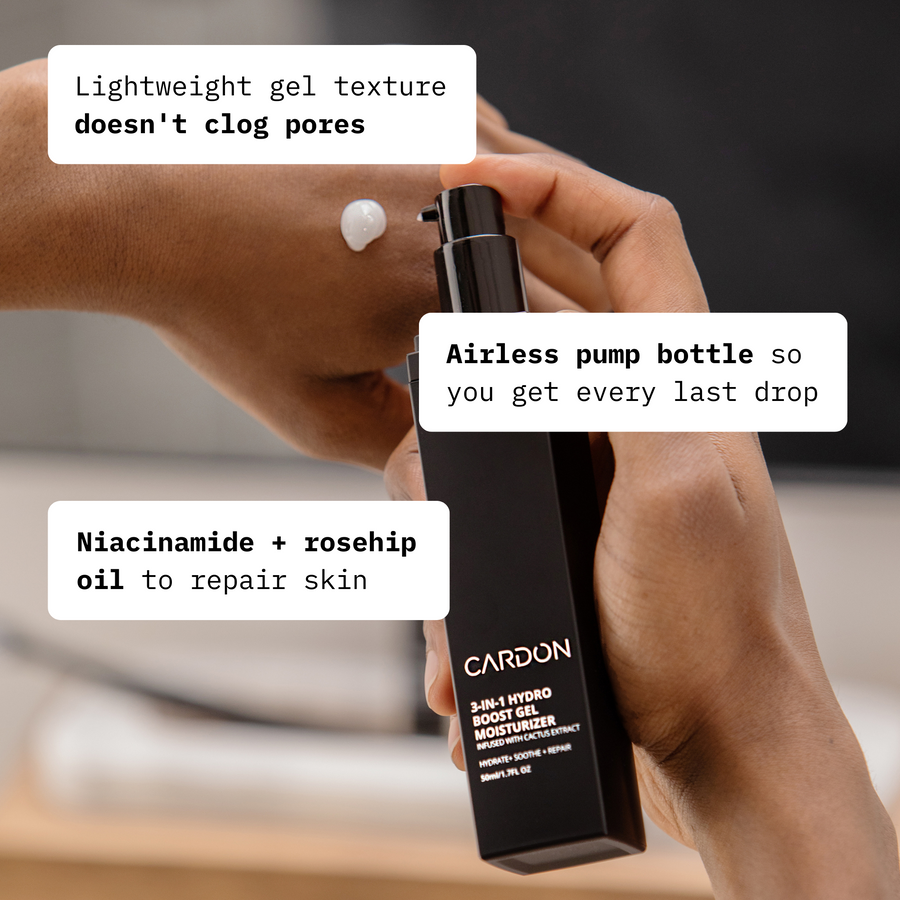

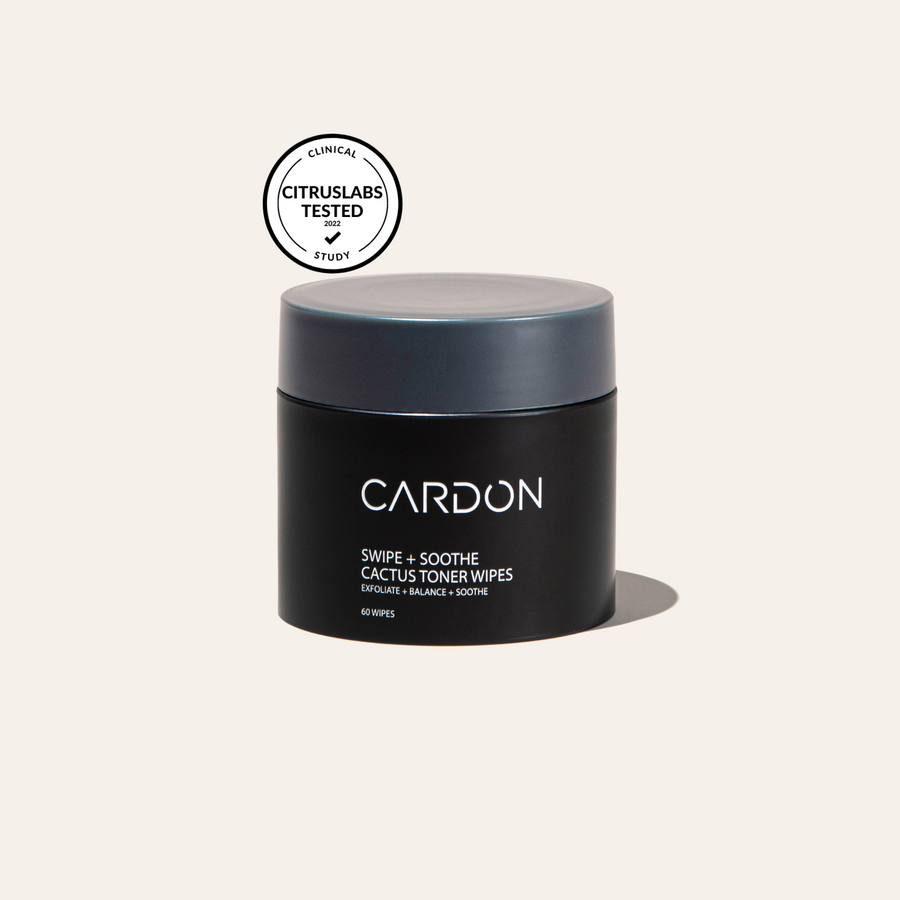

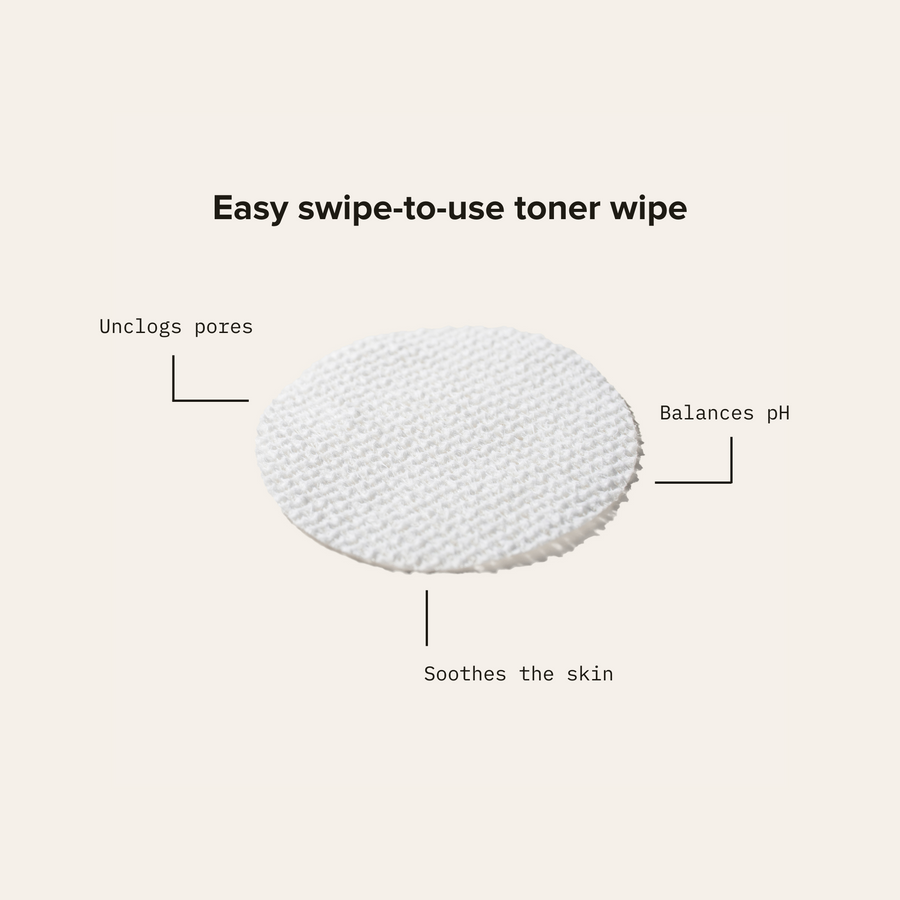
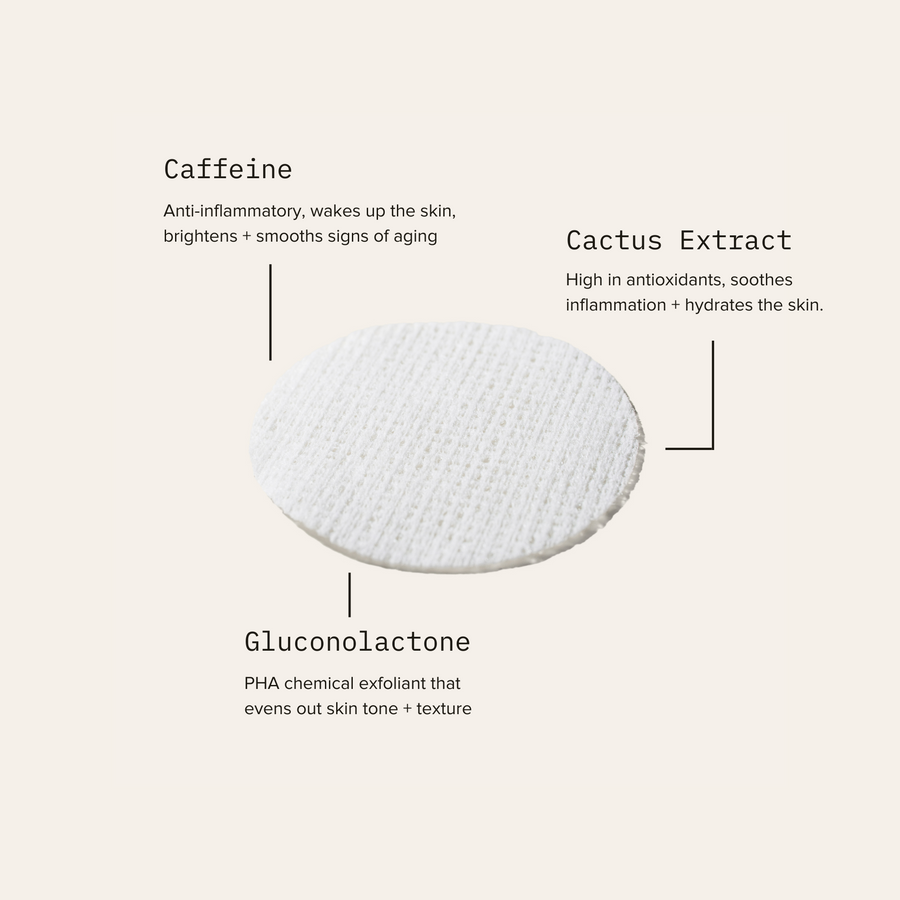

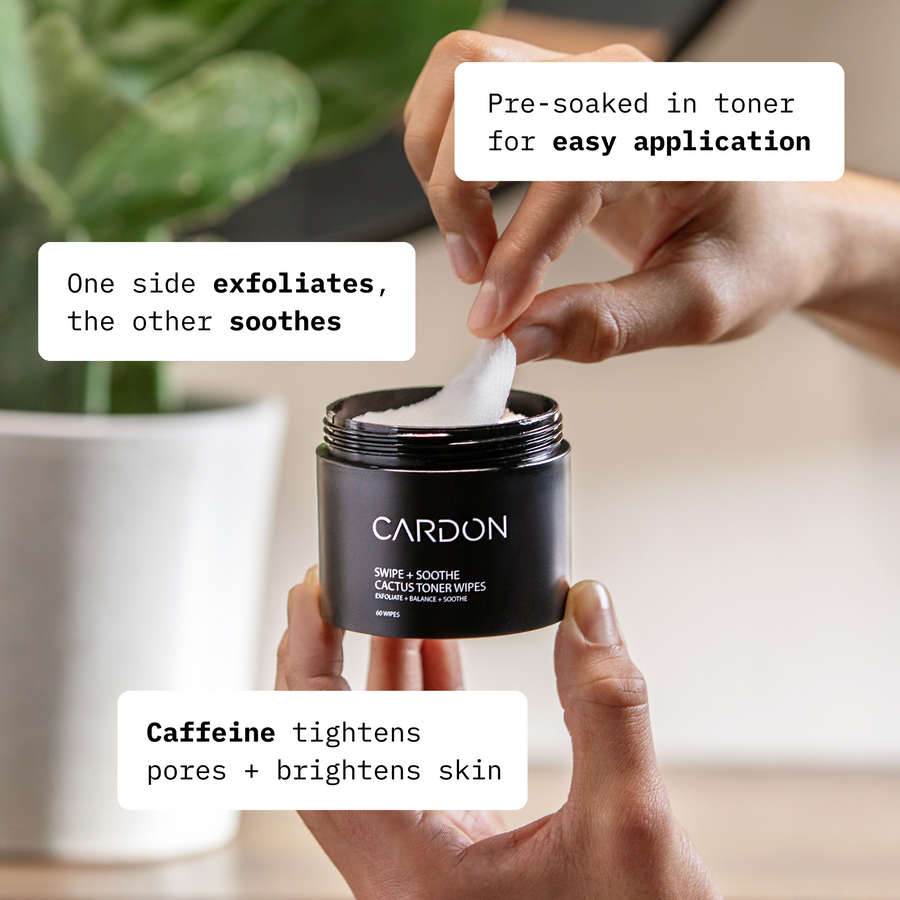

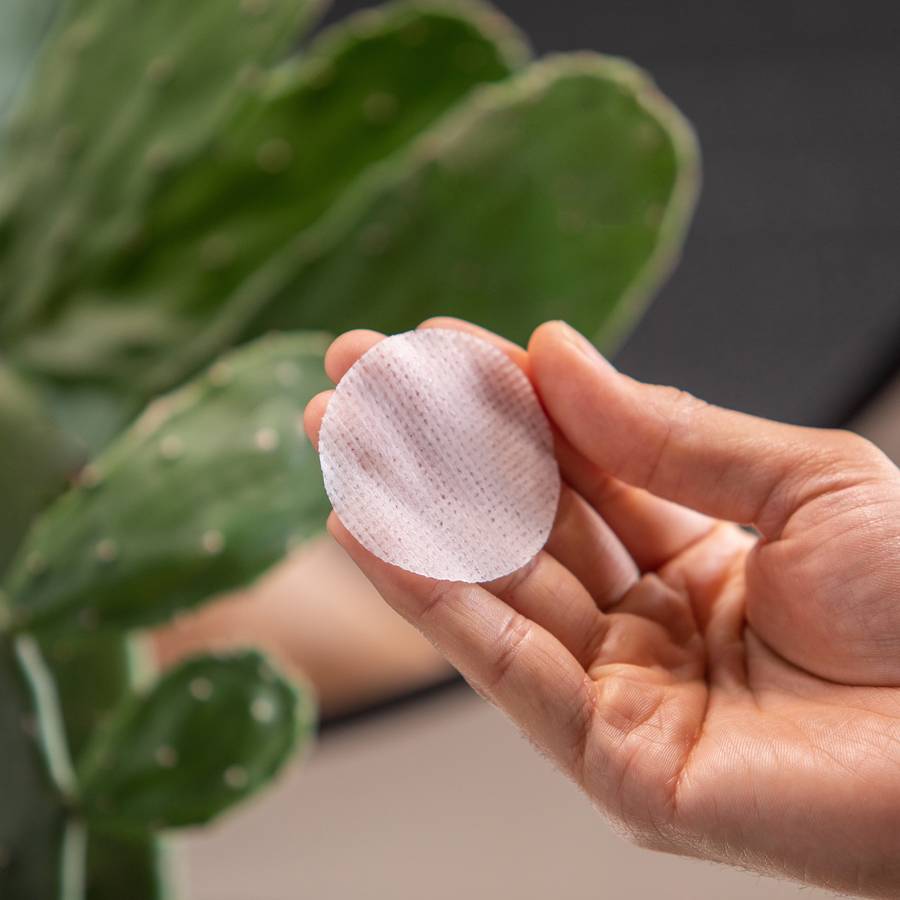
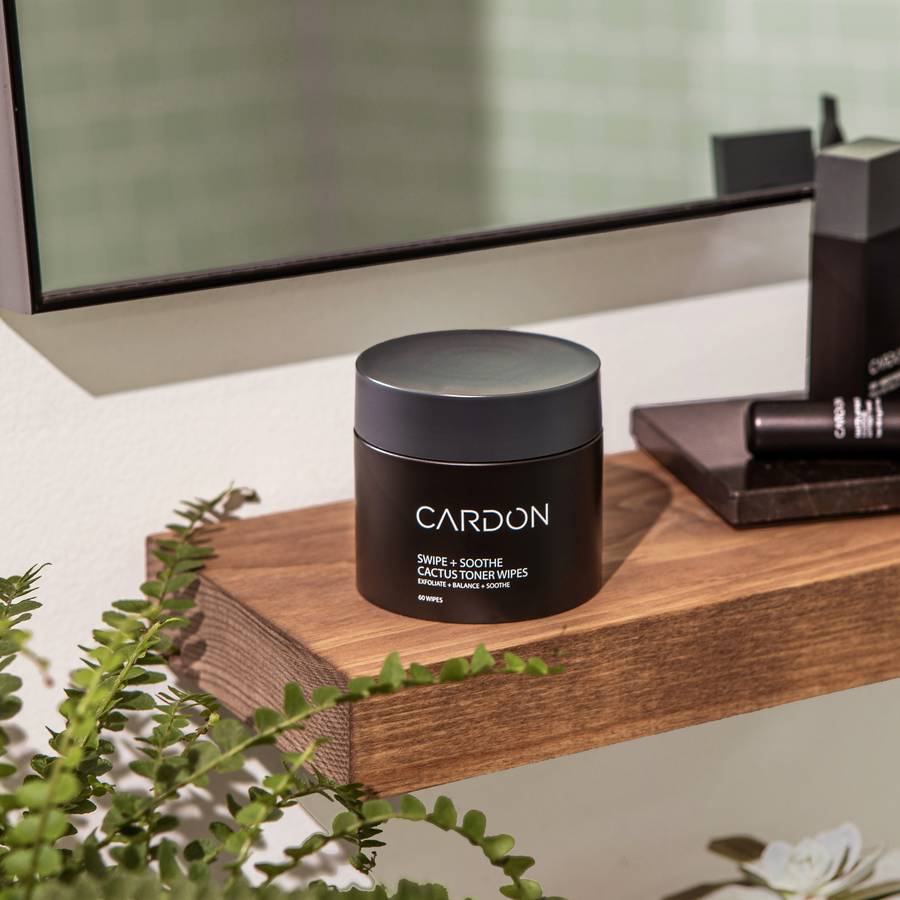
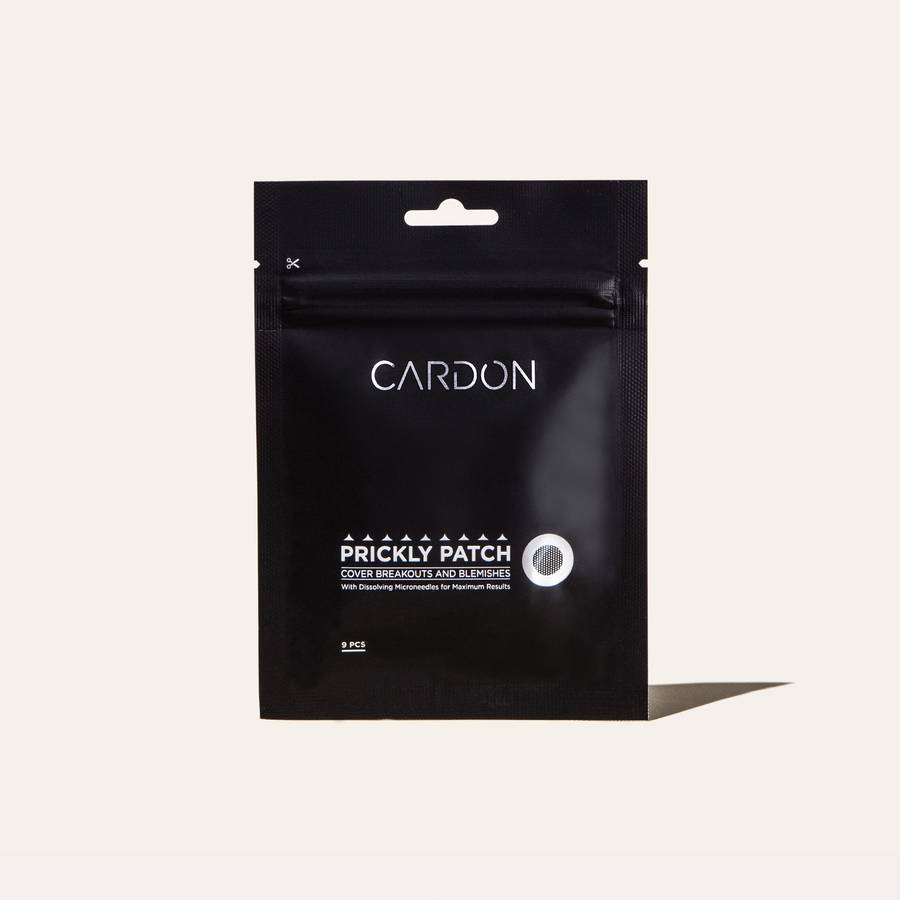

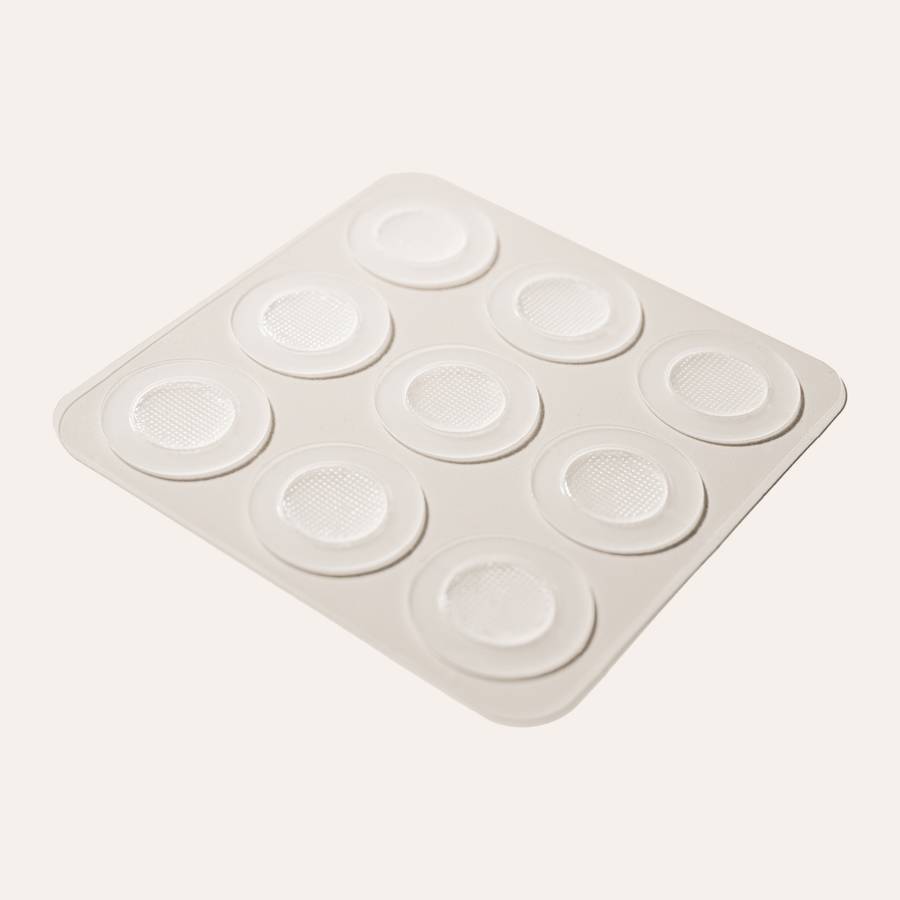
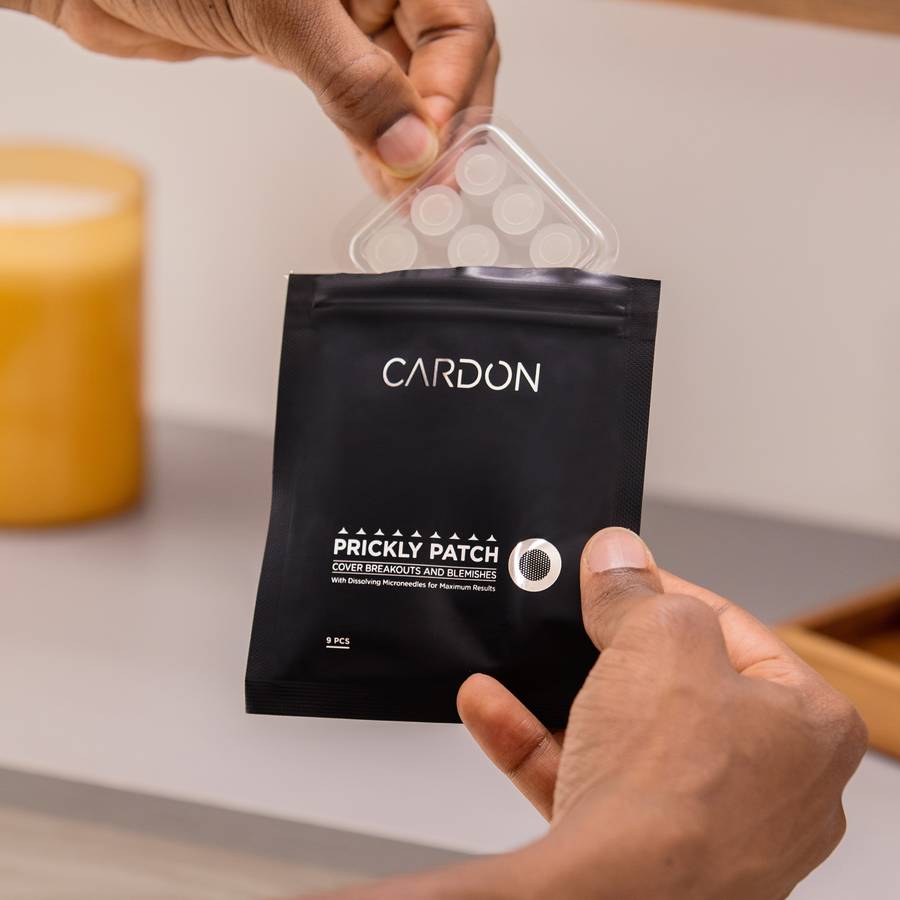
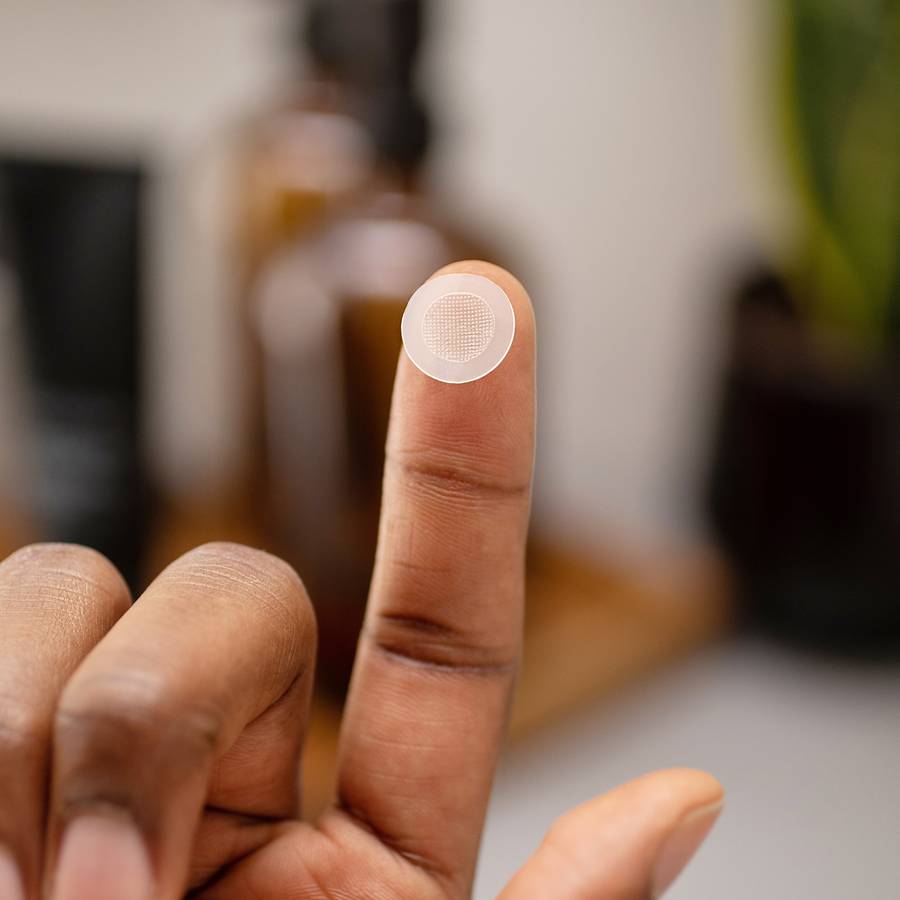
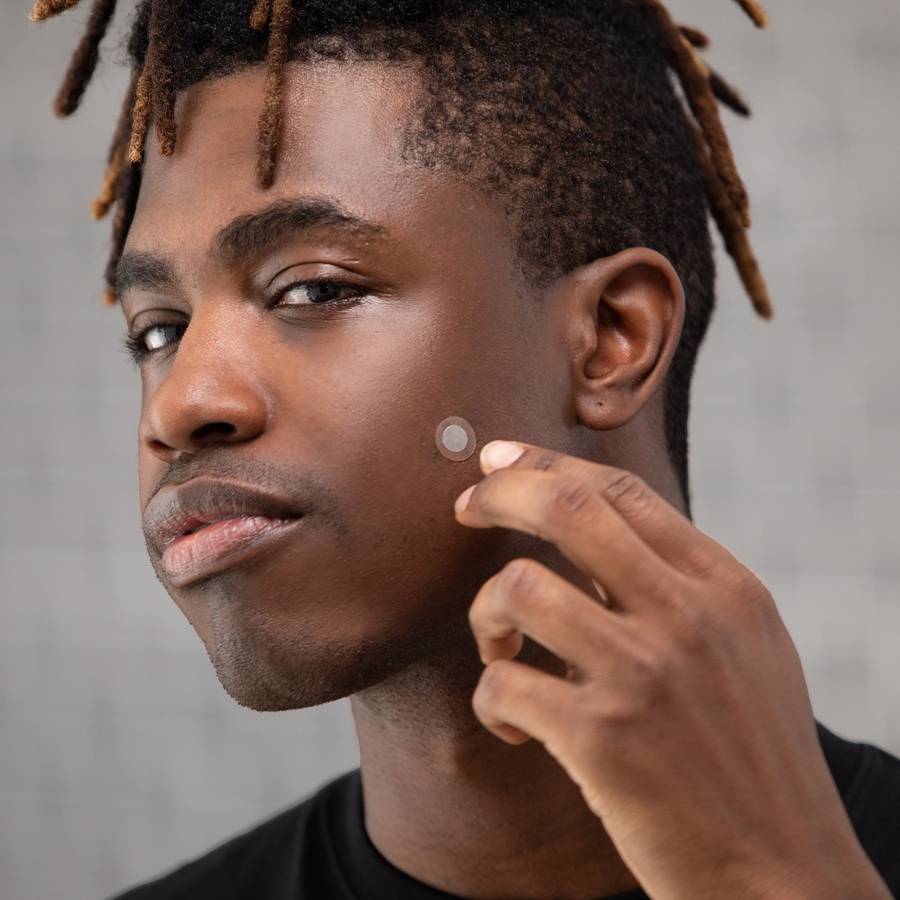

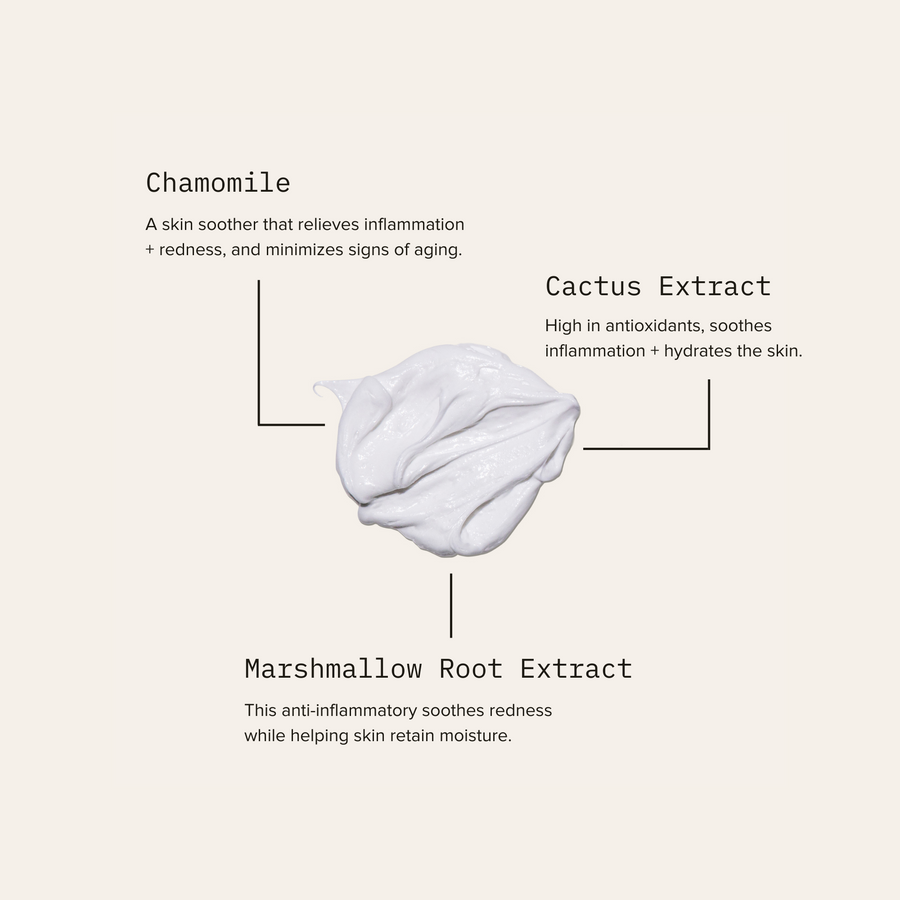

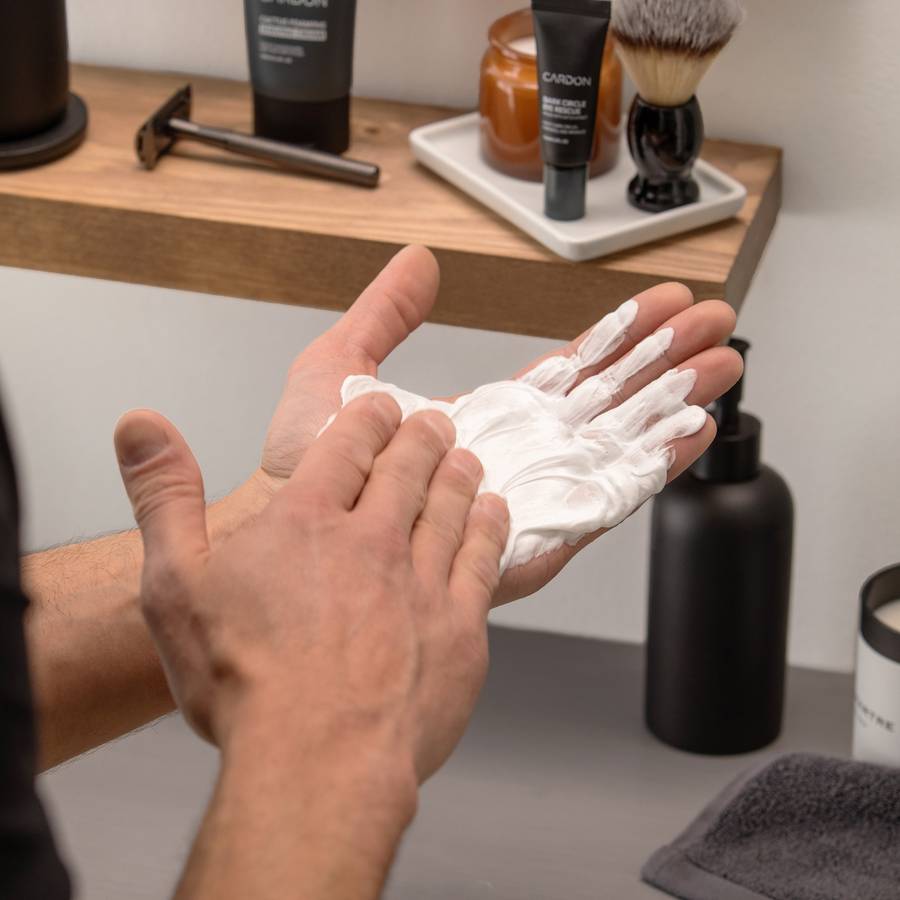


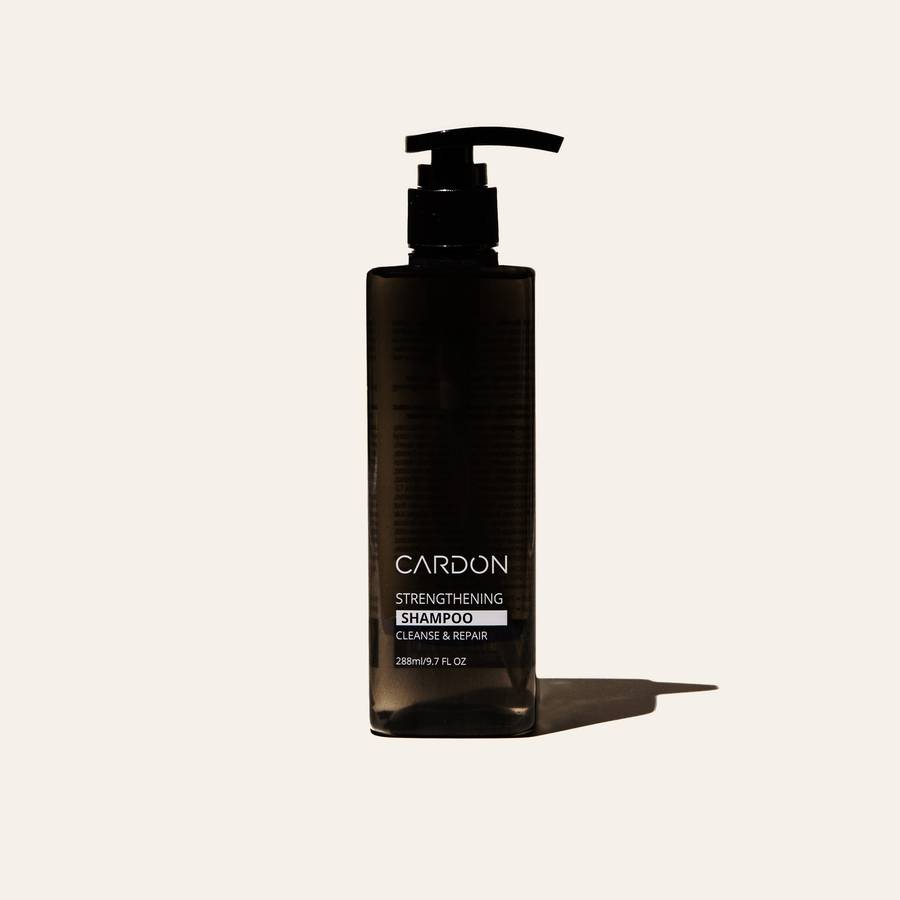
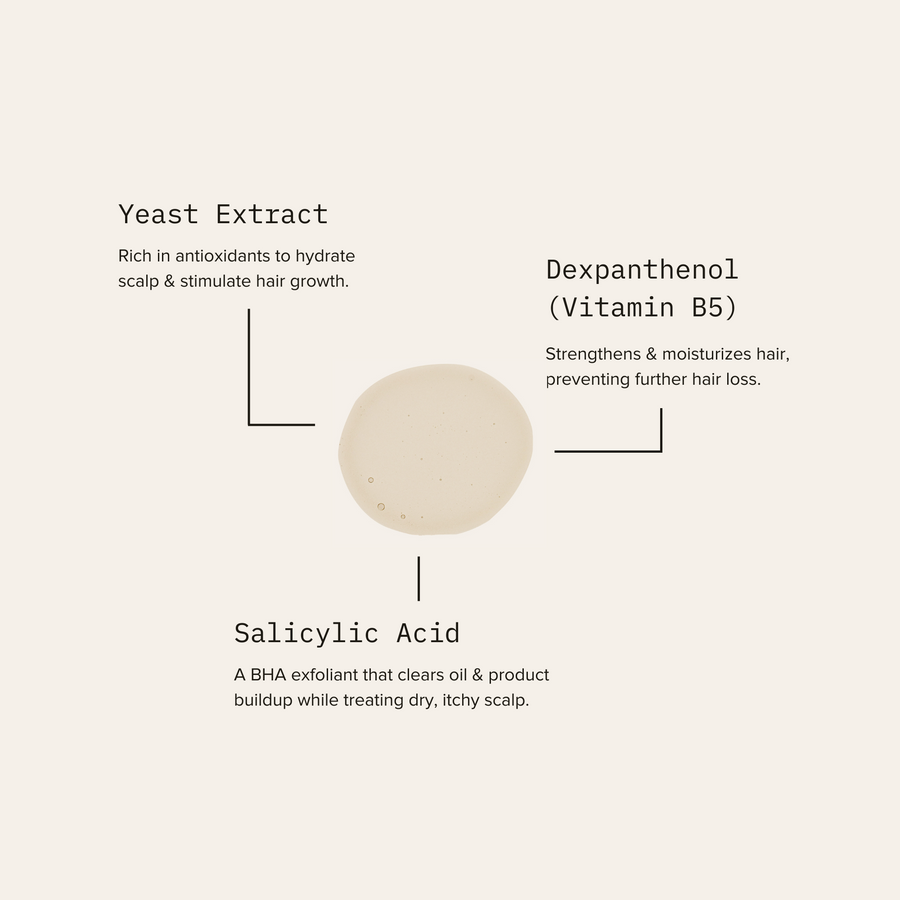
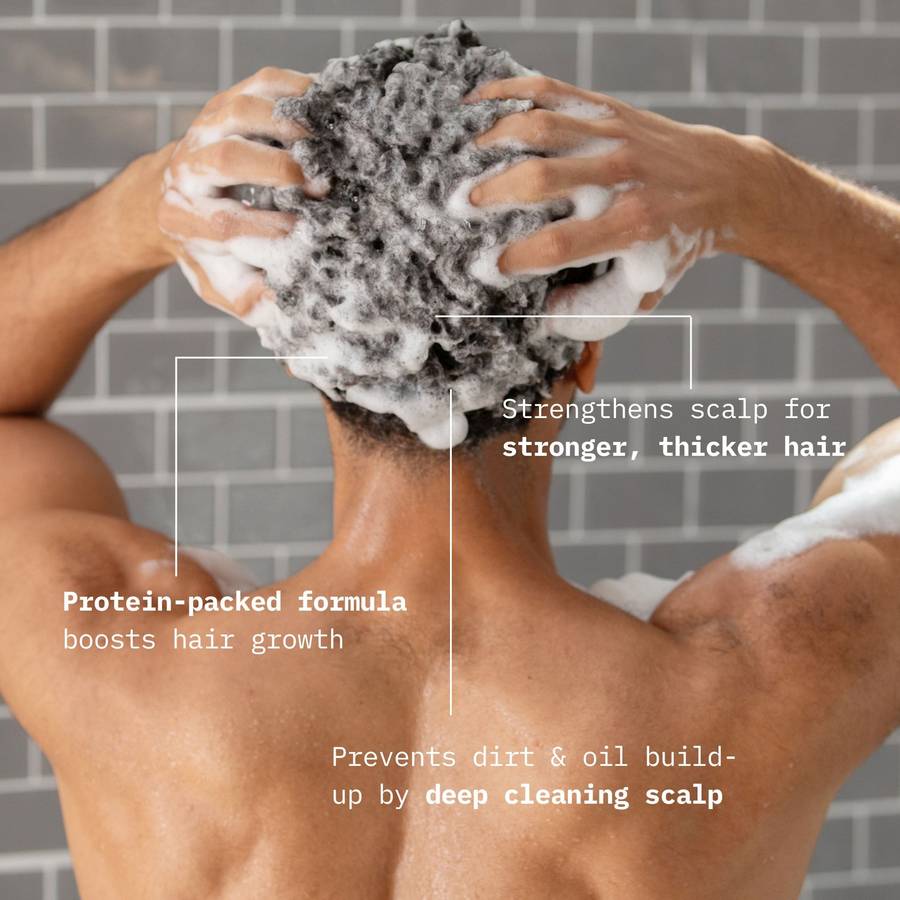
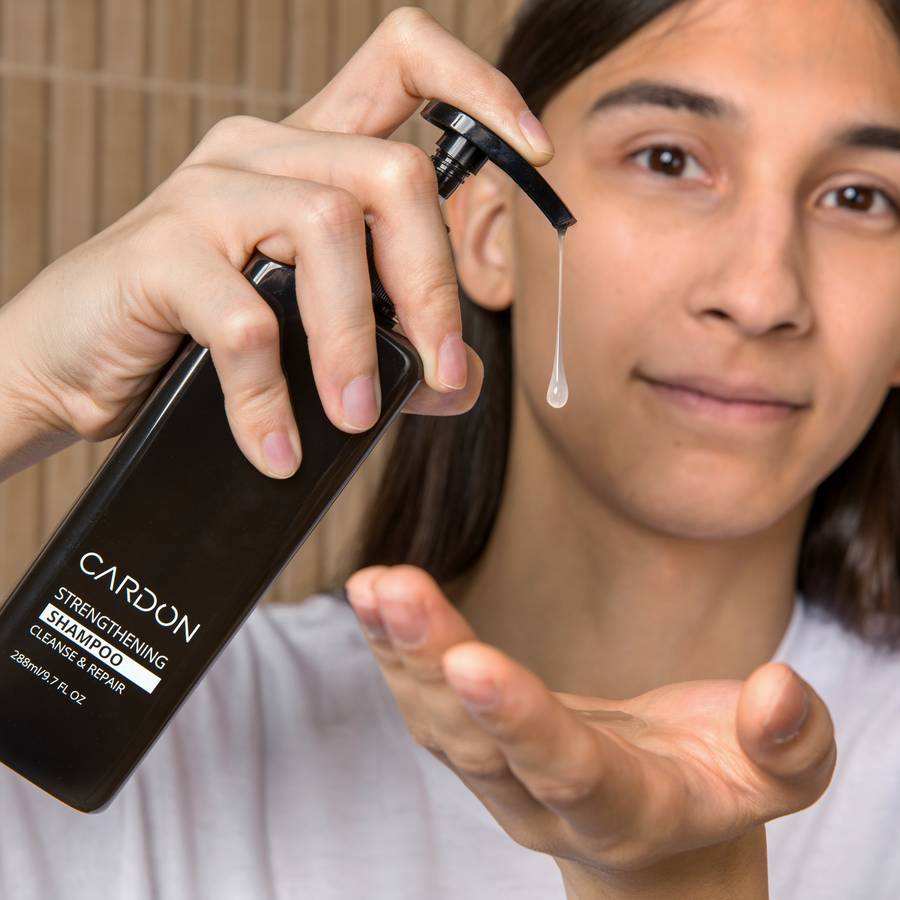
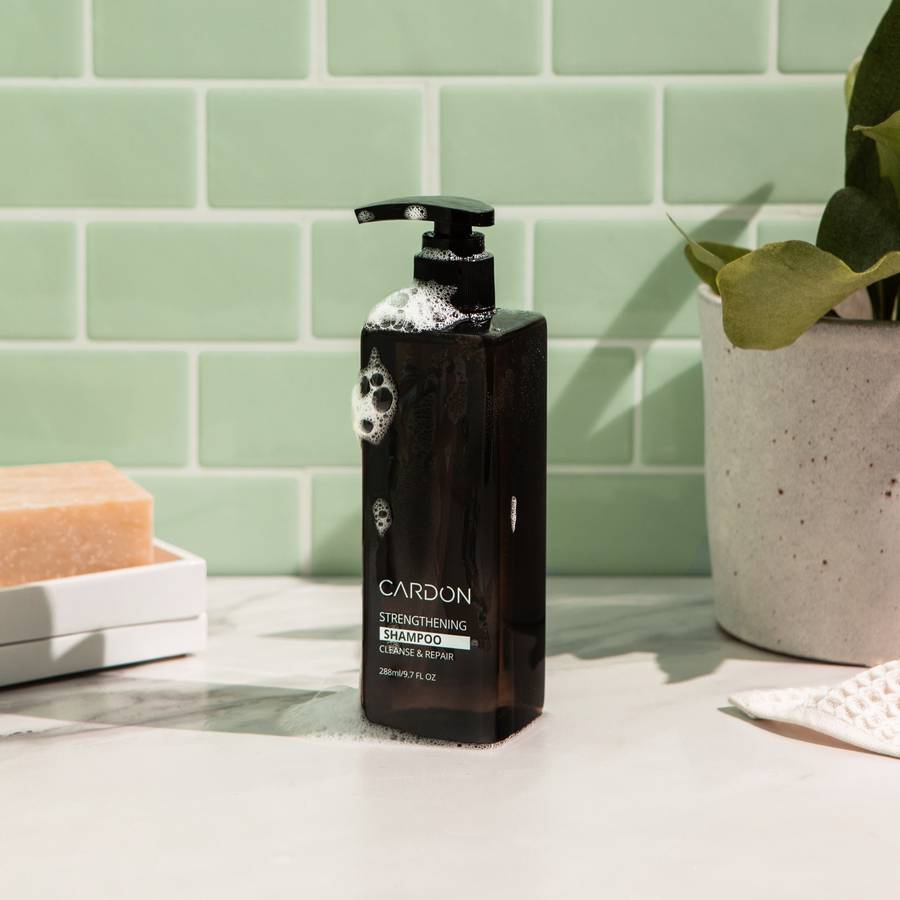

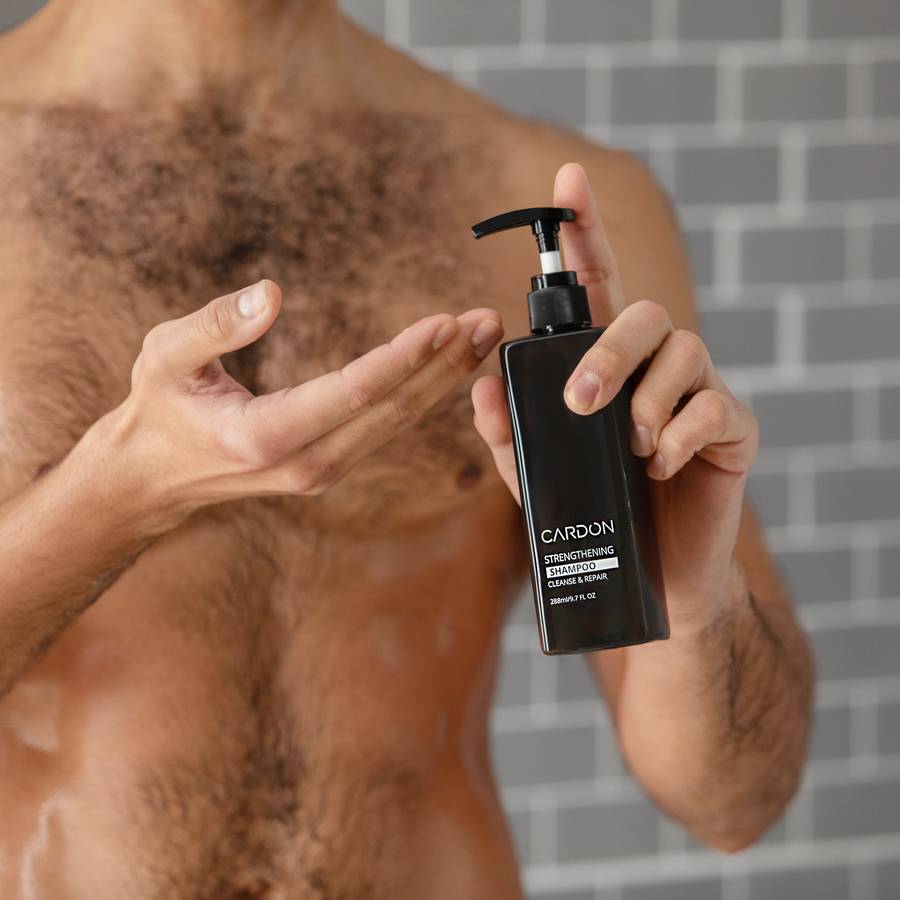
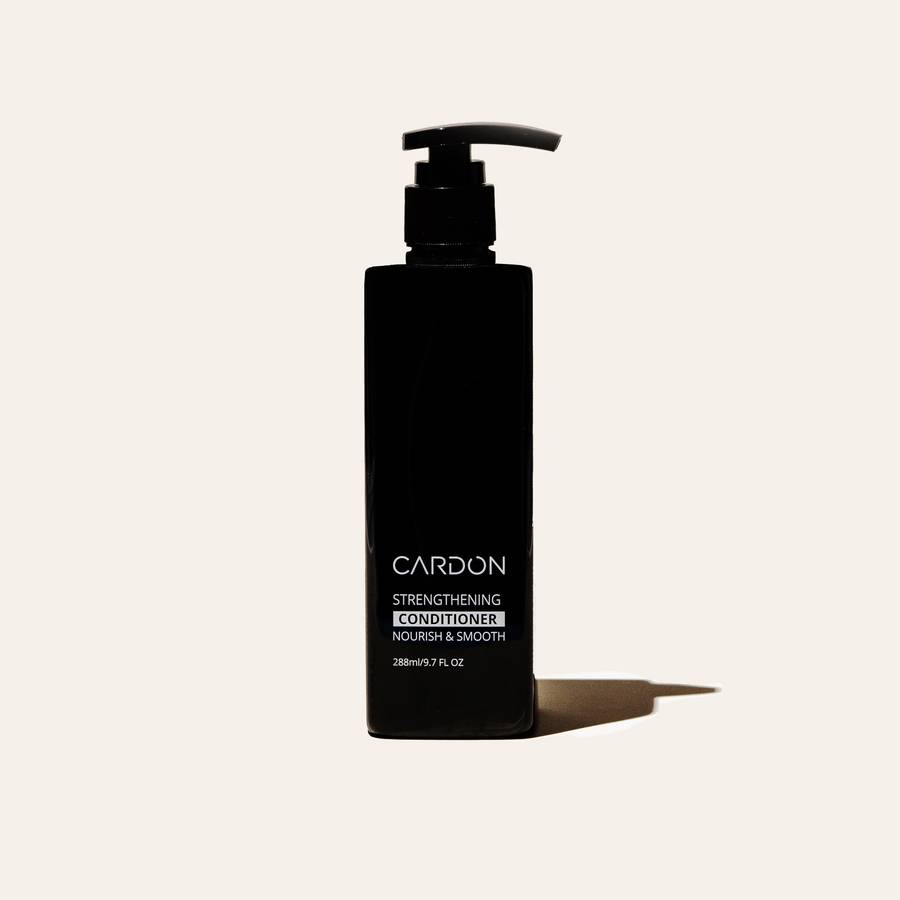
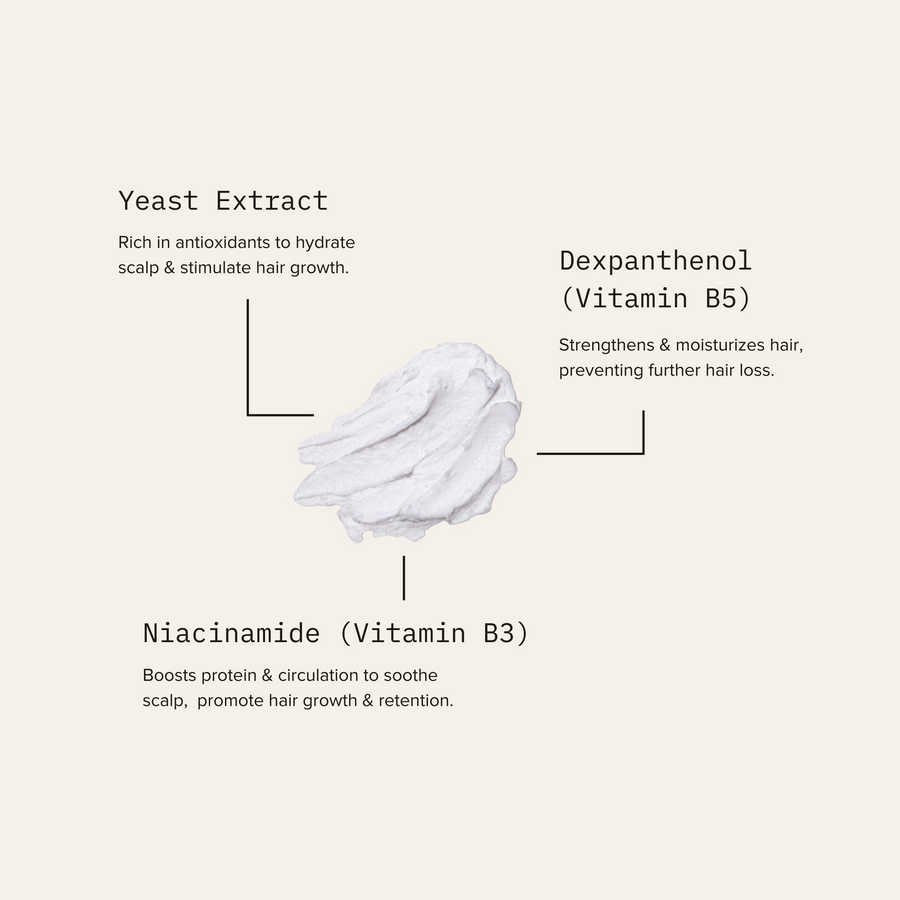
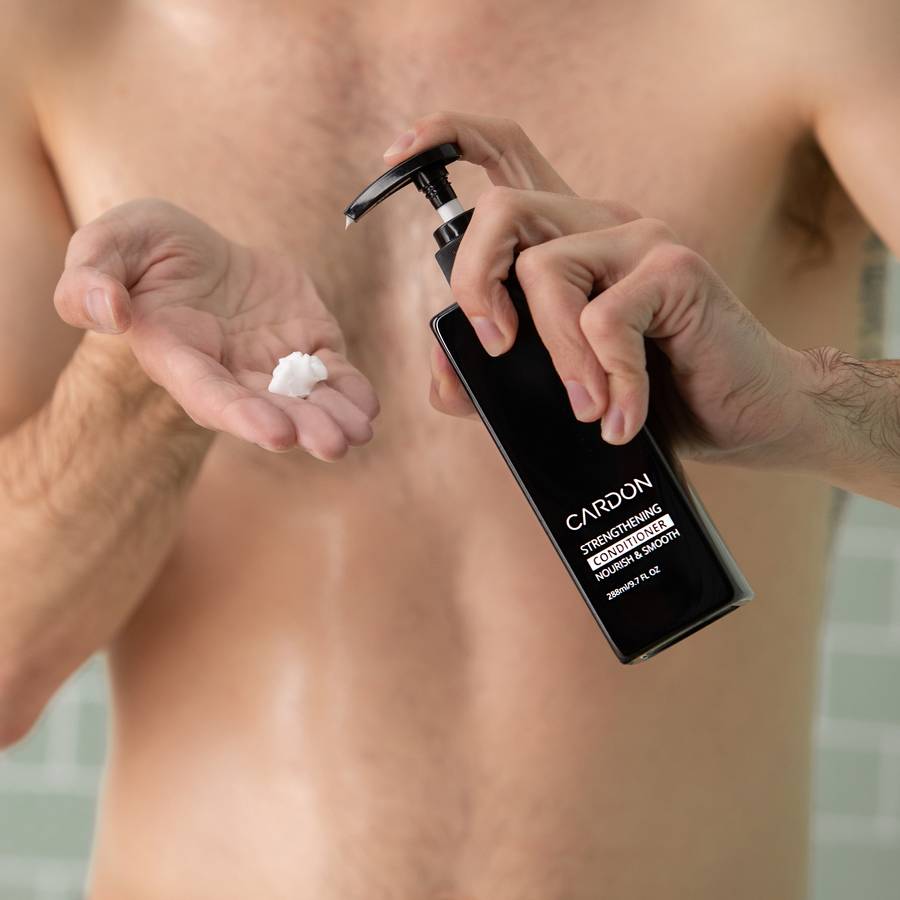


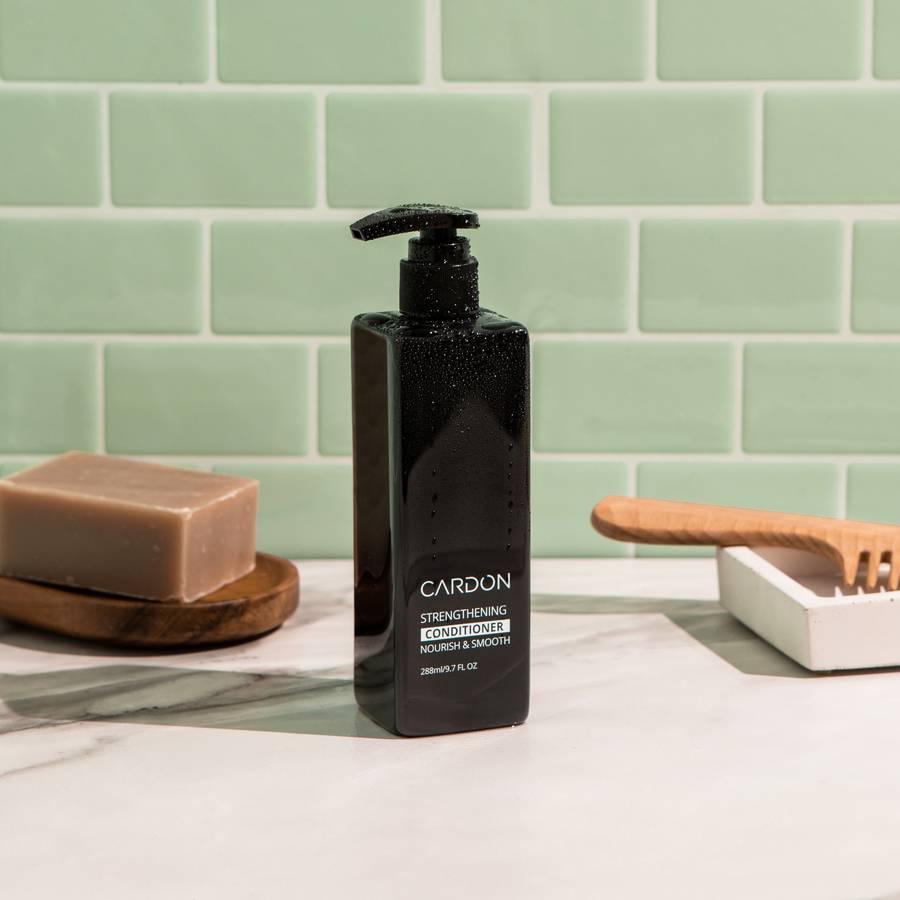

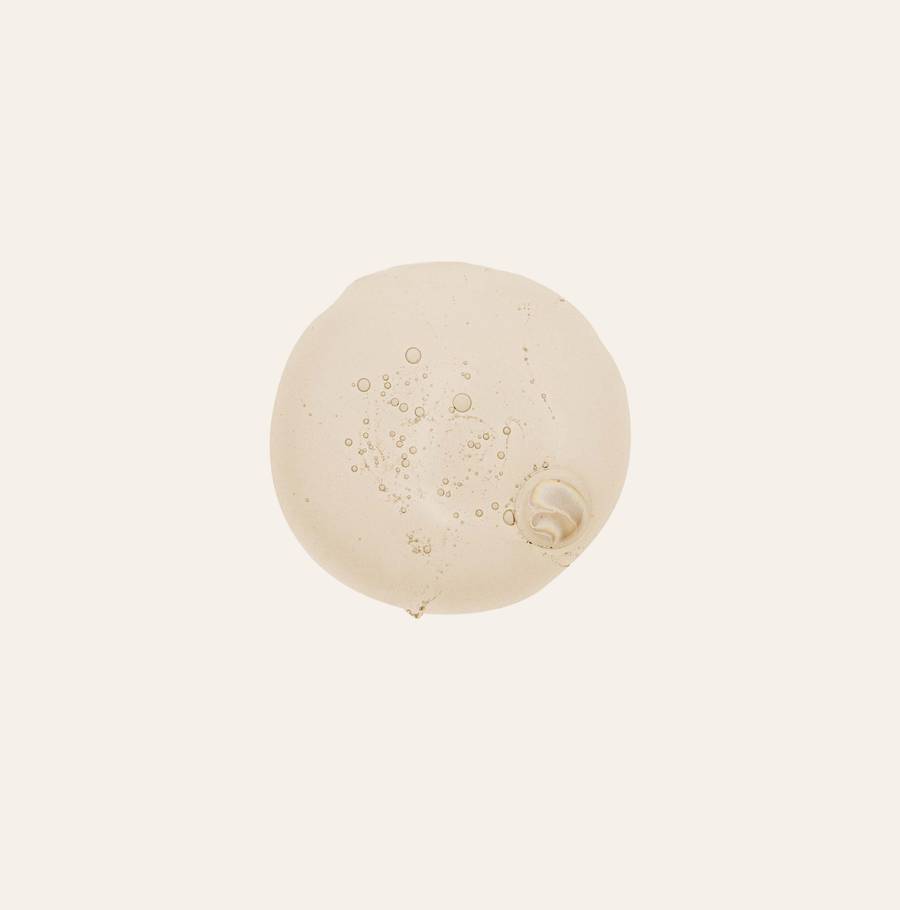




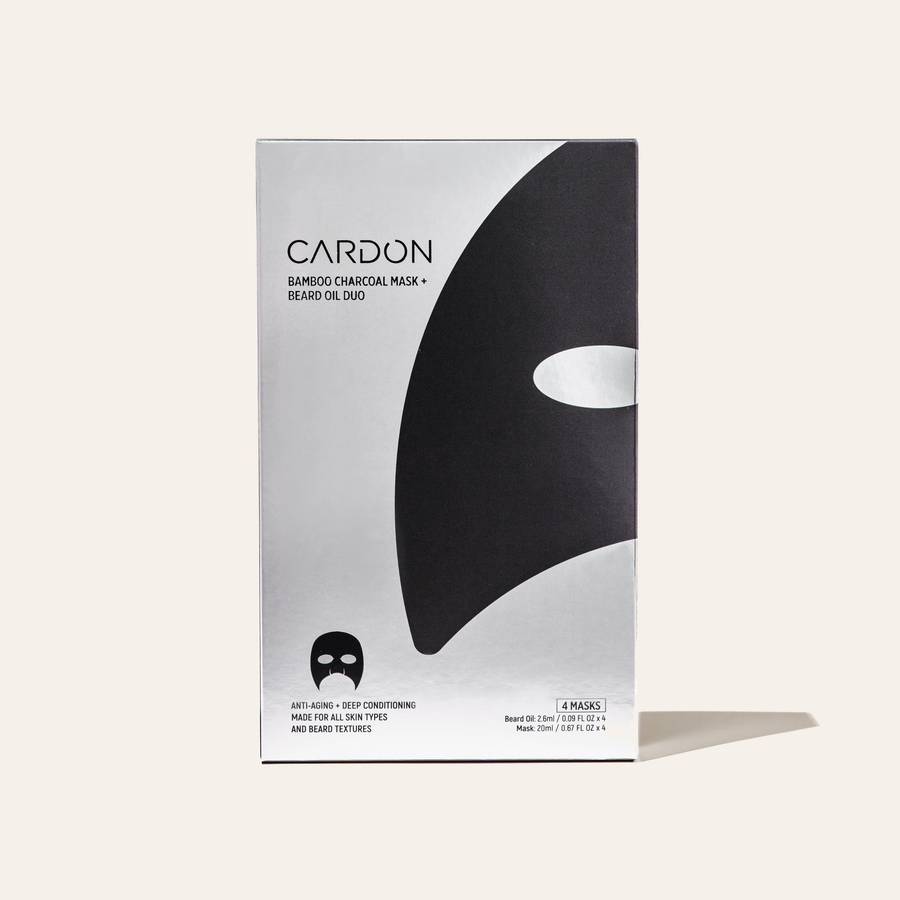
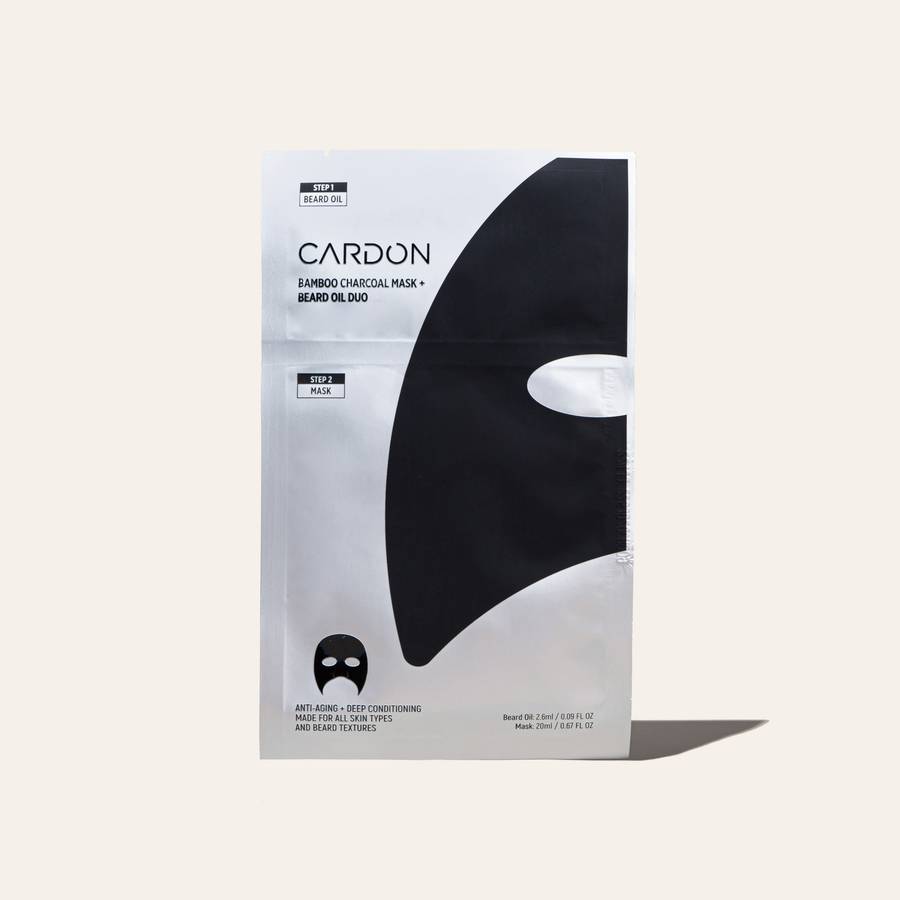


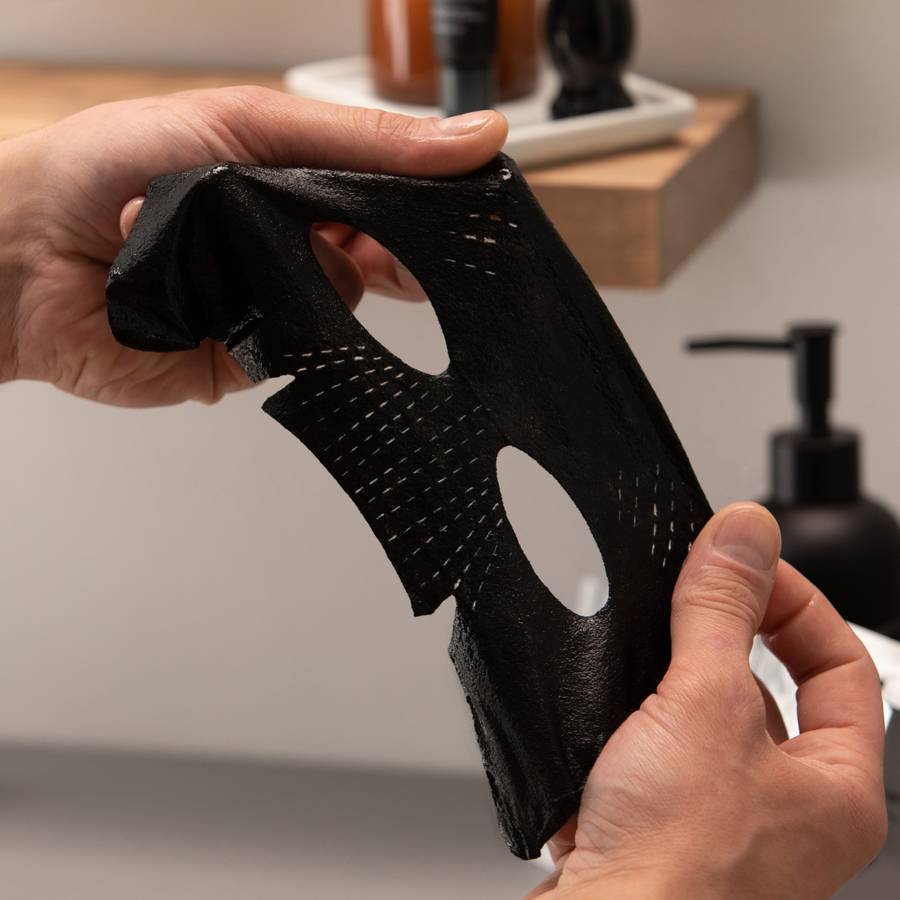
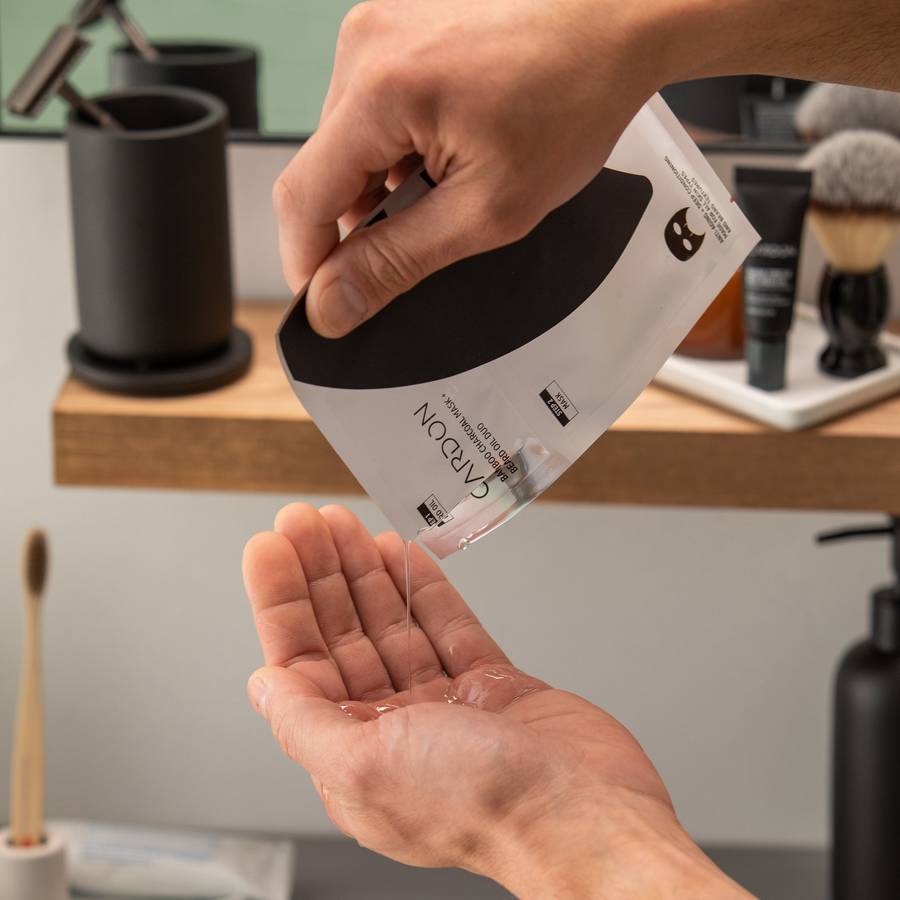
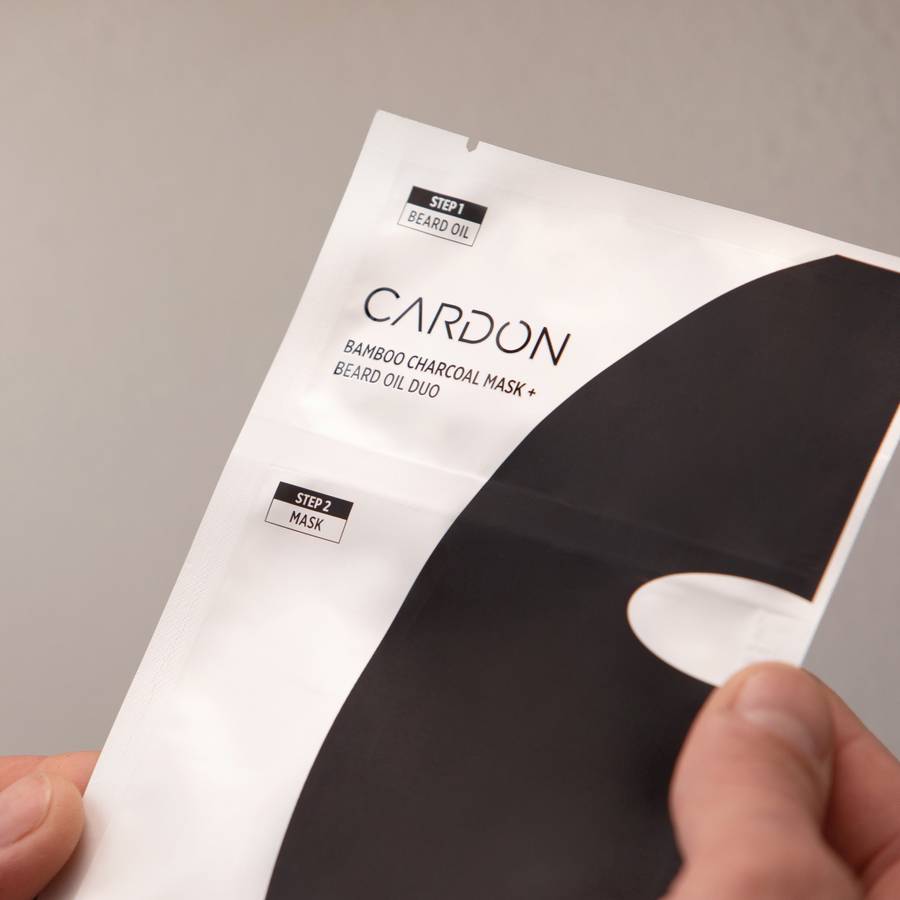




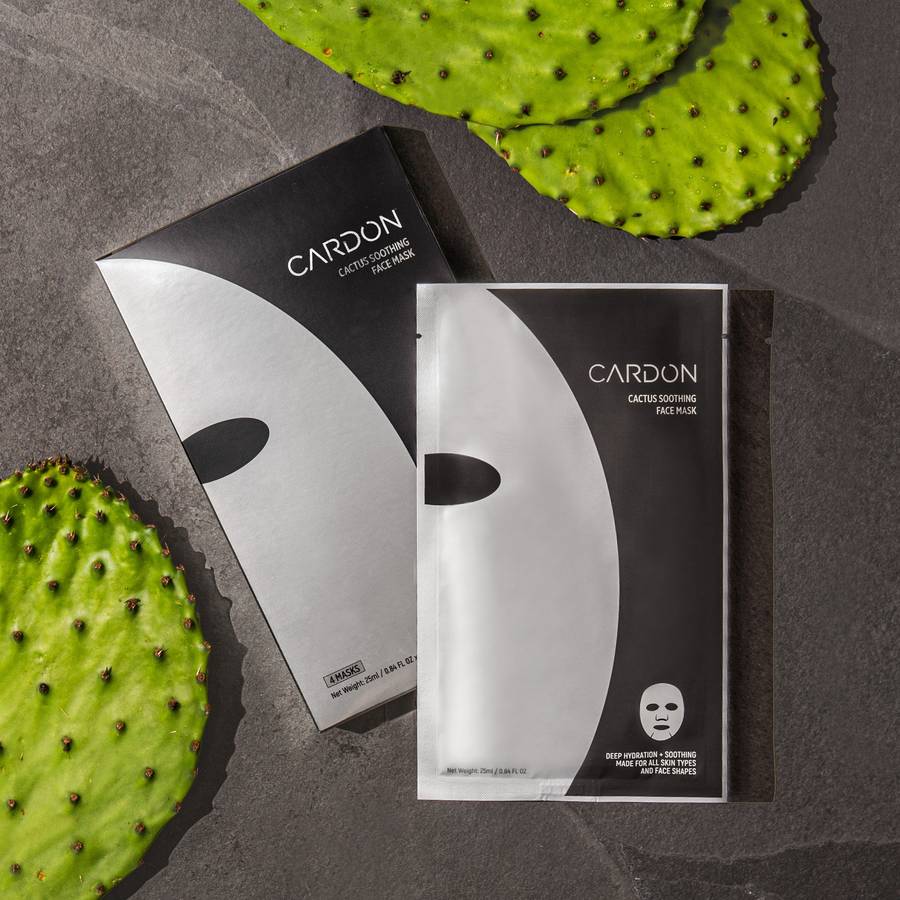

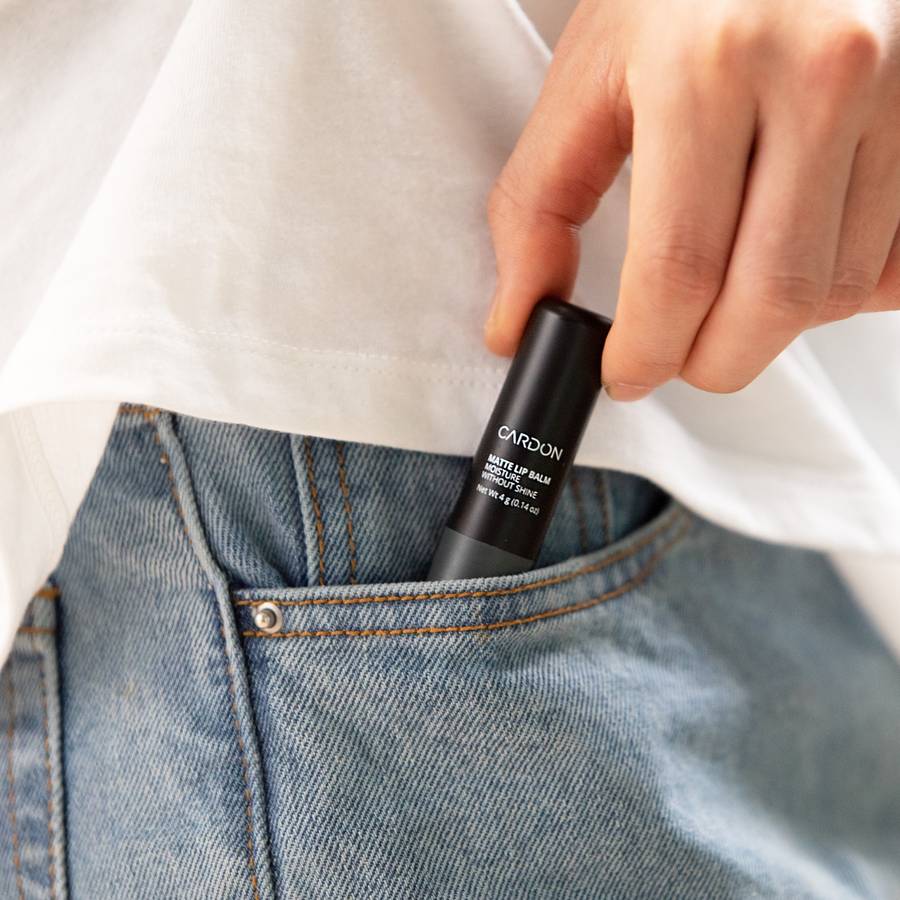
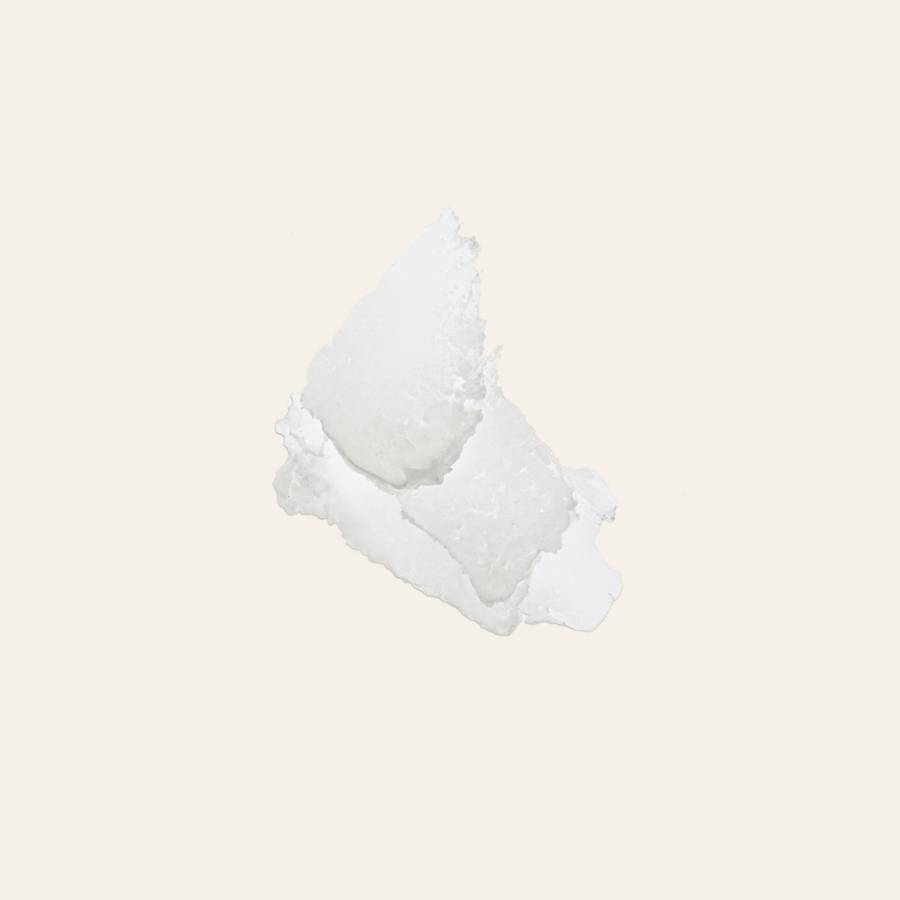

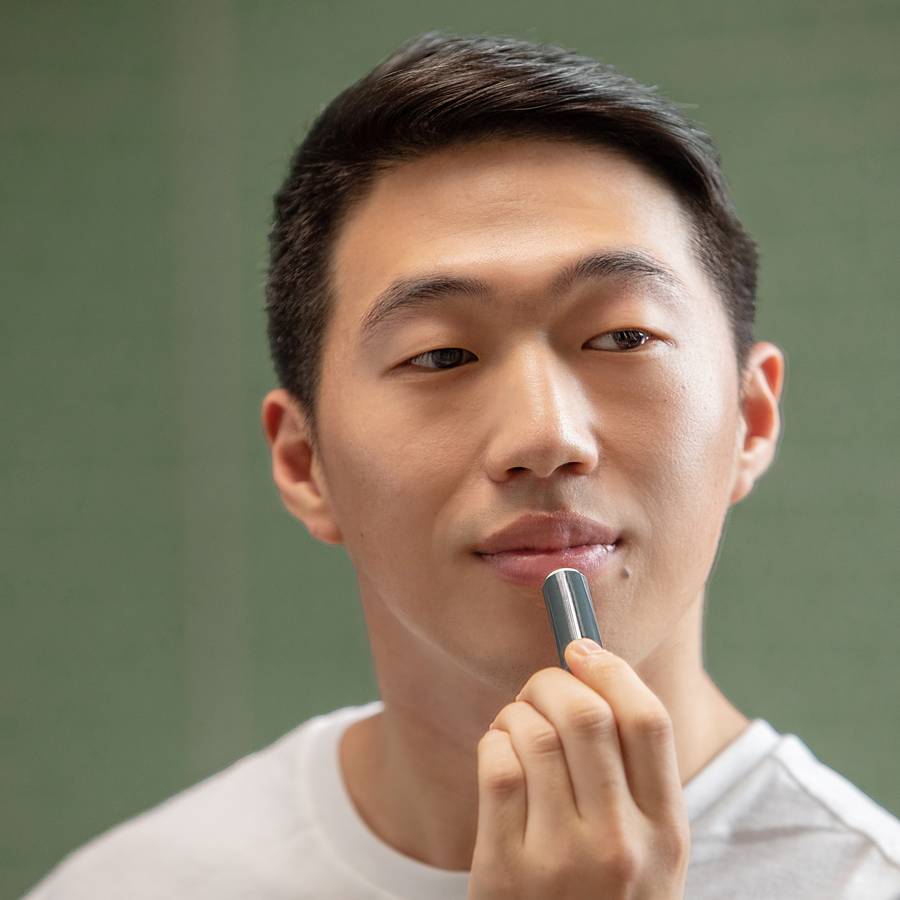
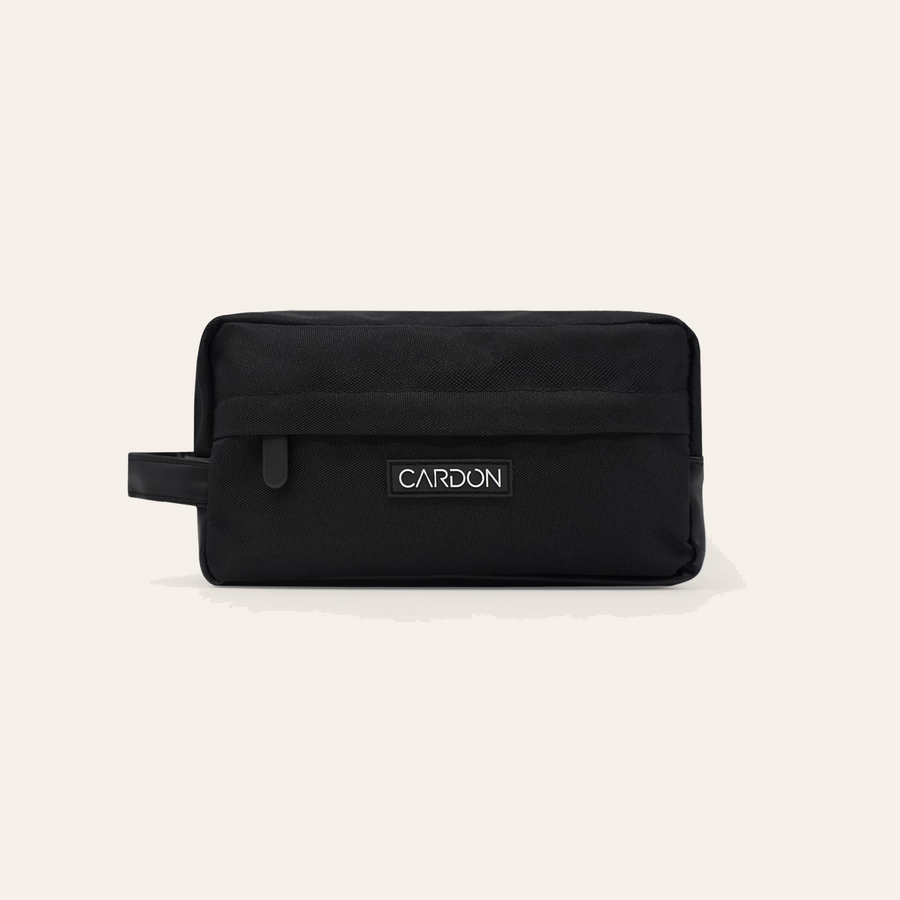

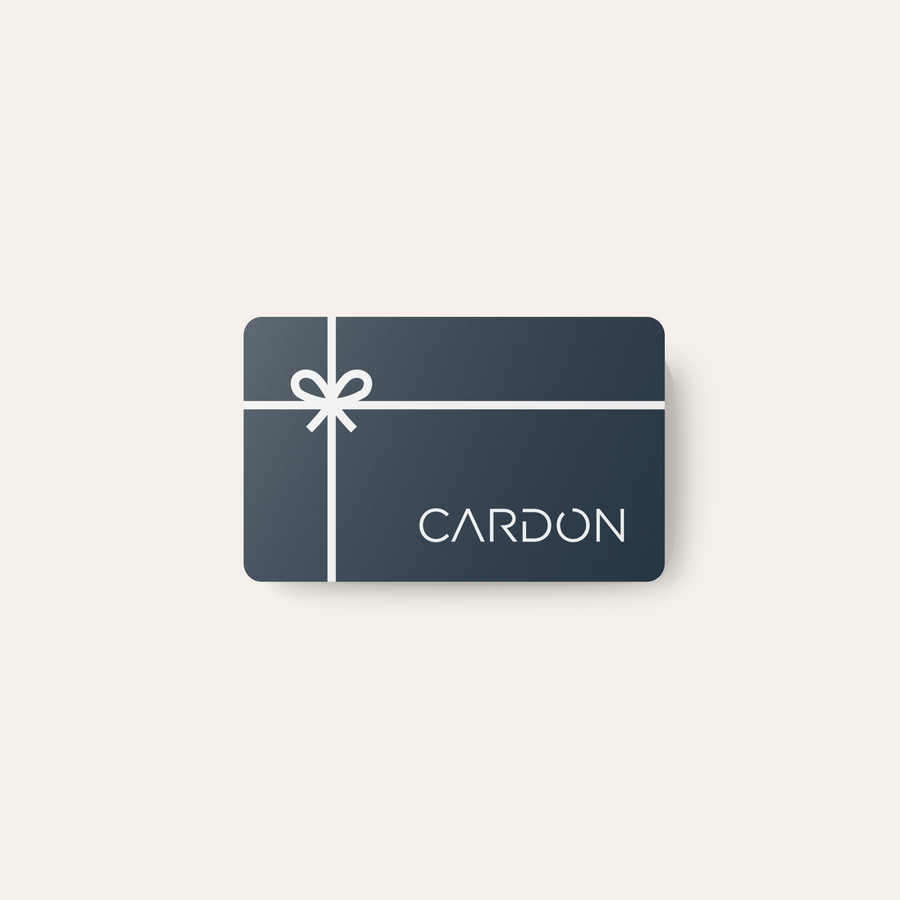
.png?v=1701688884267&options=w_900)


